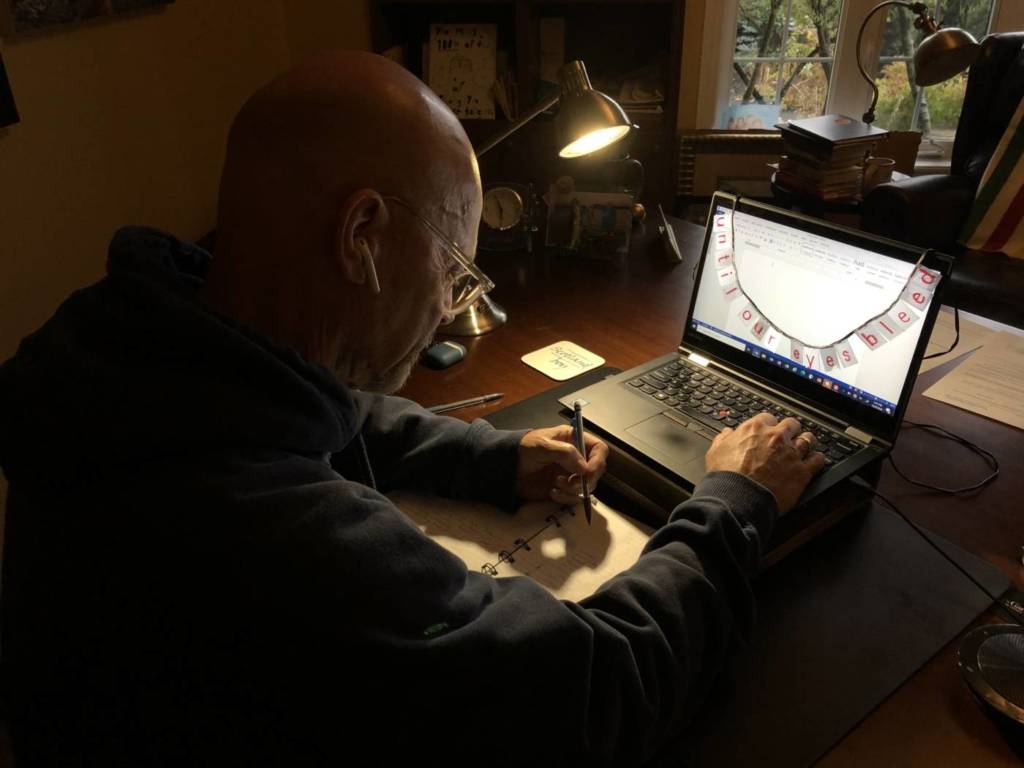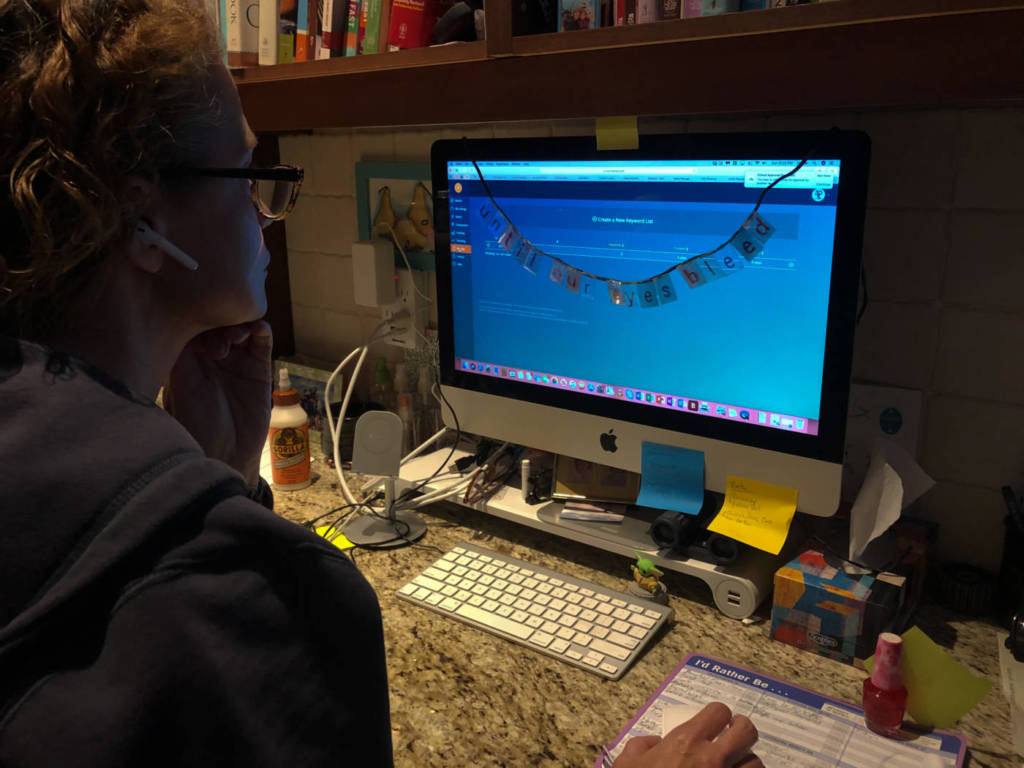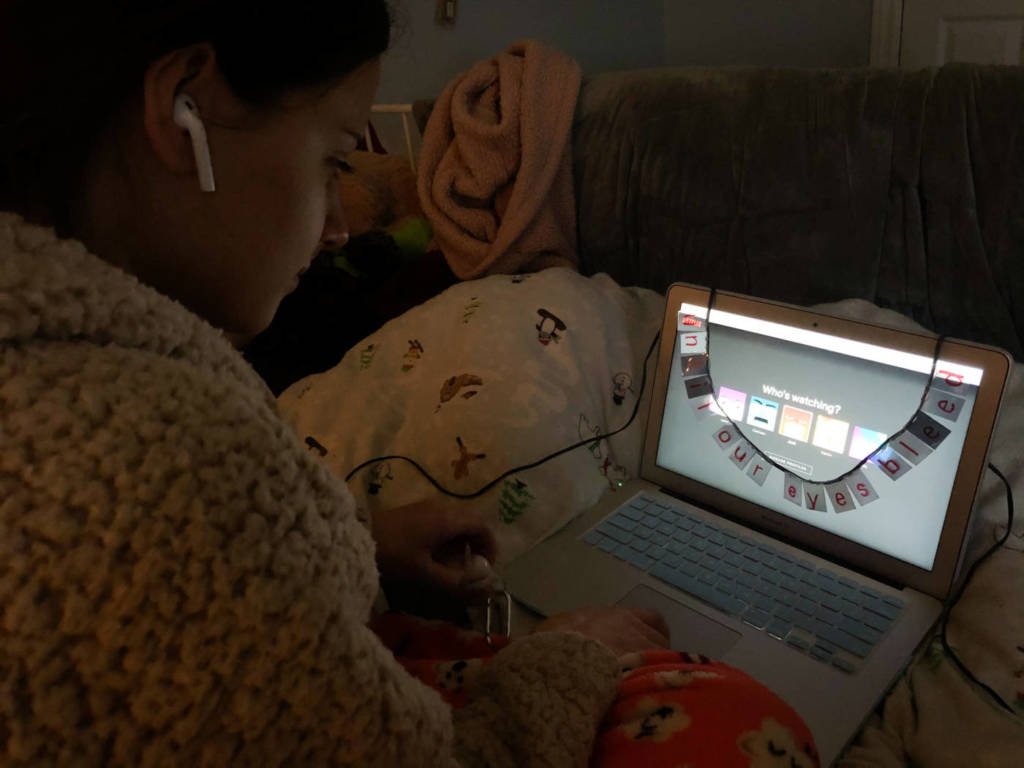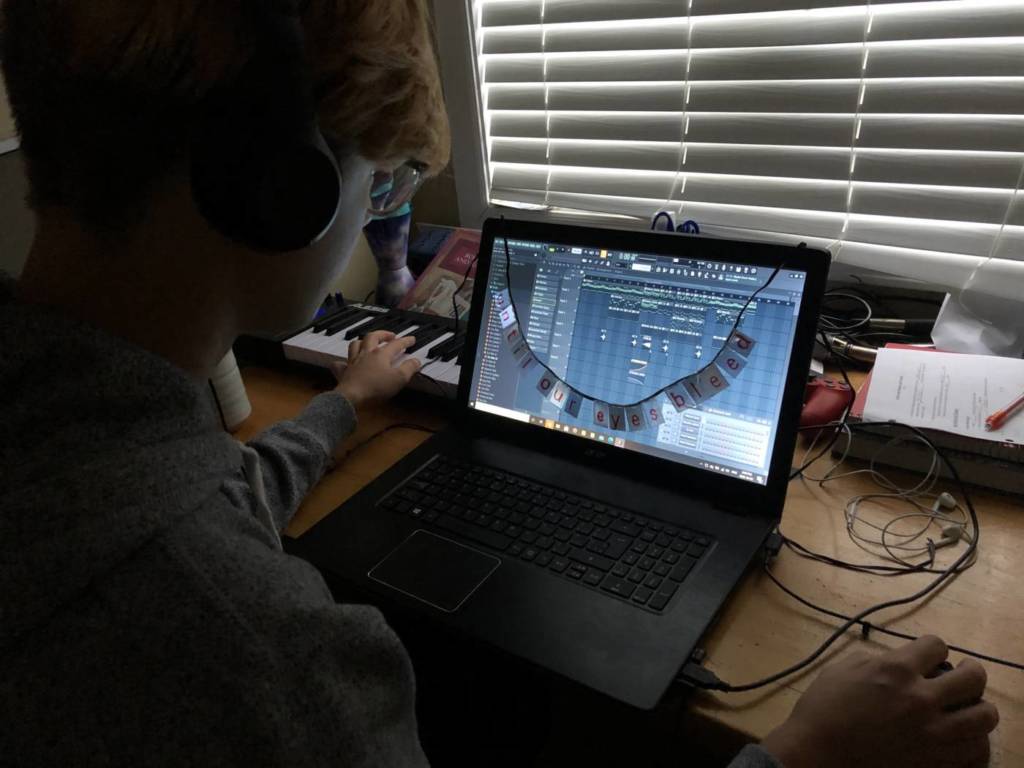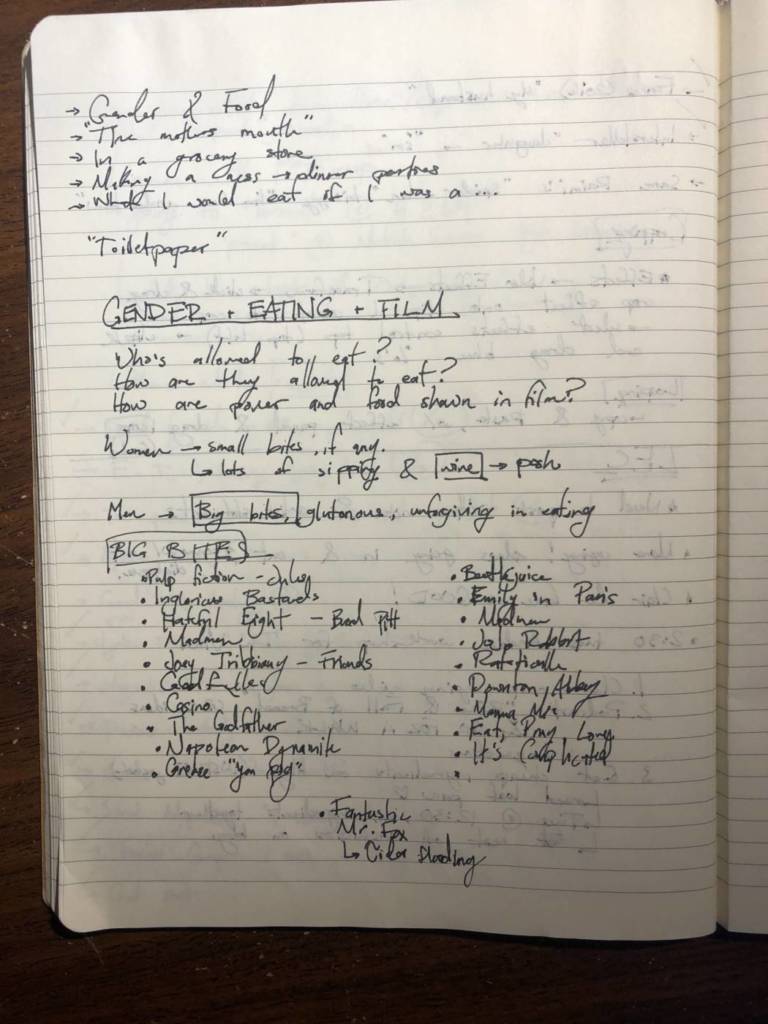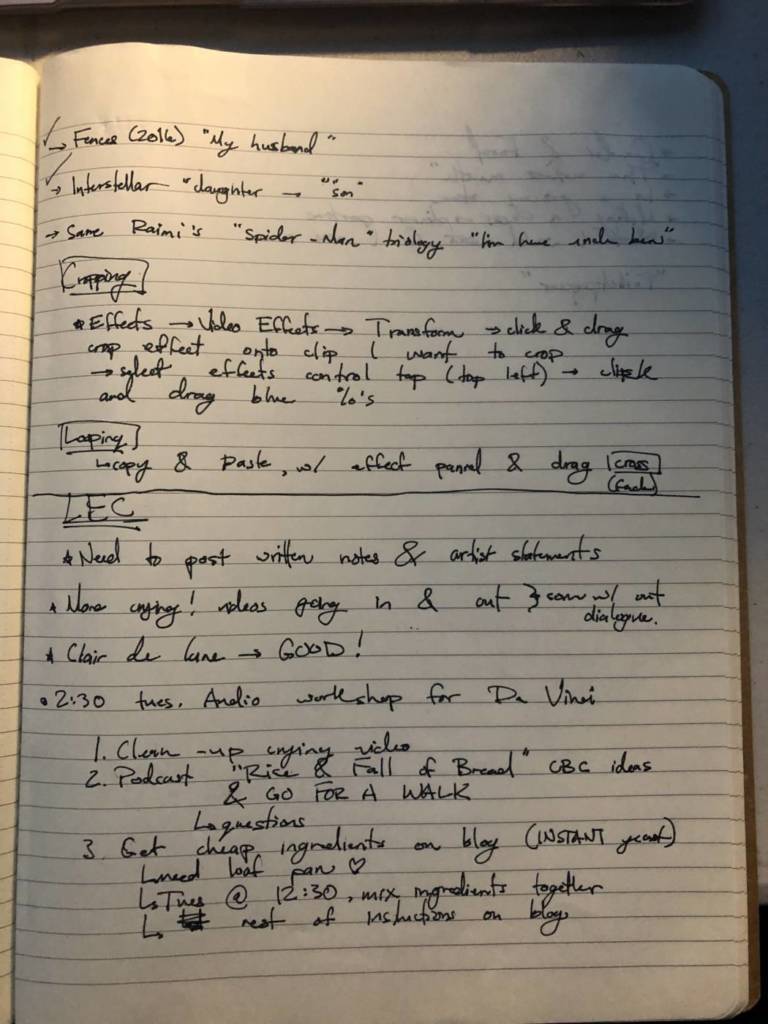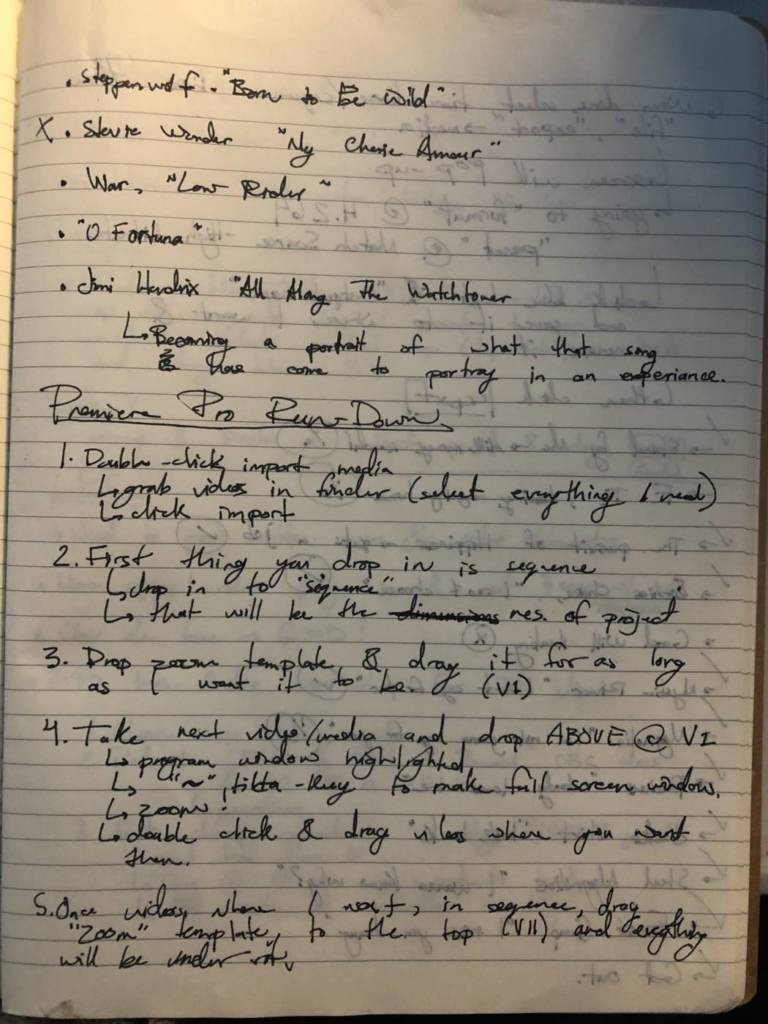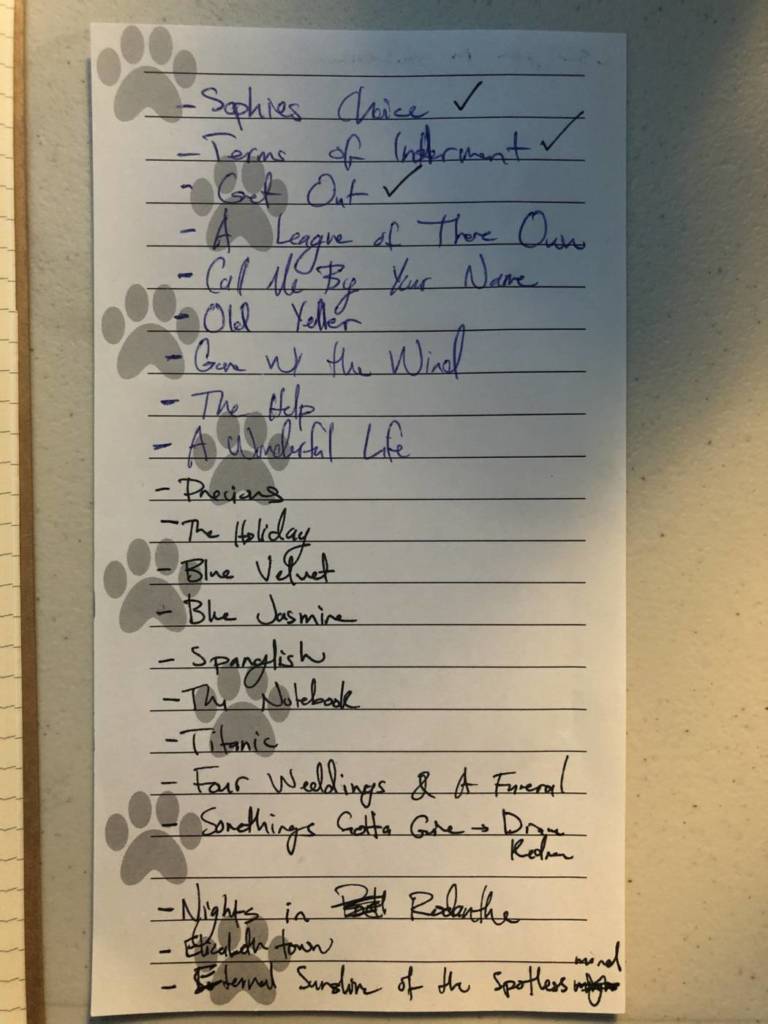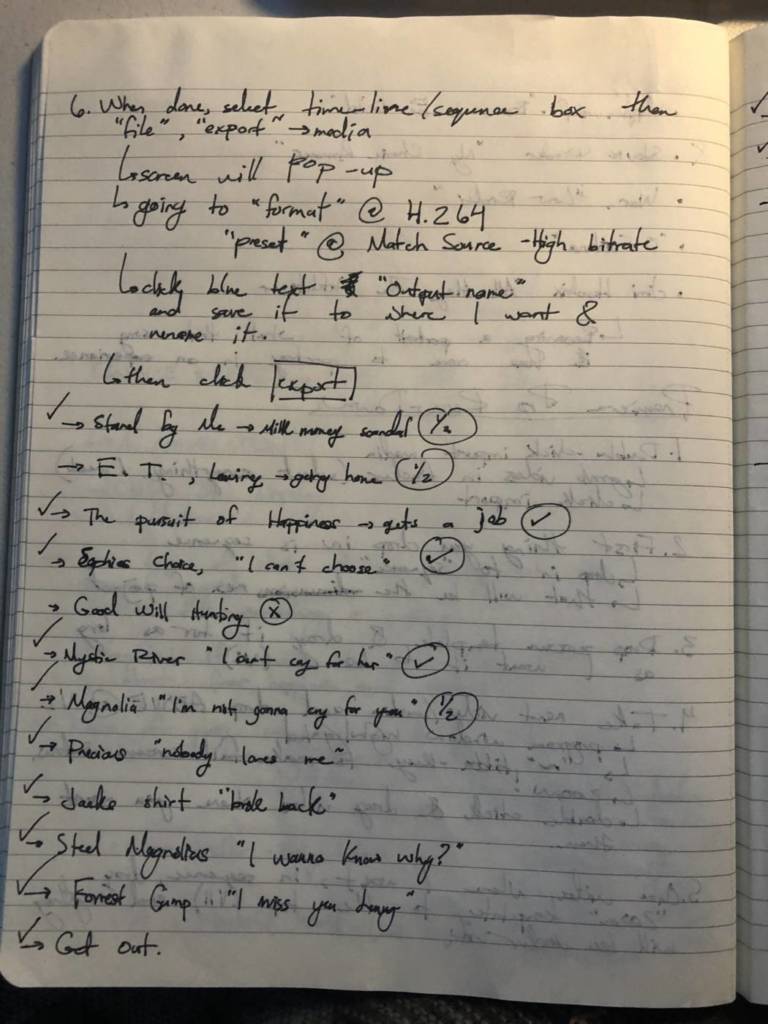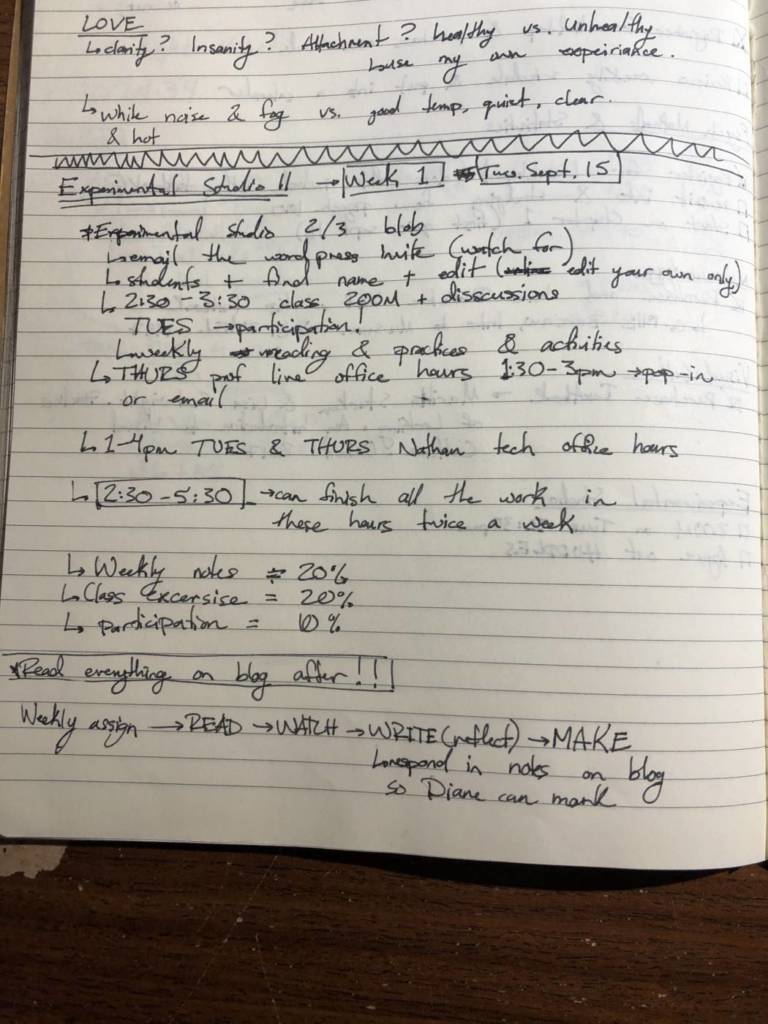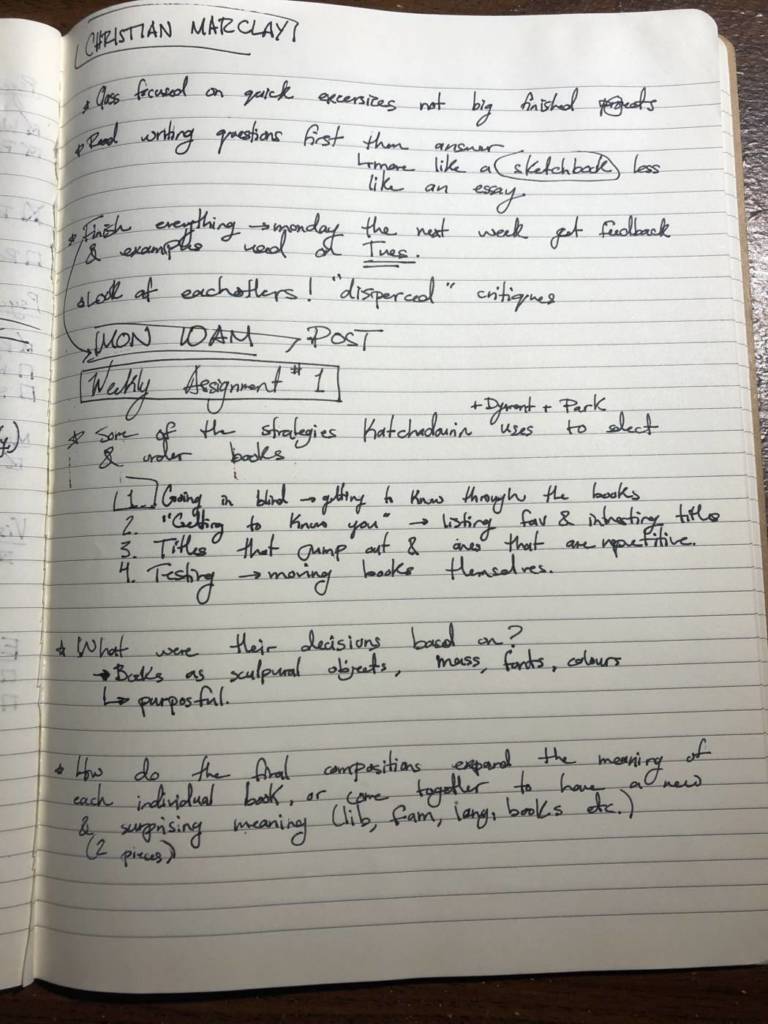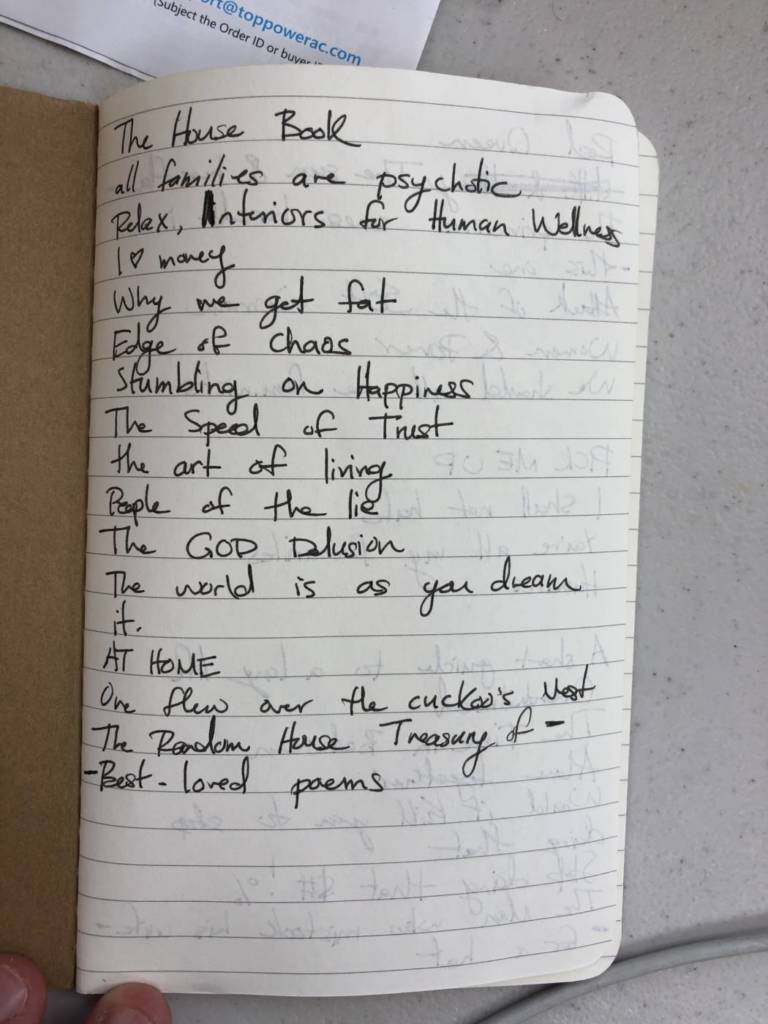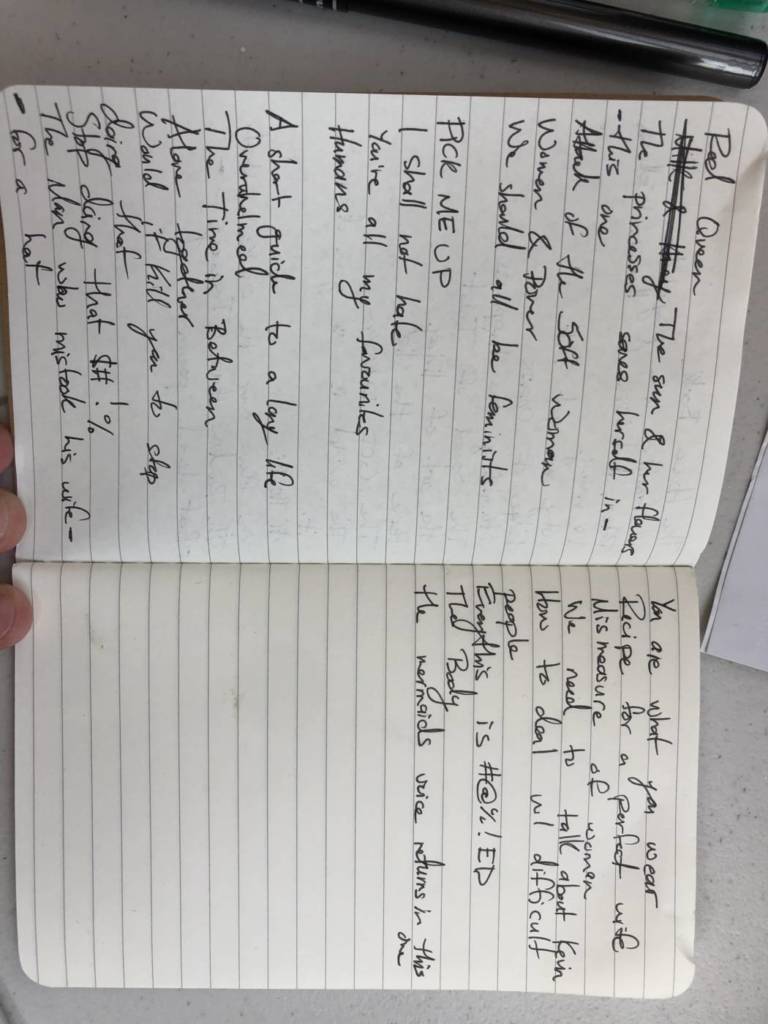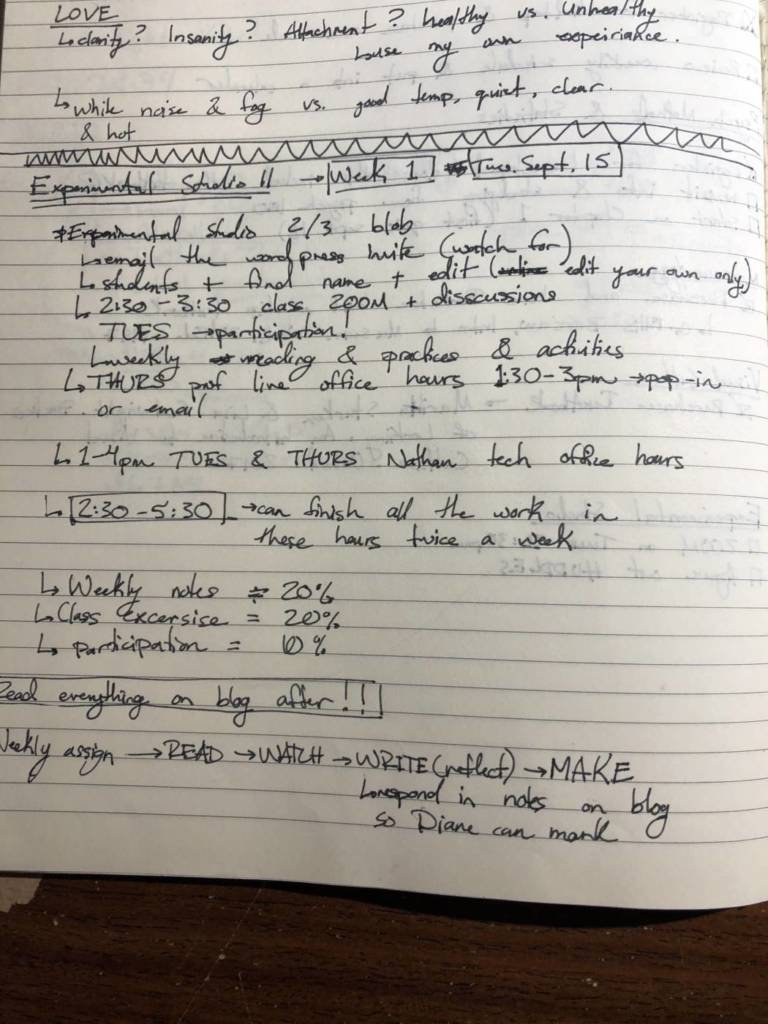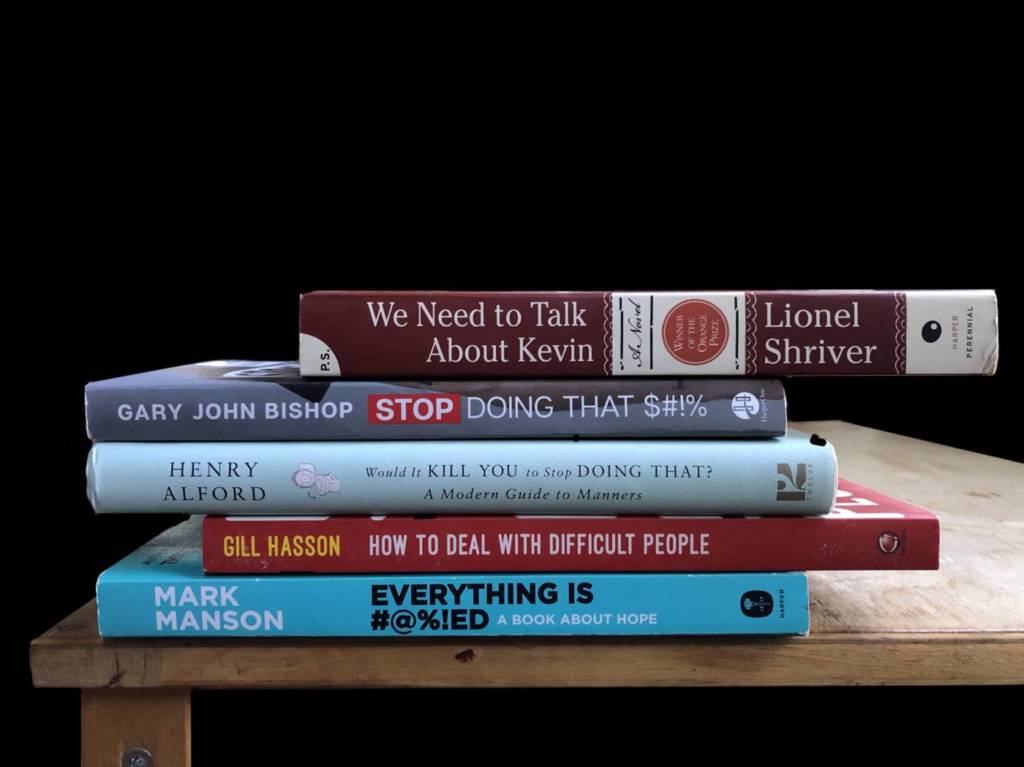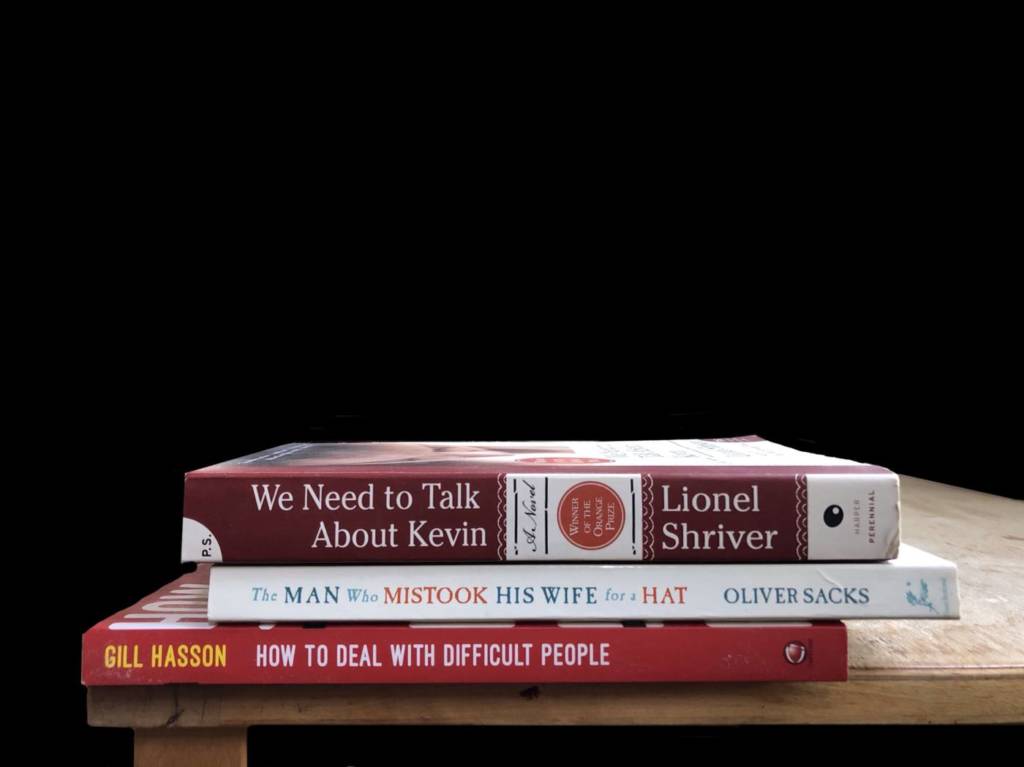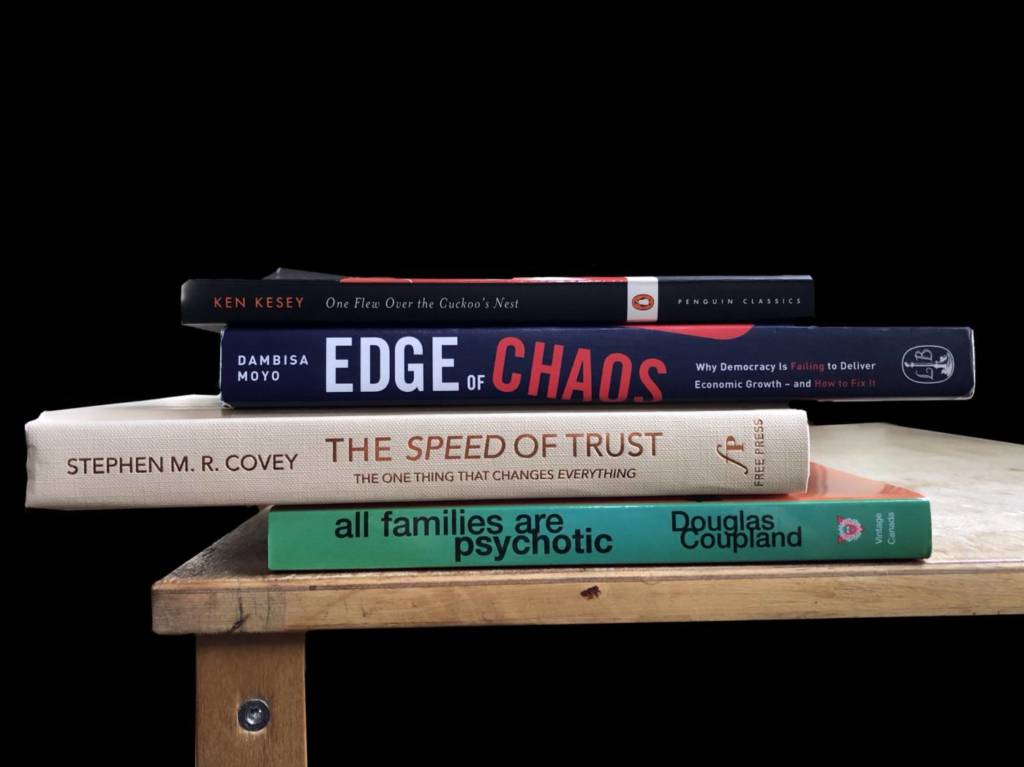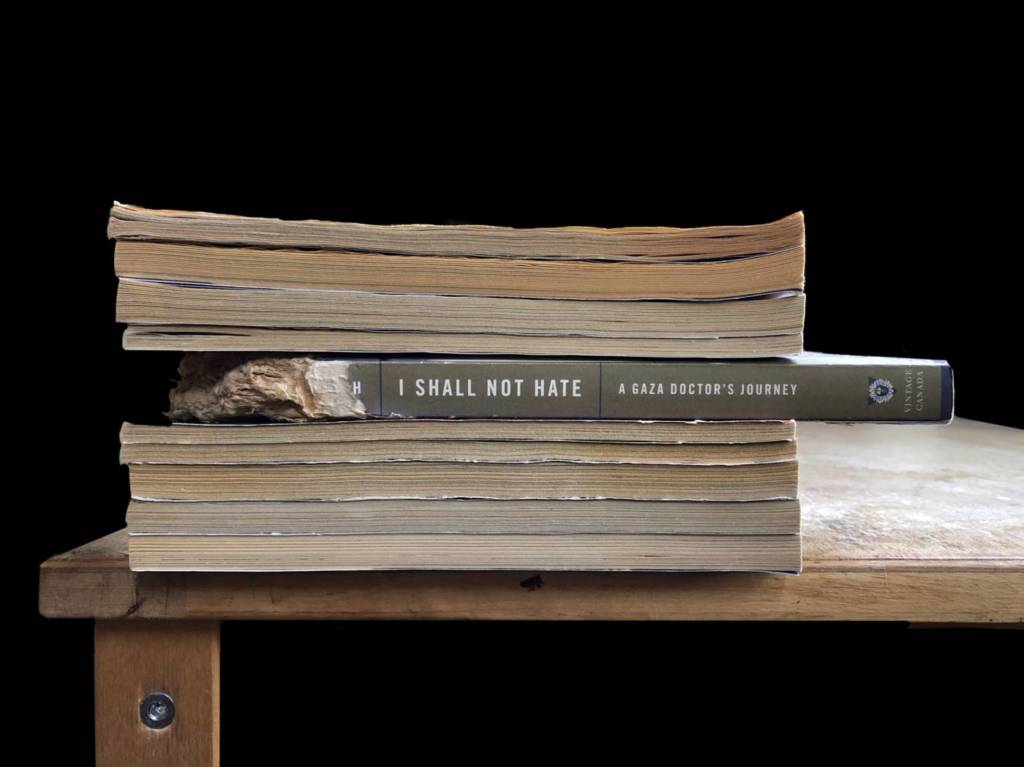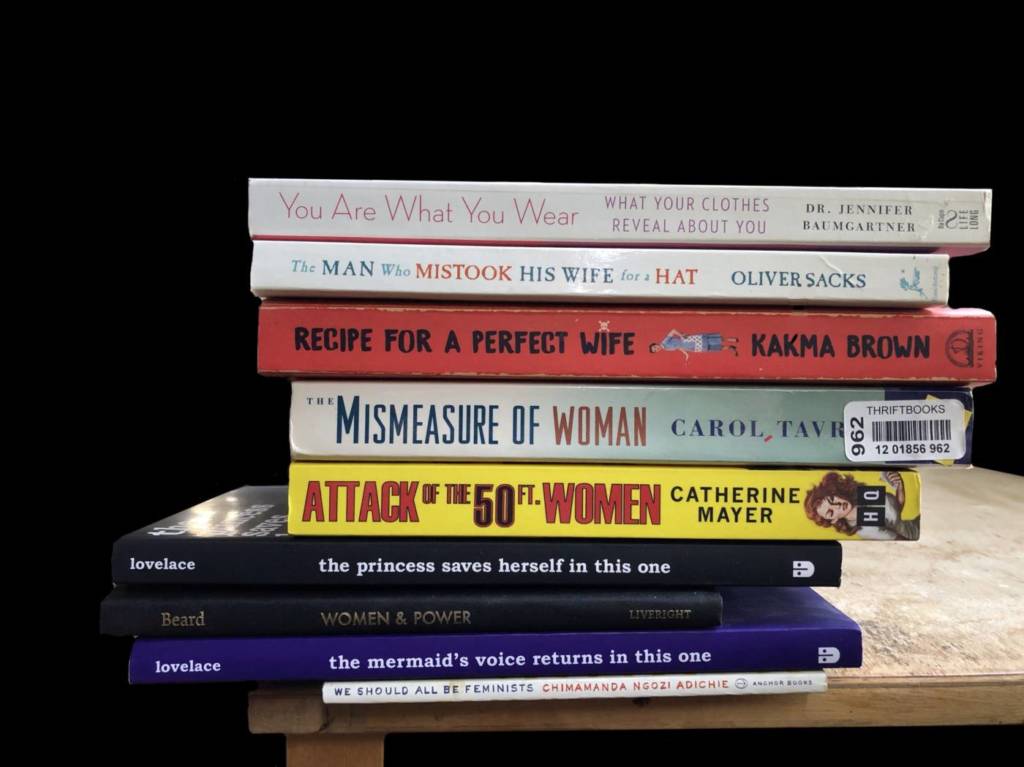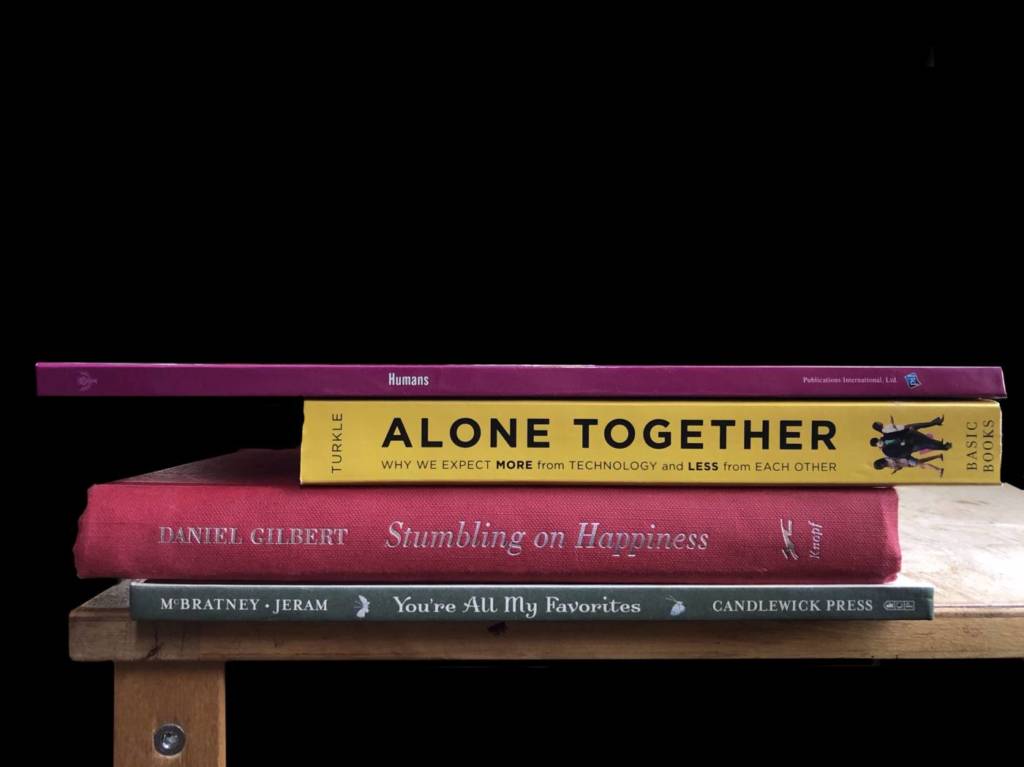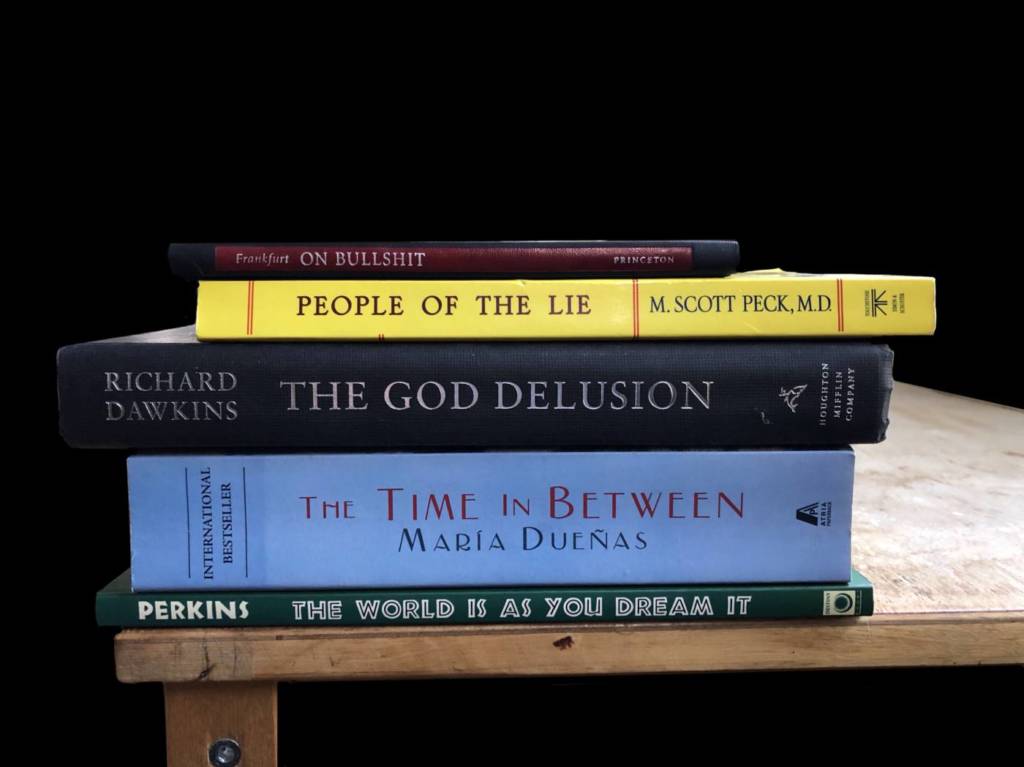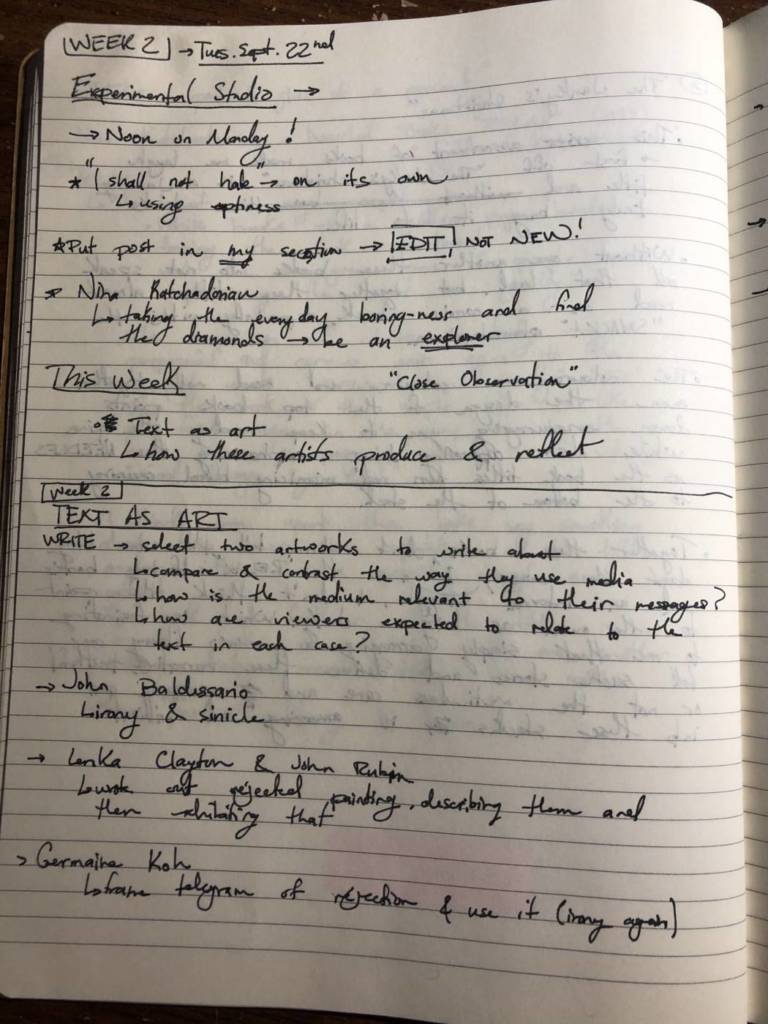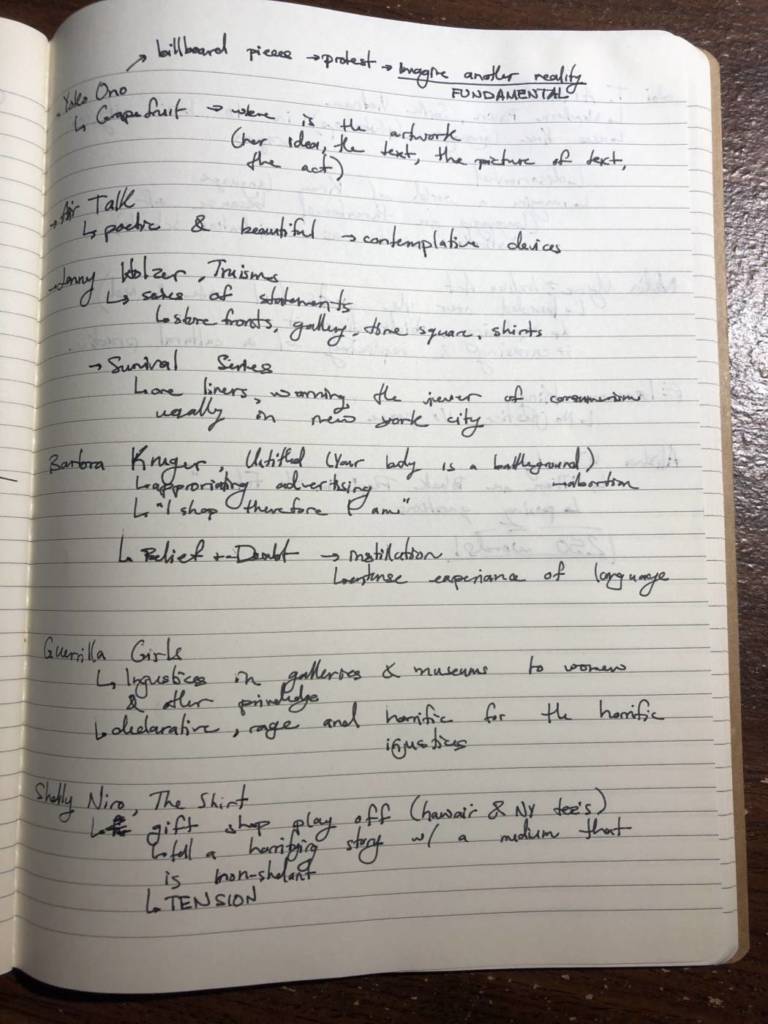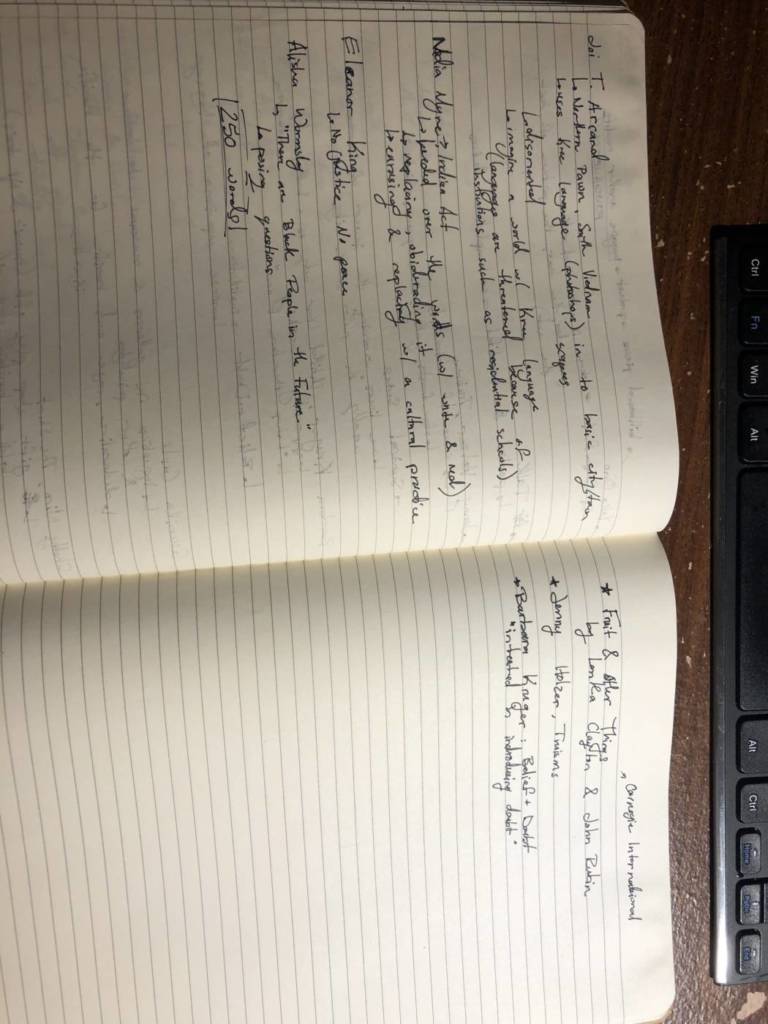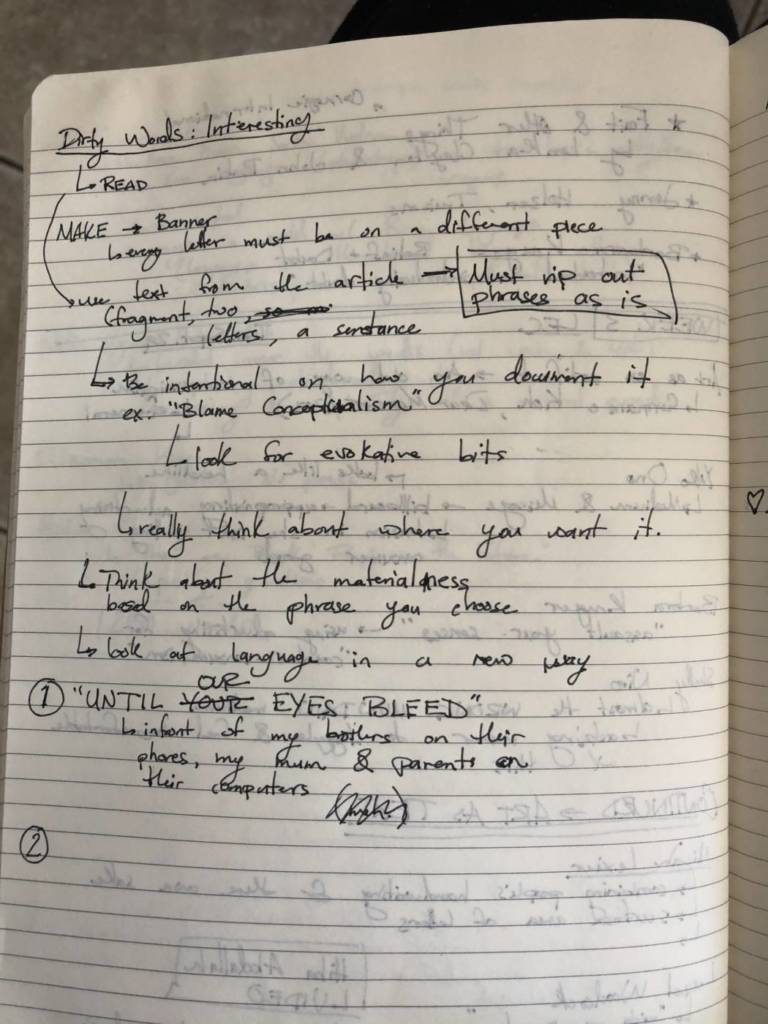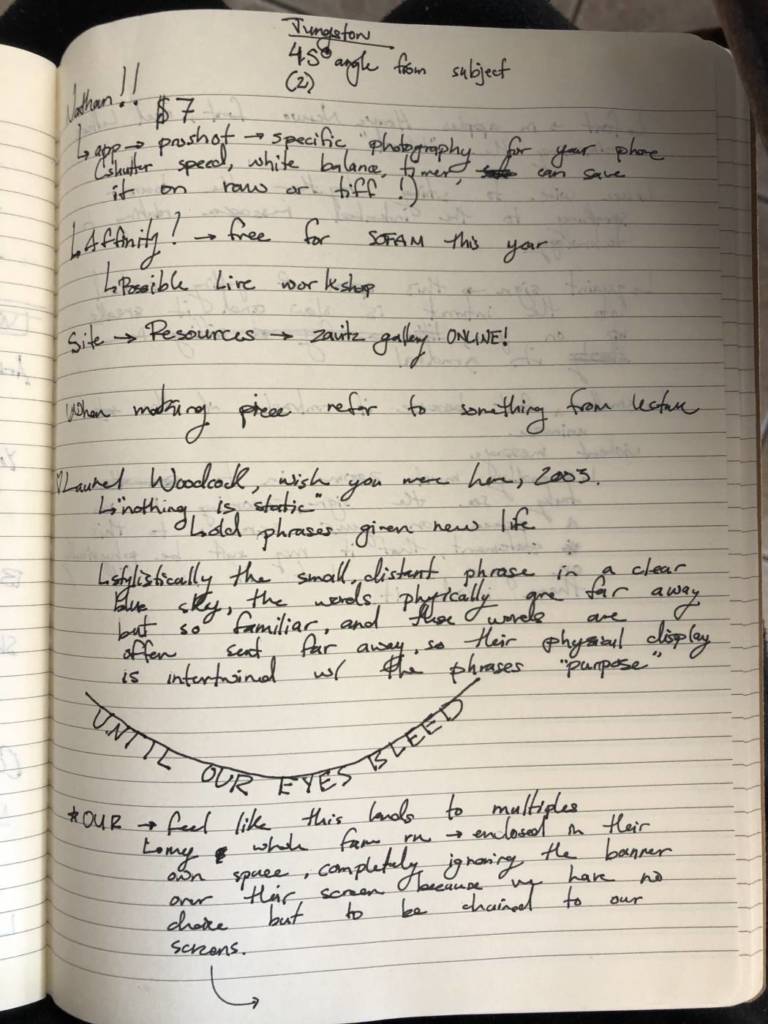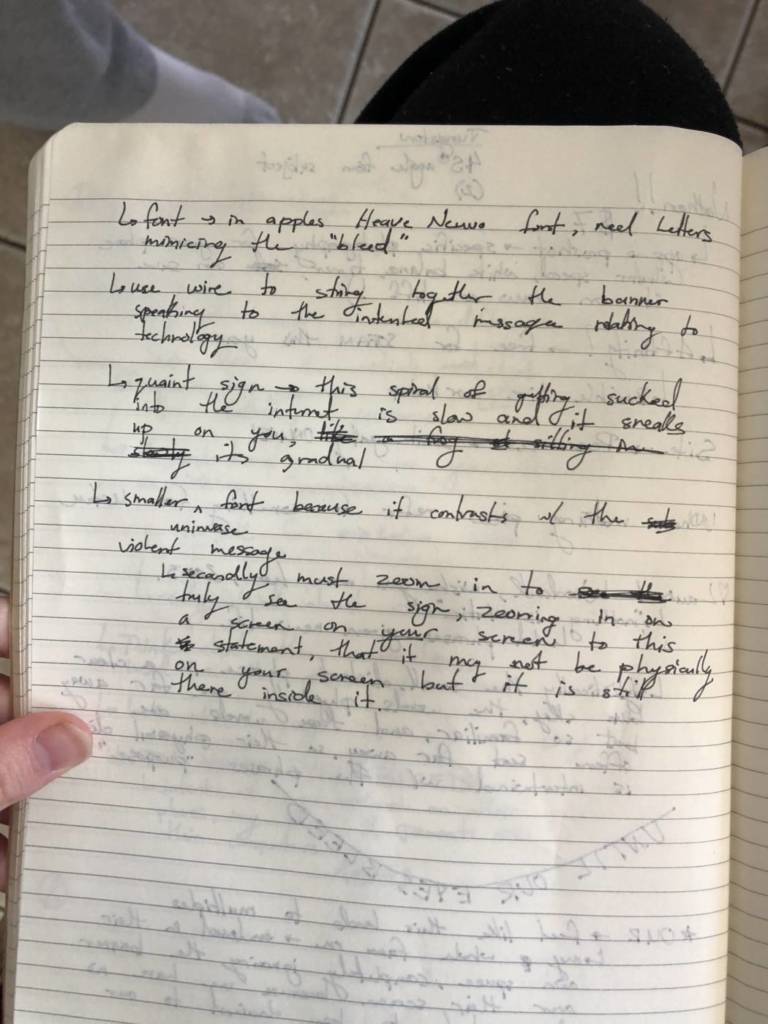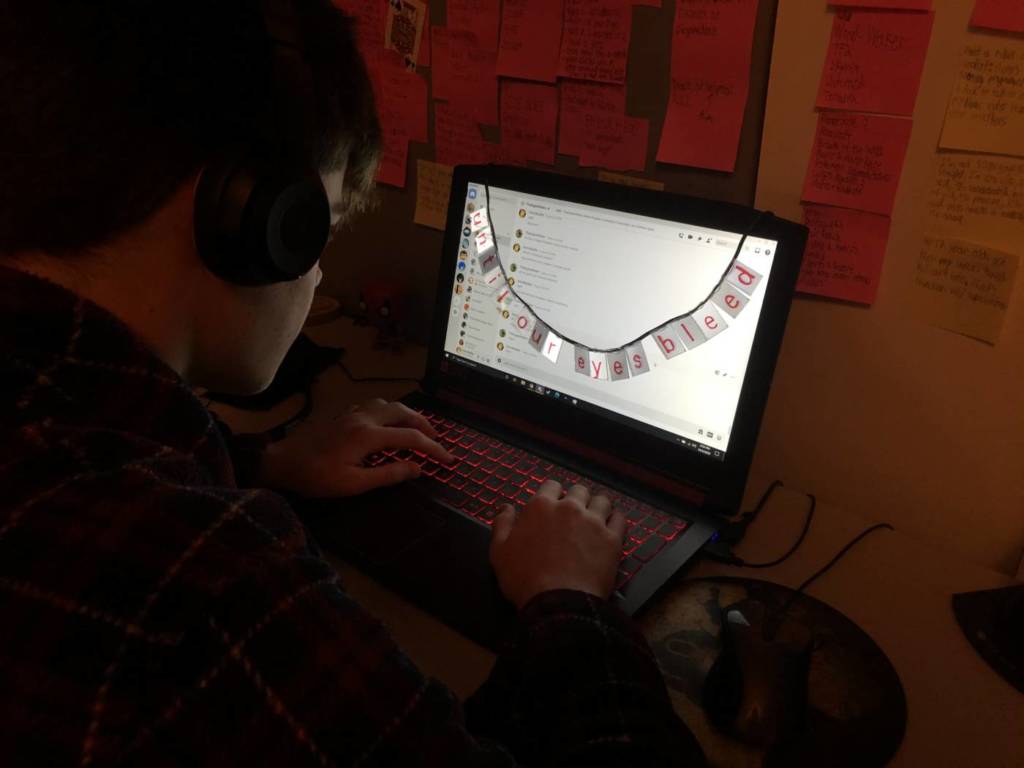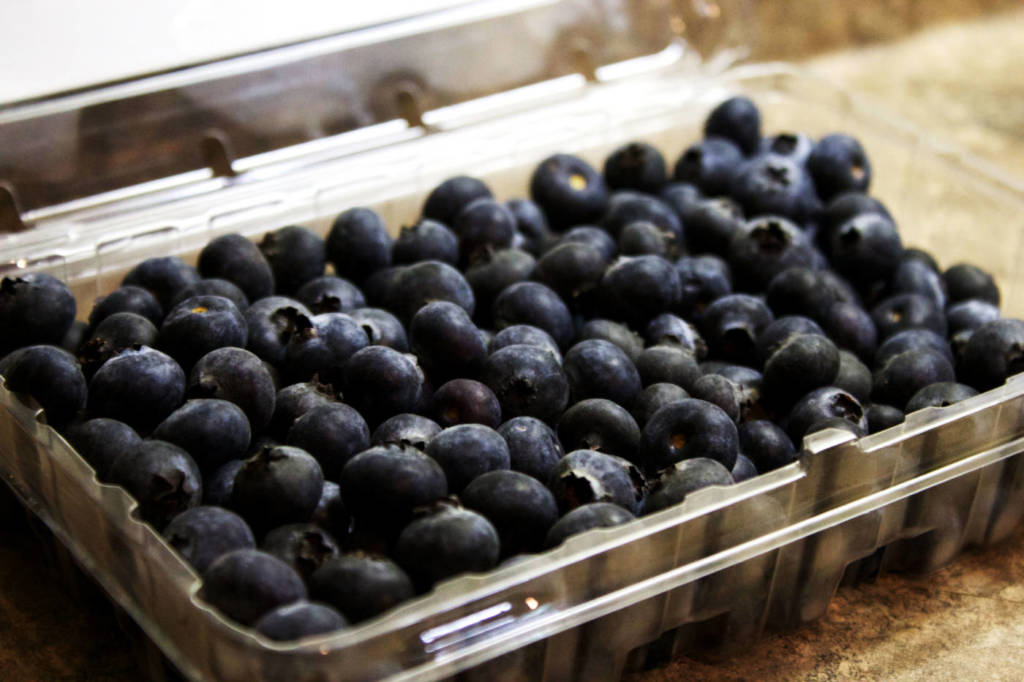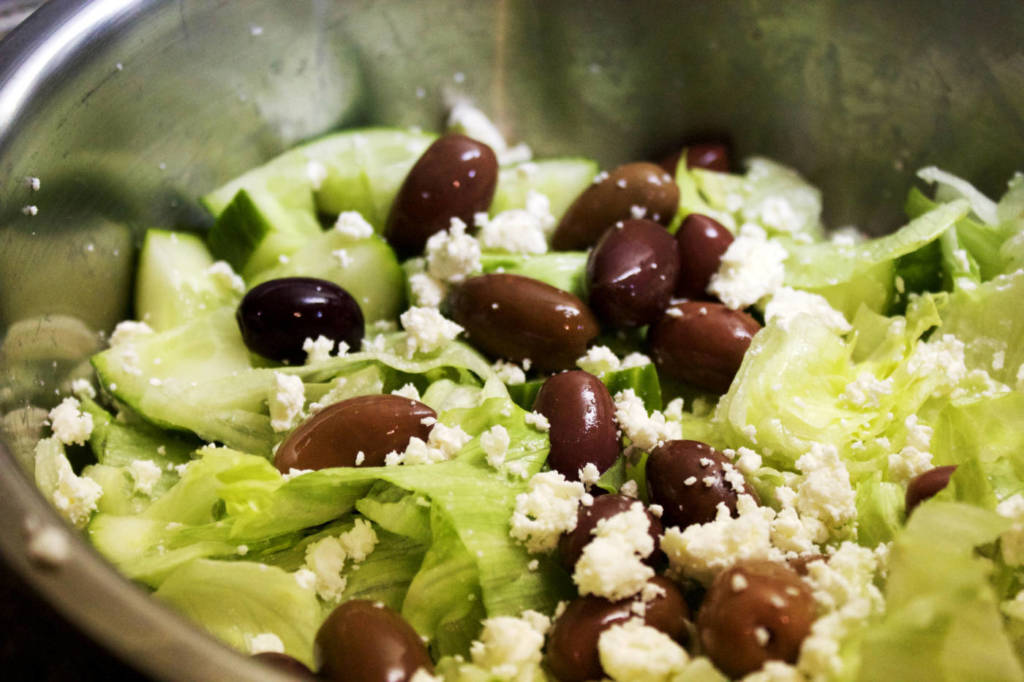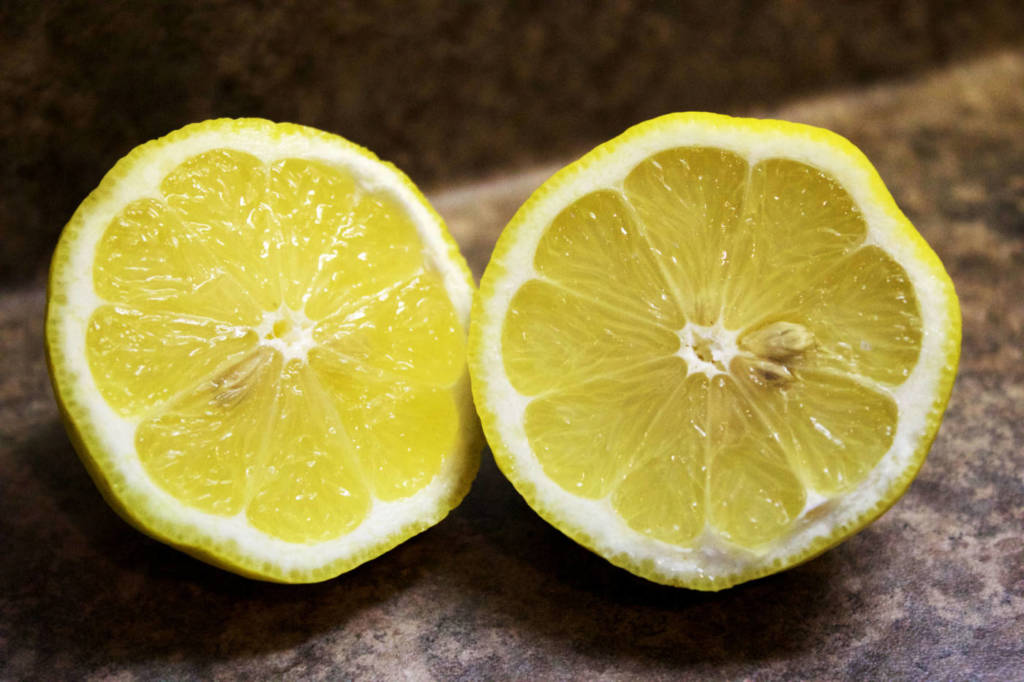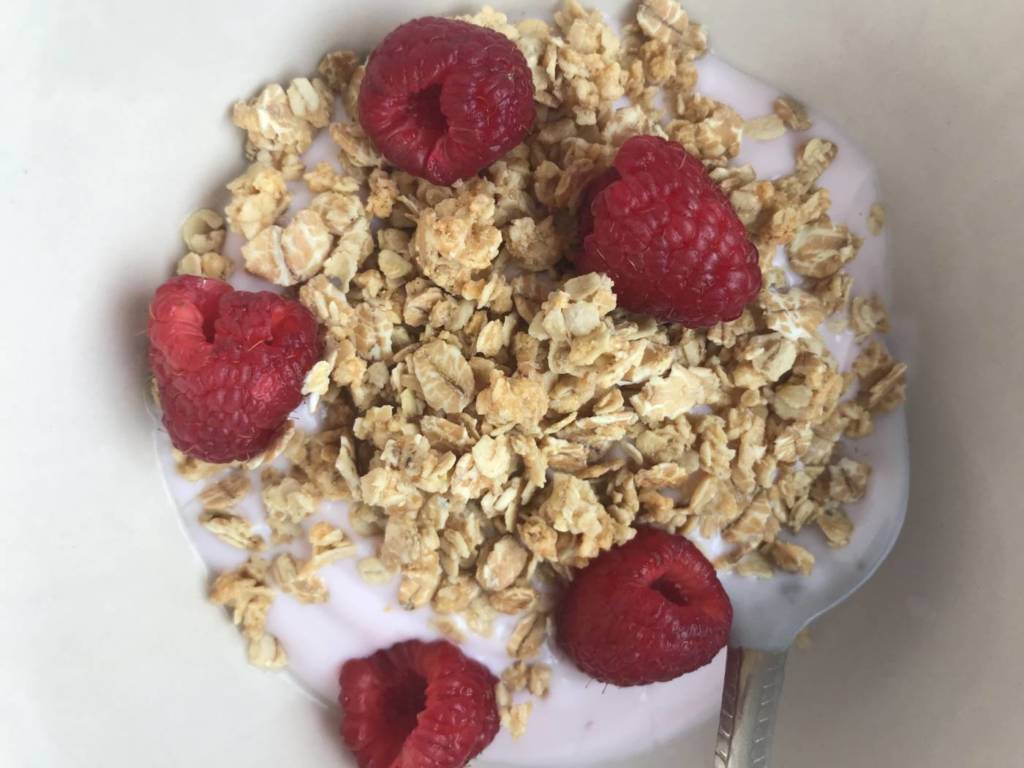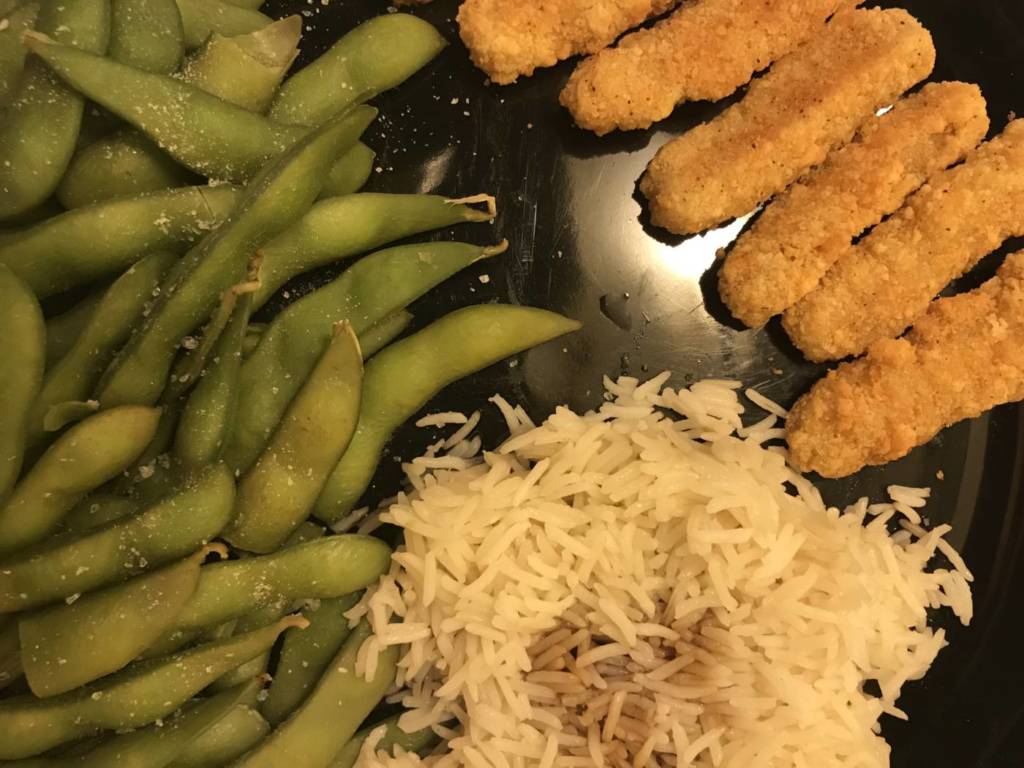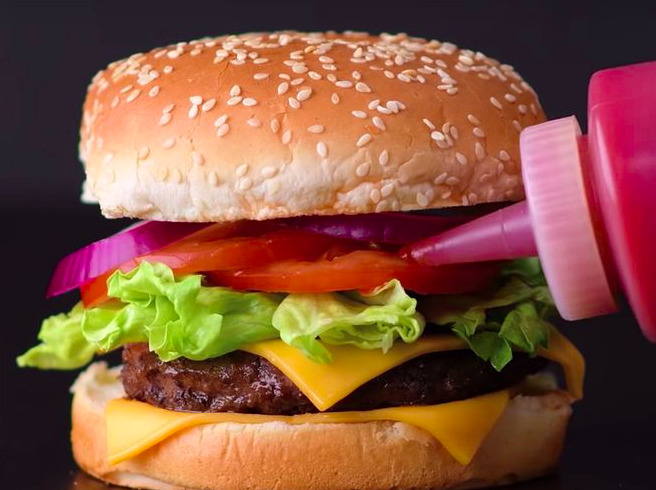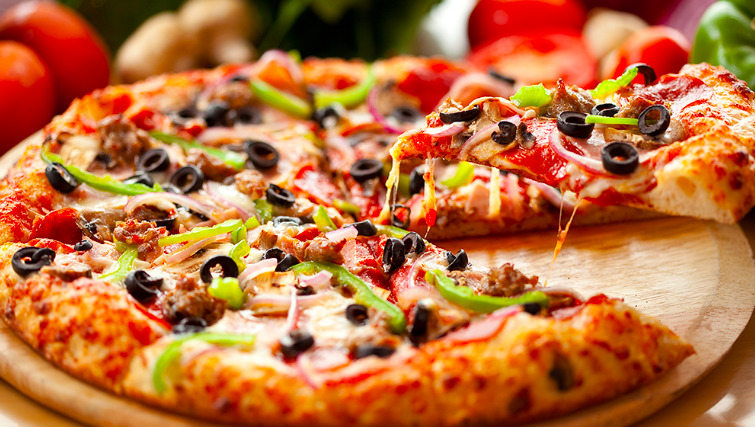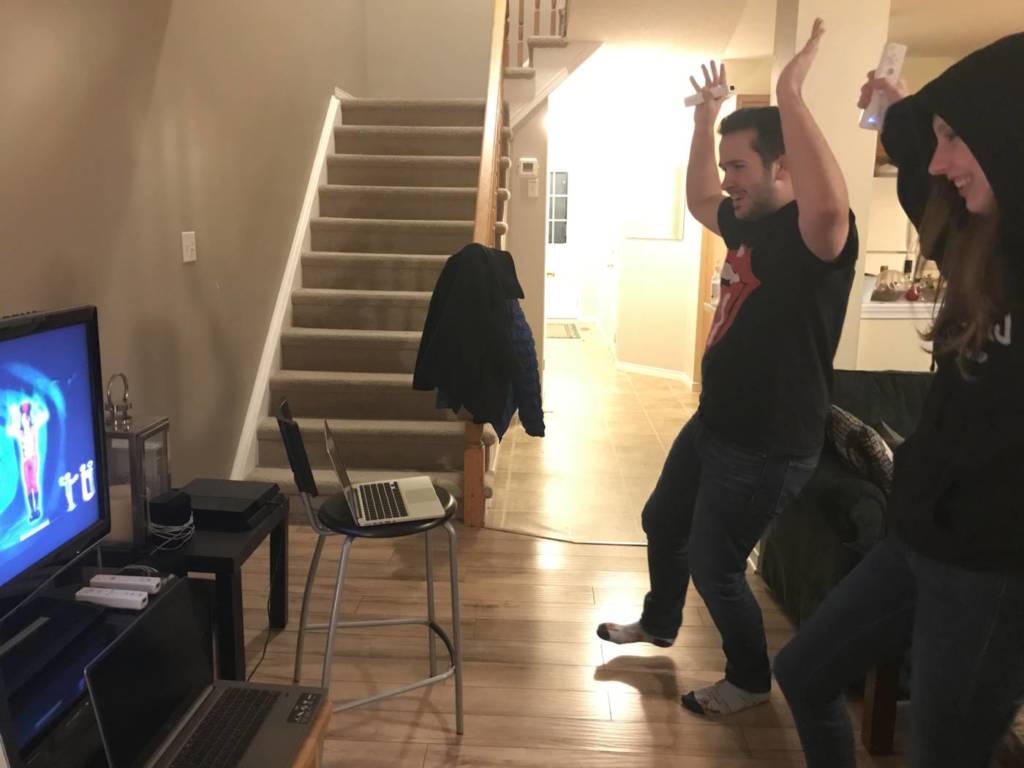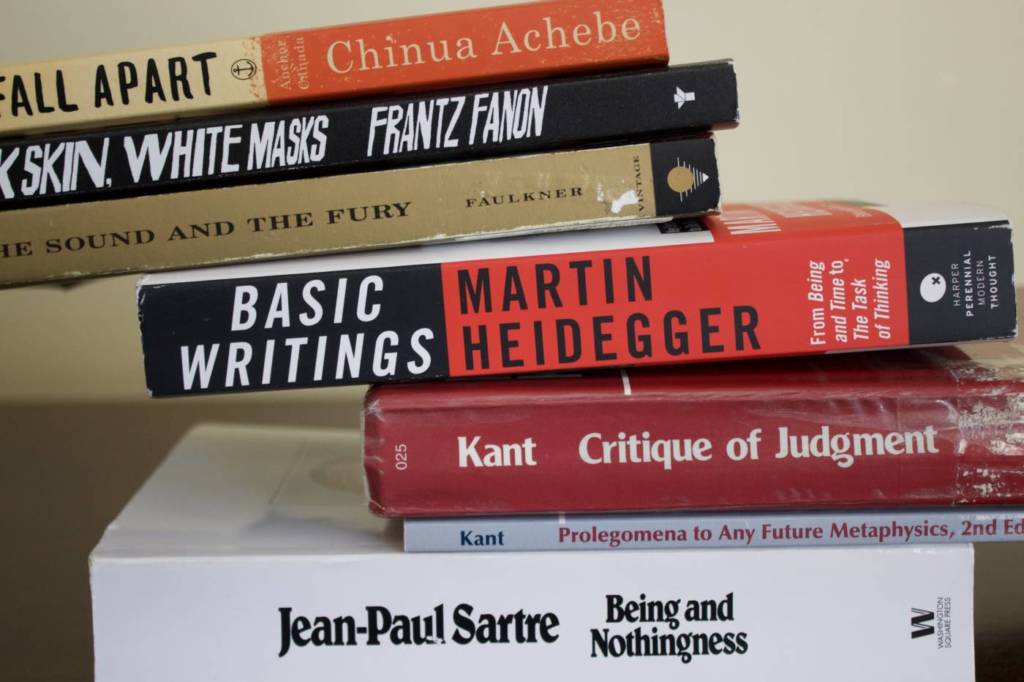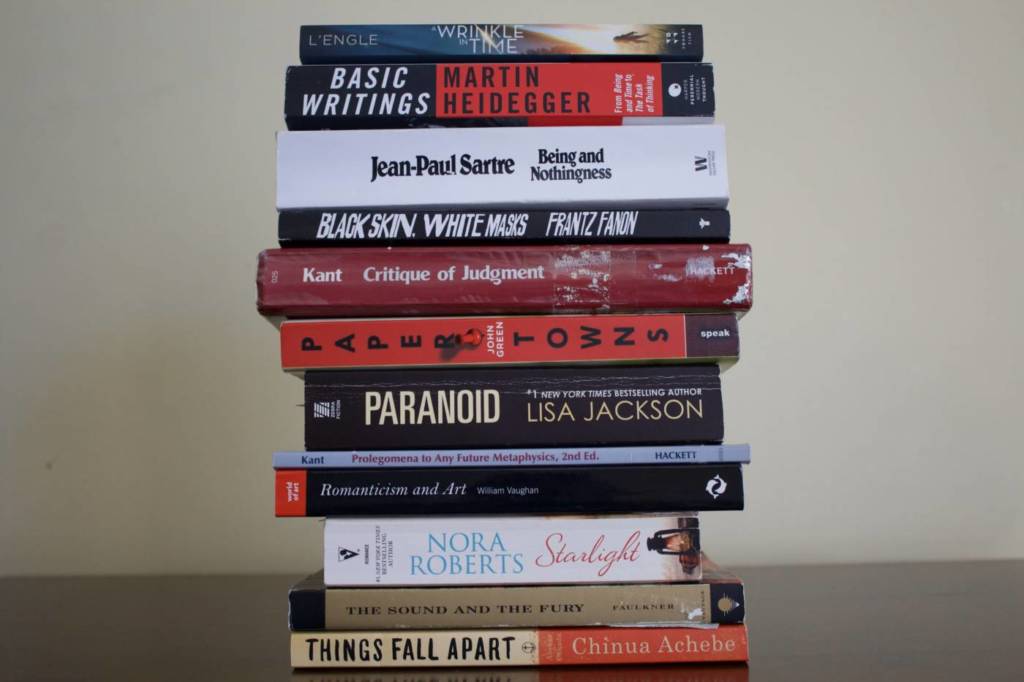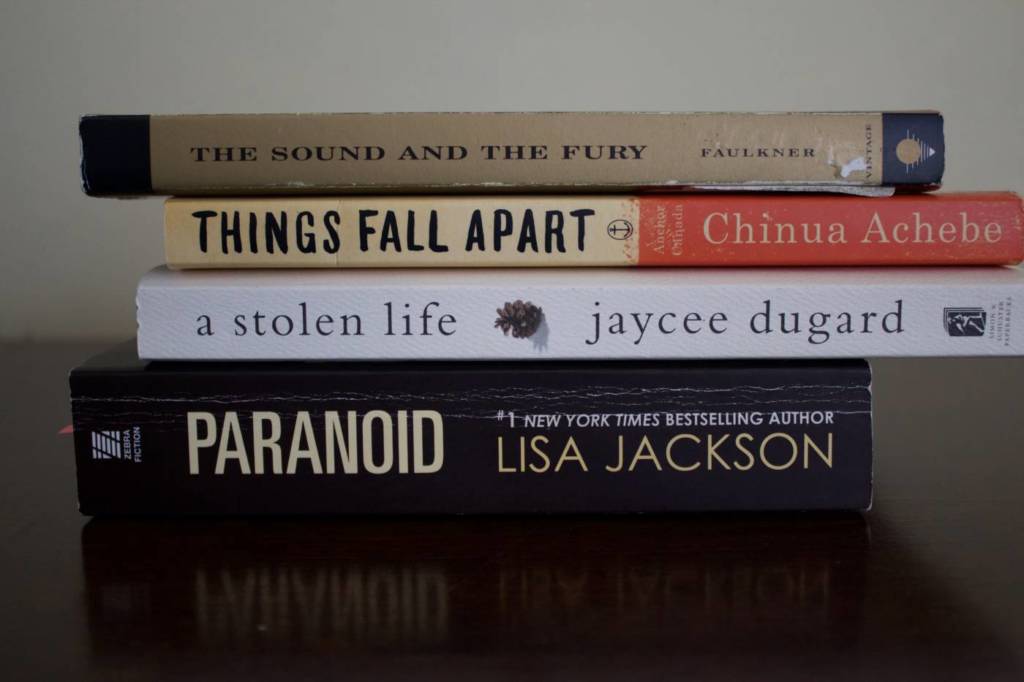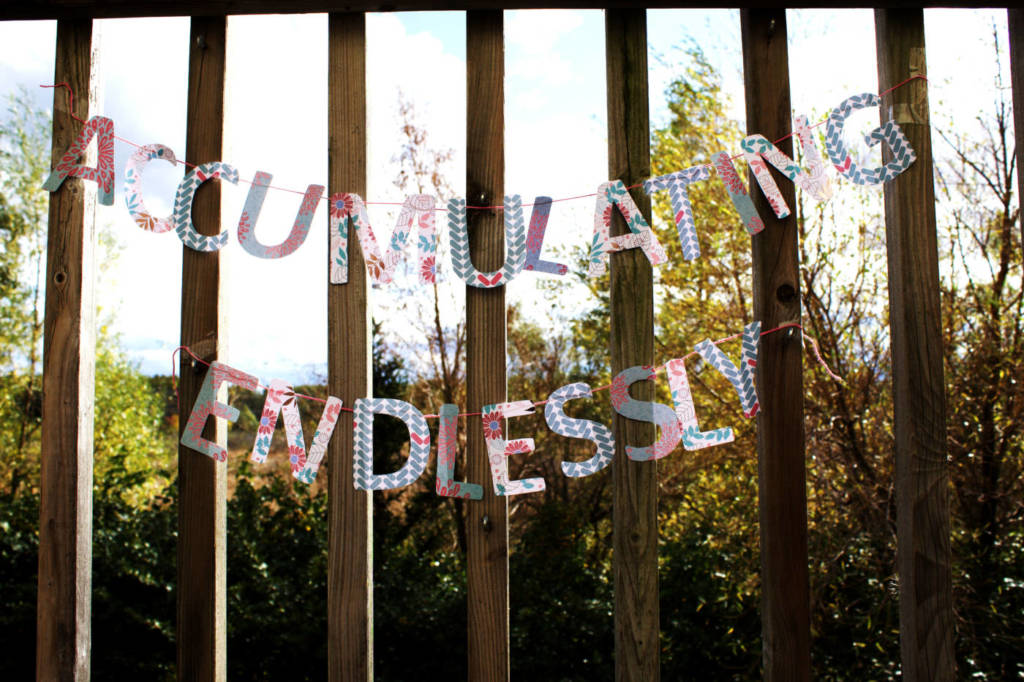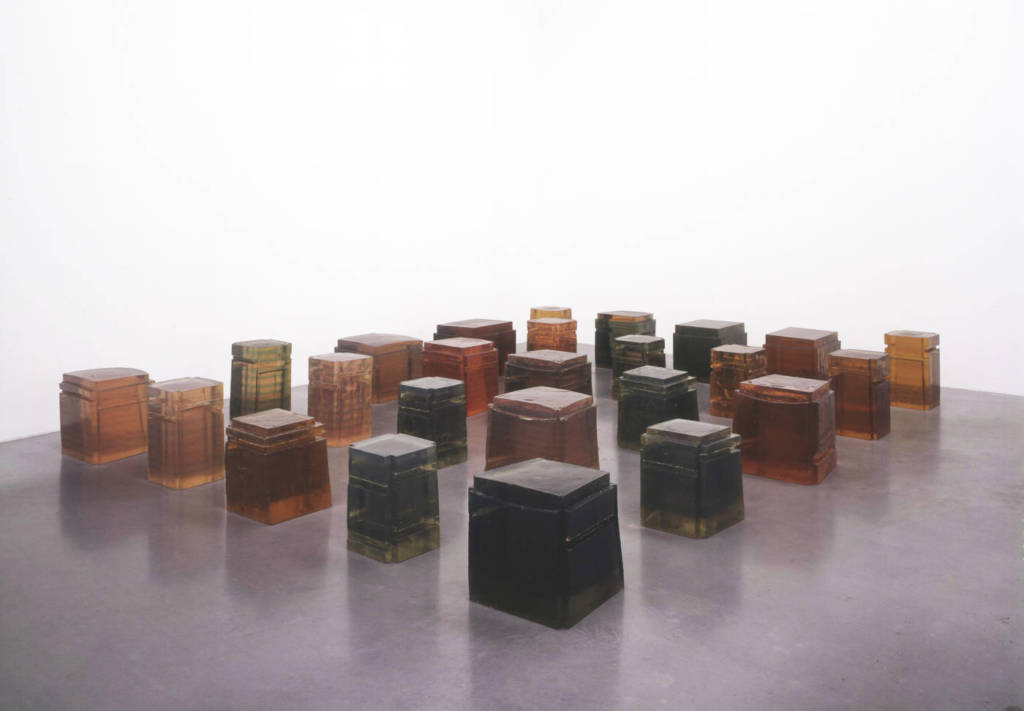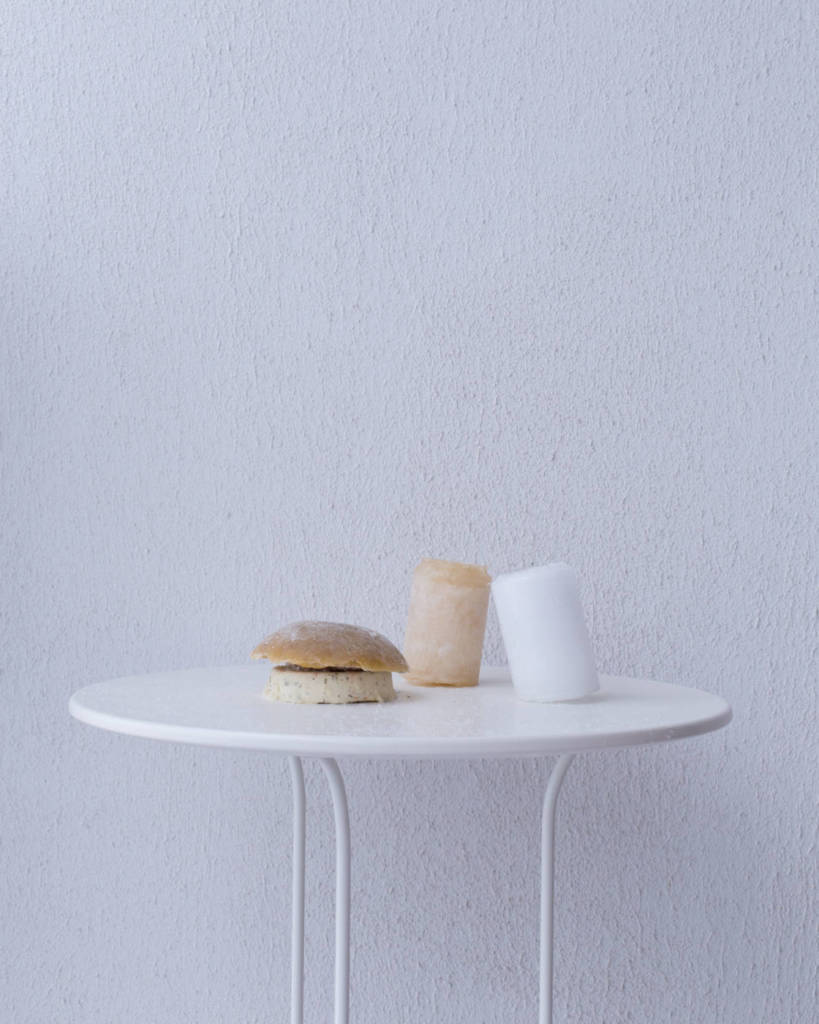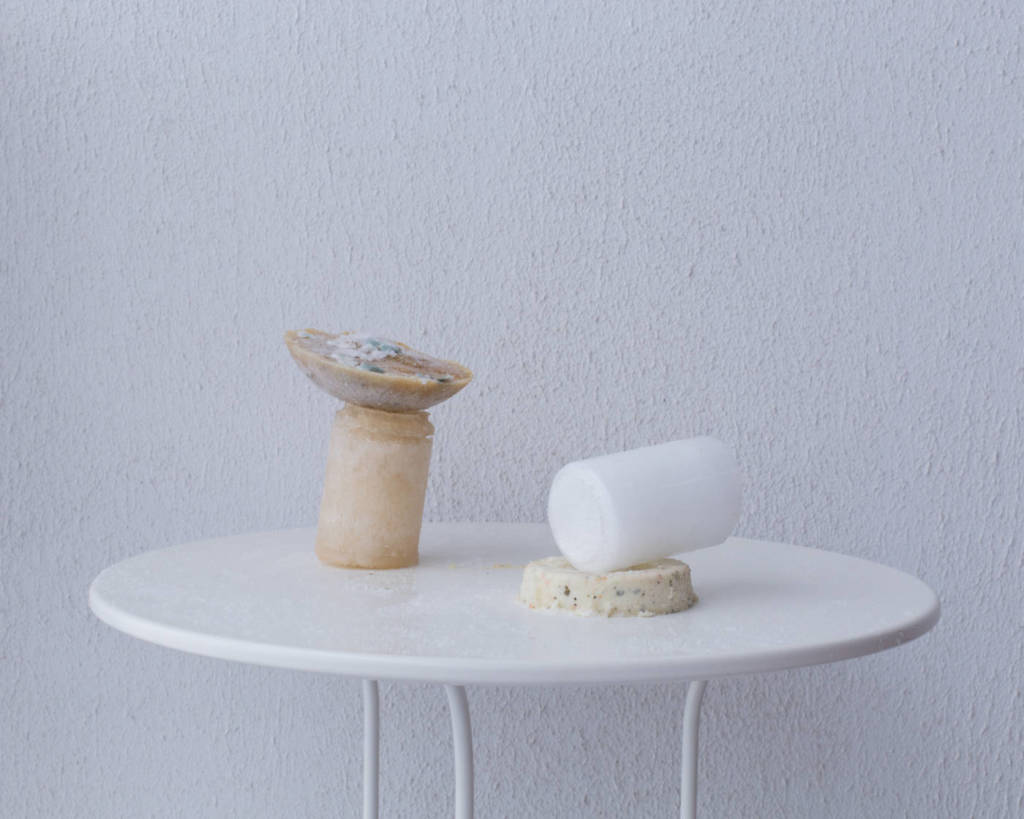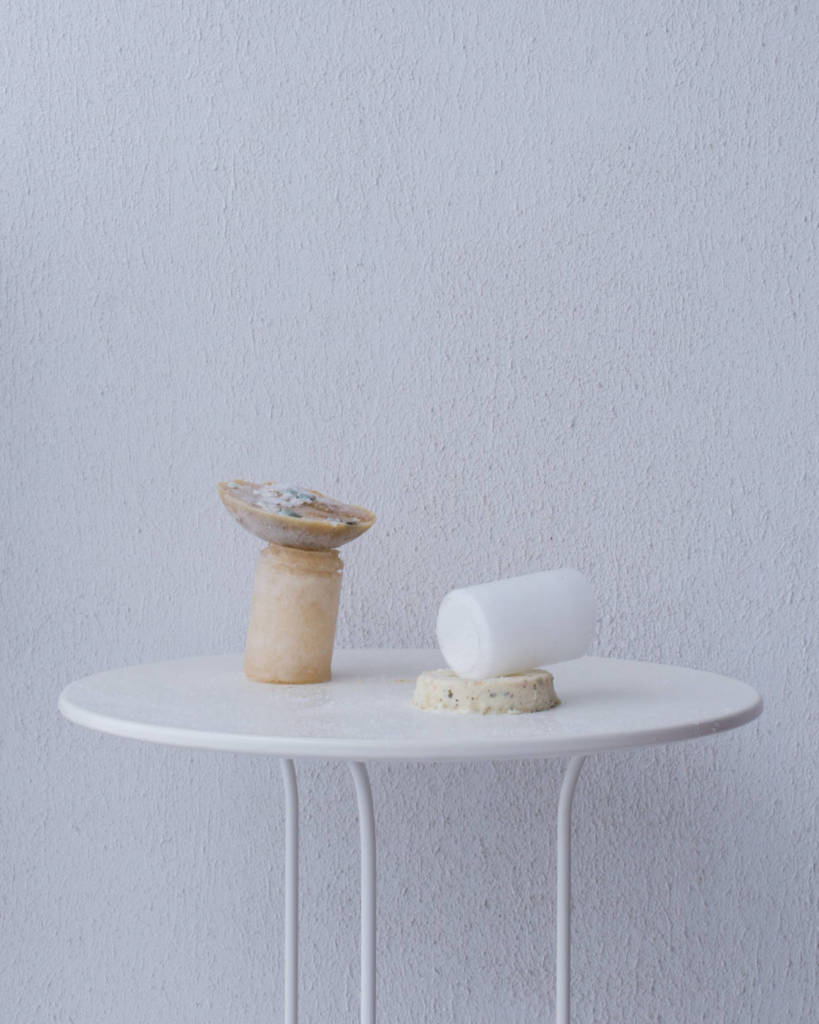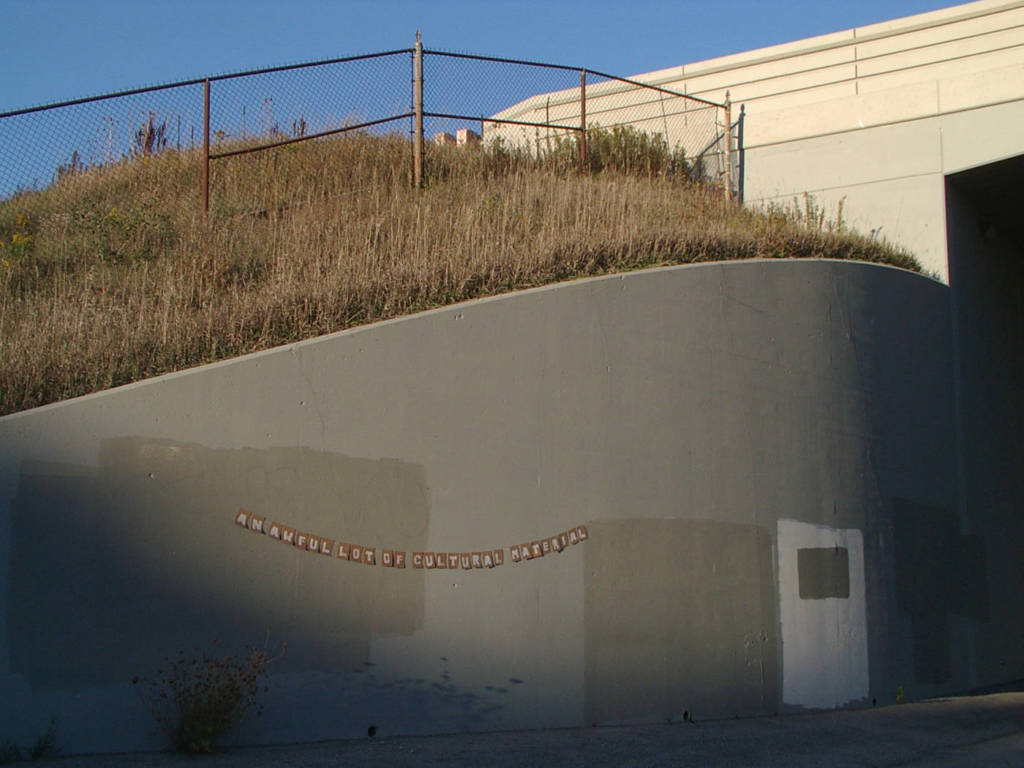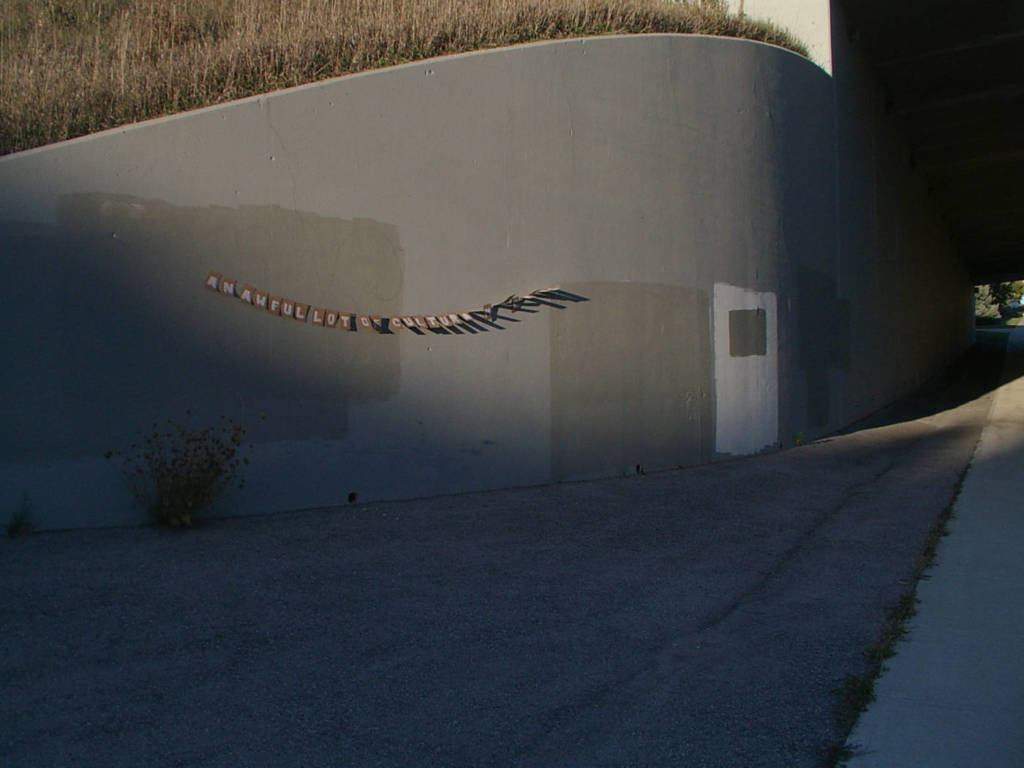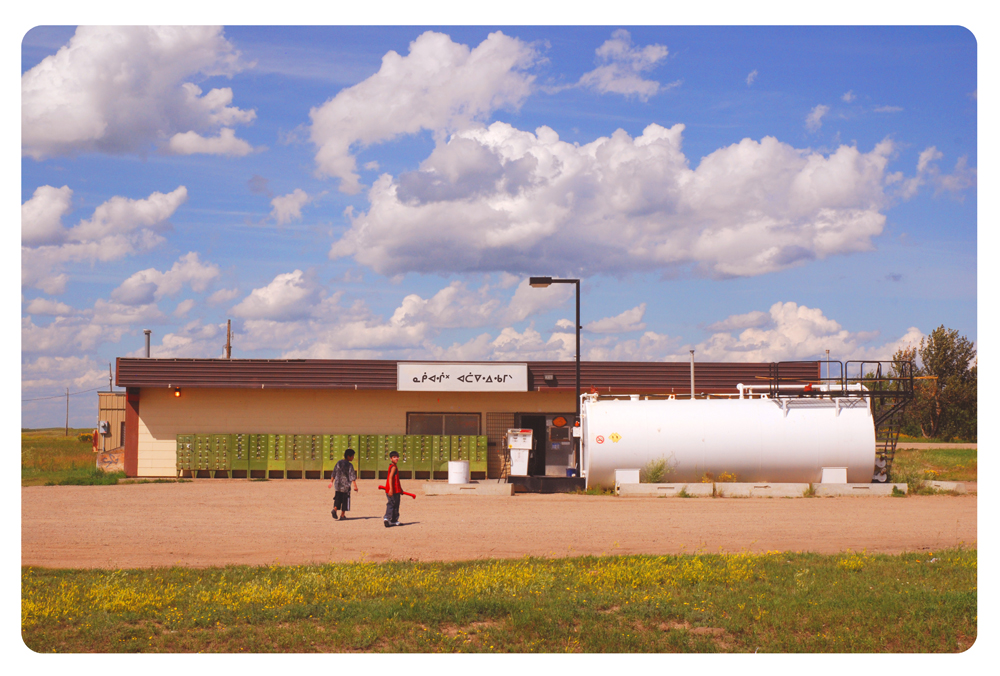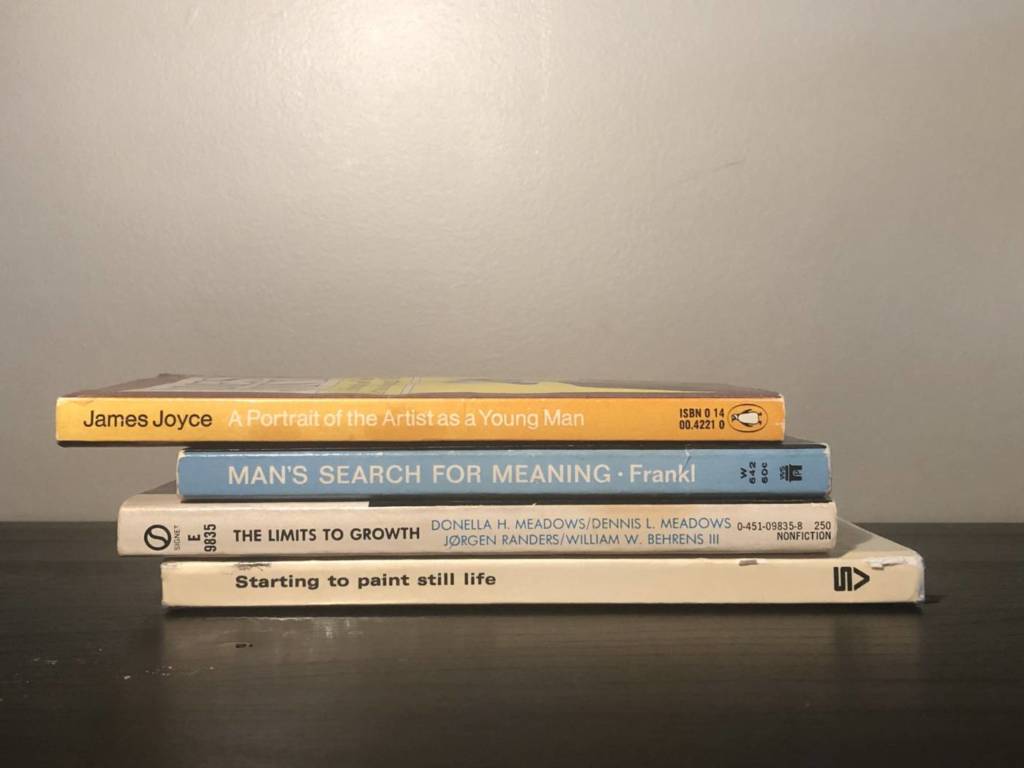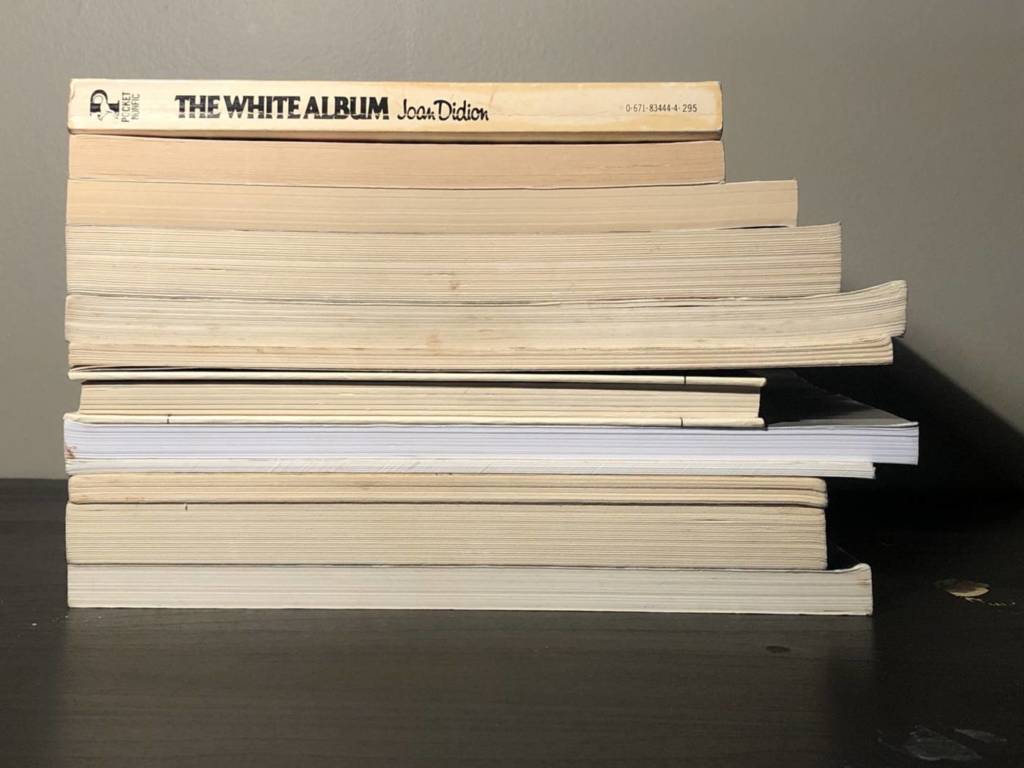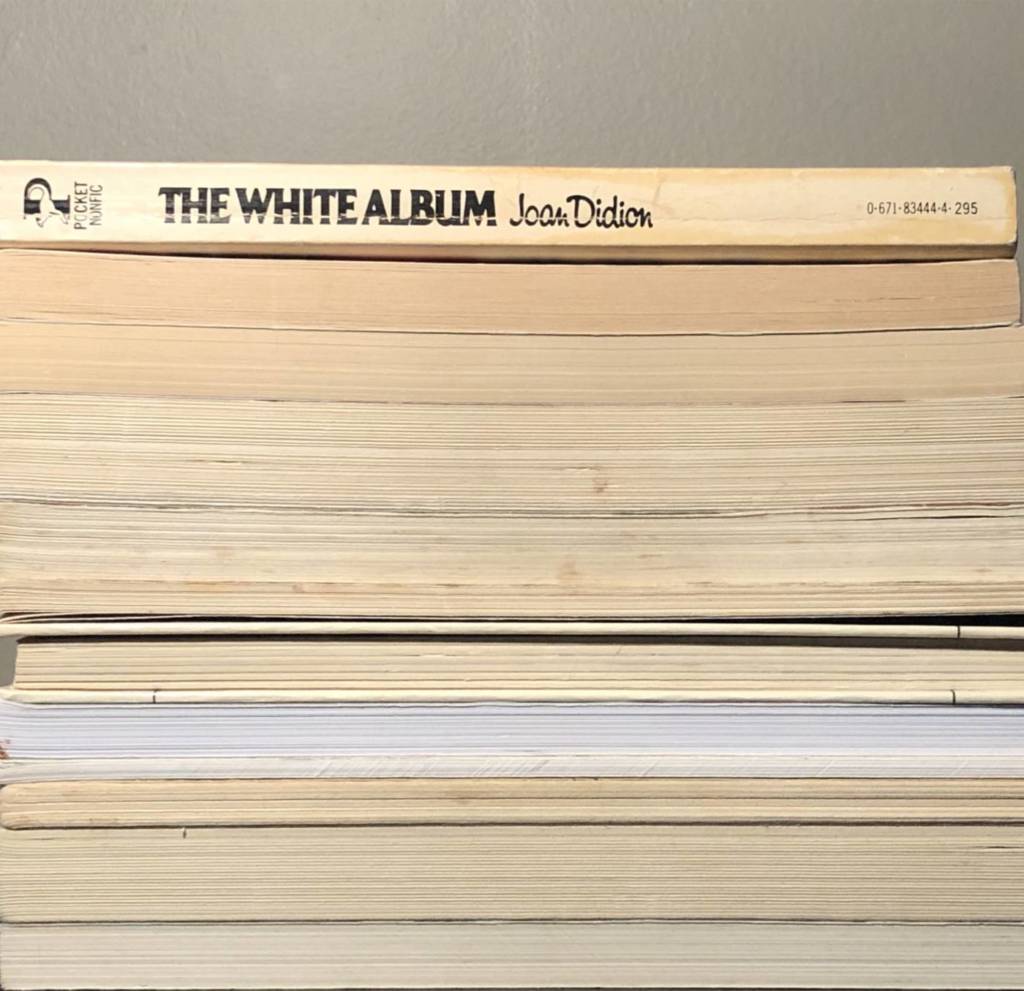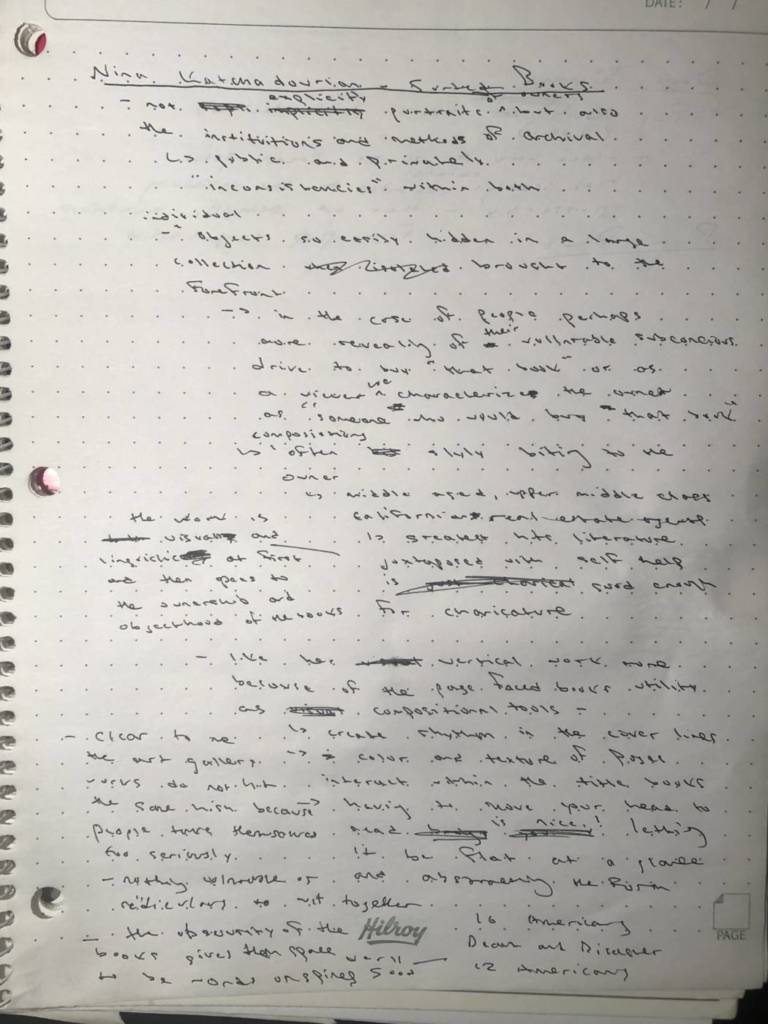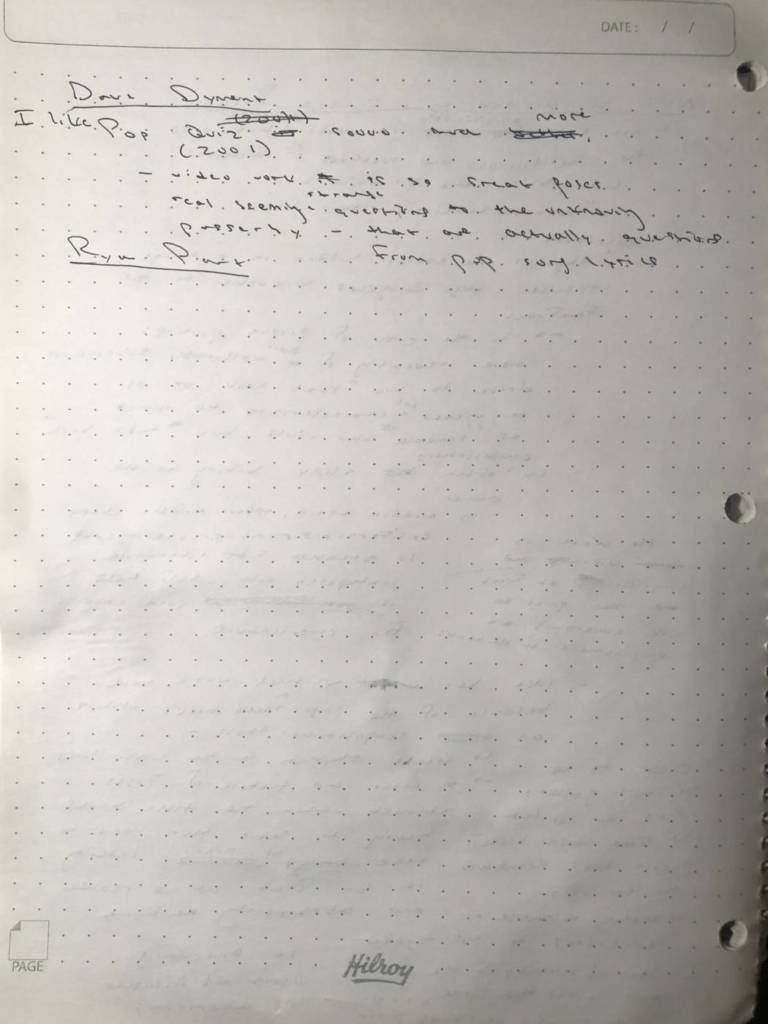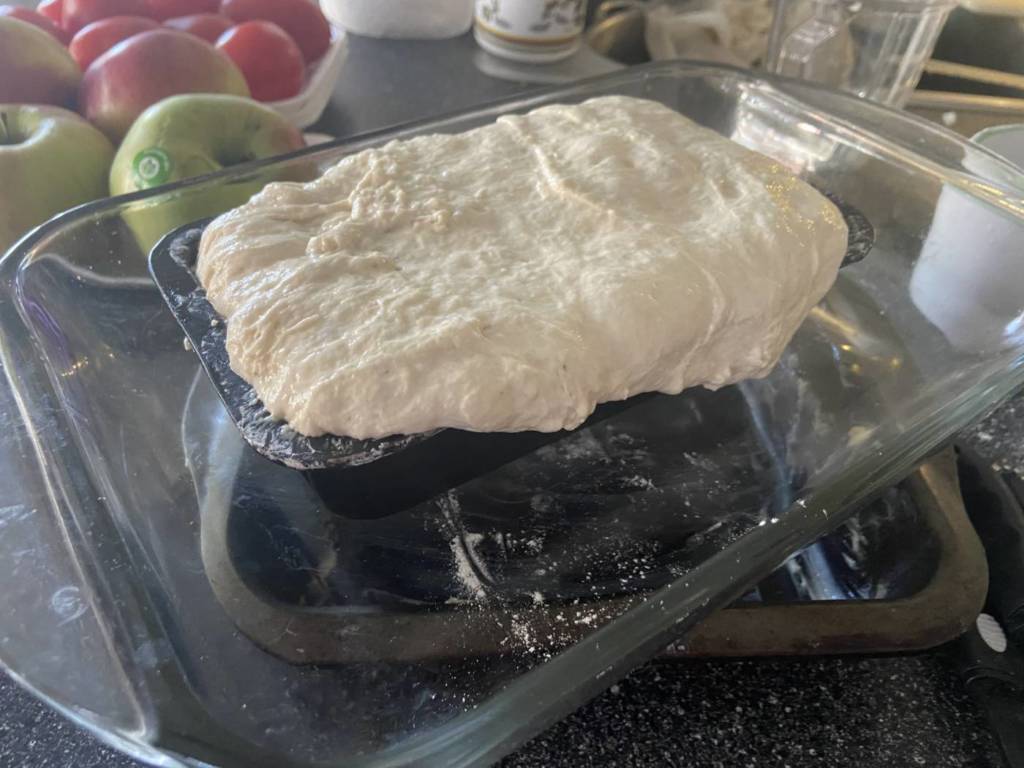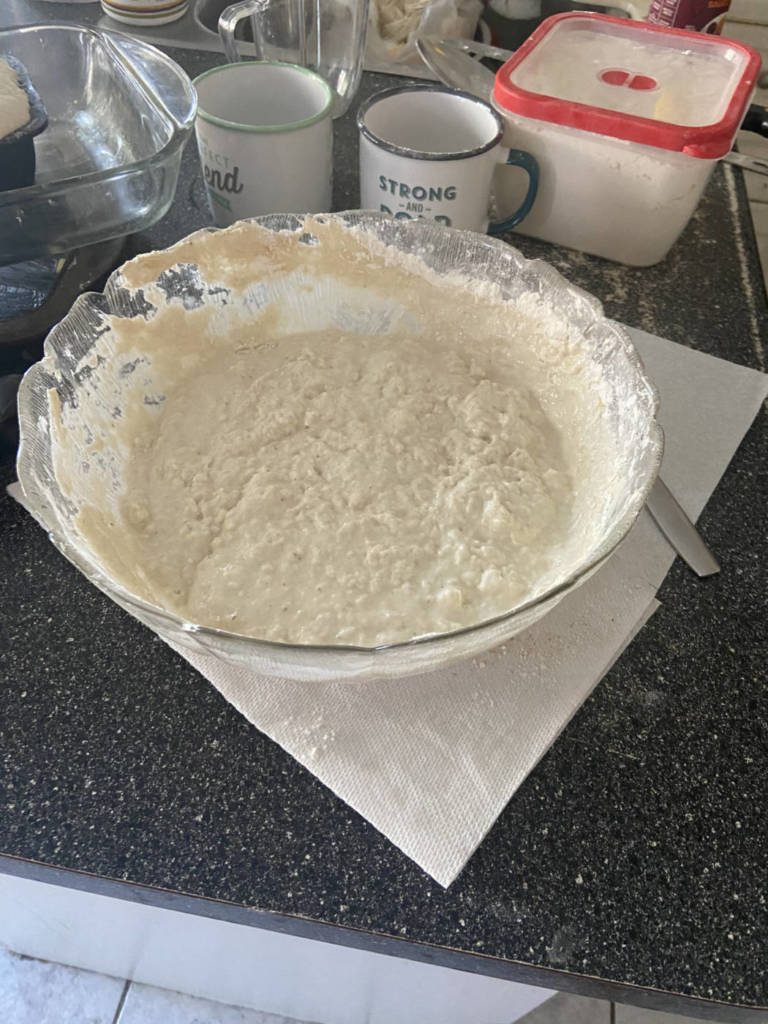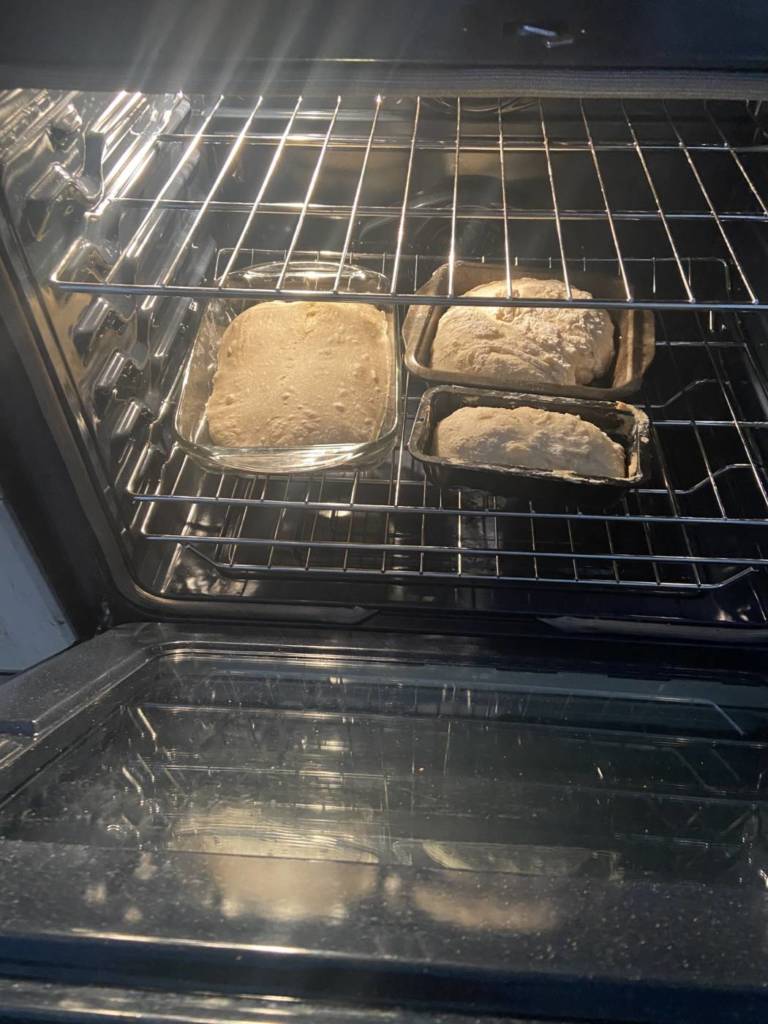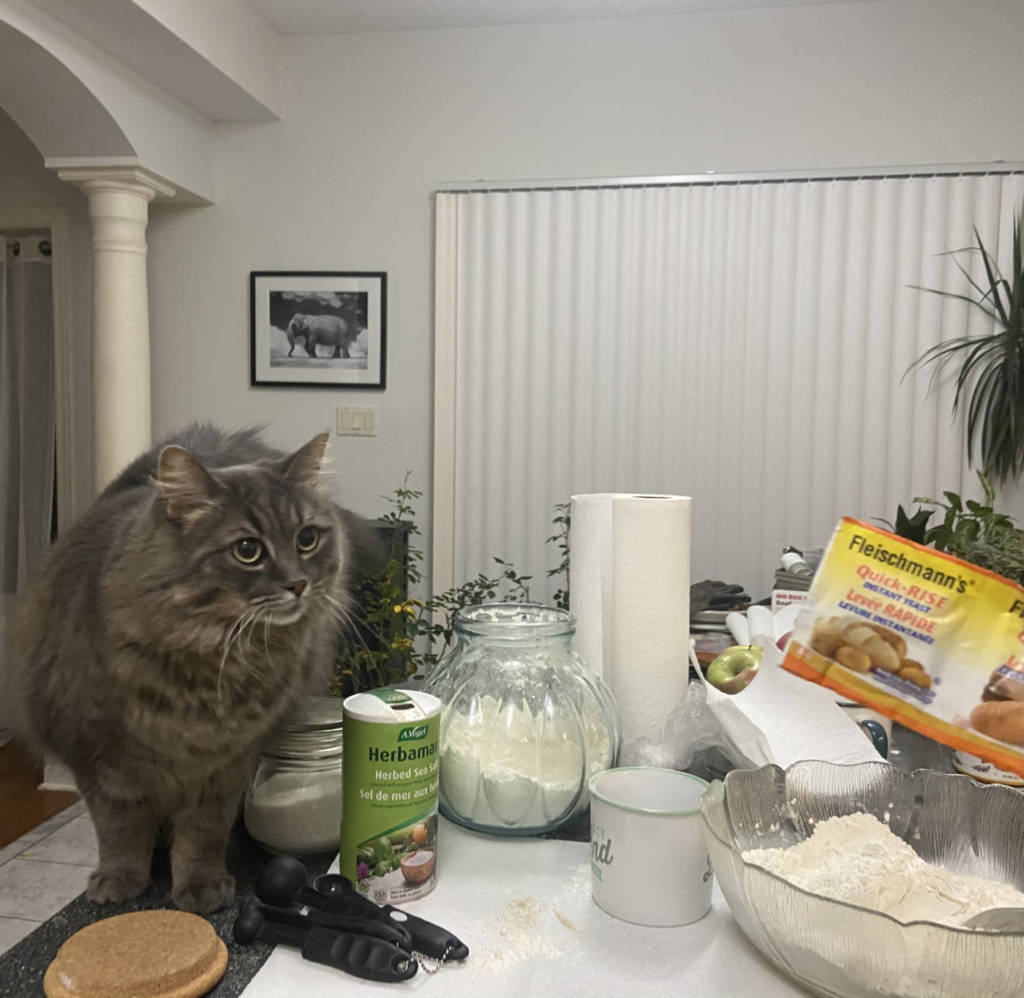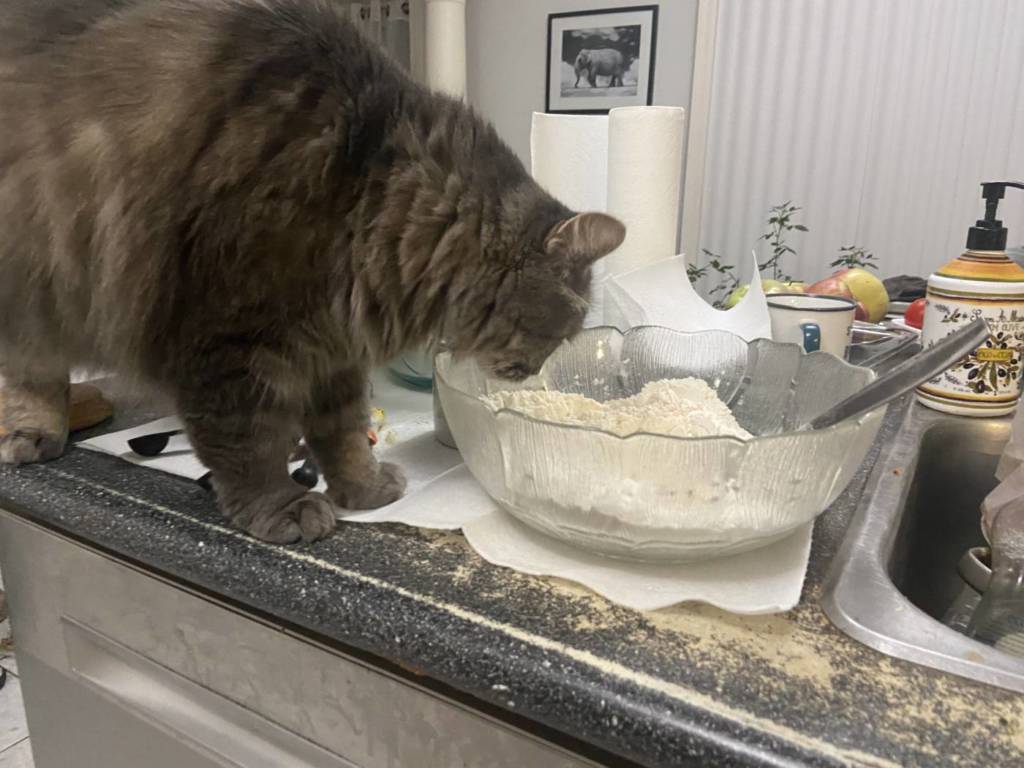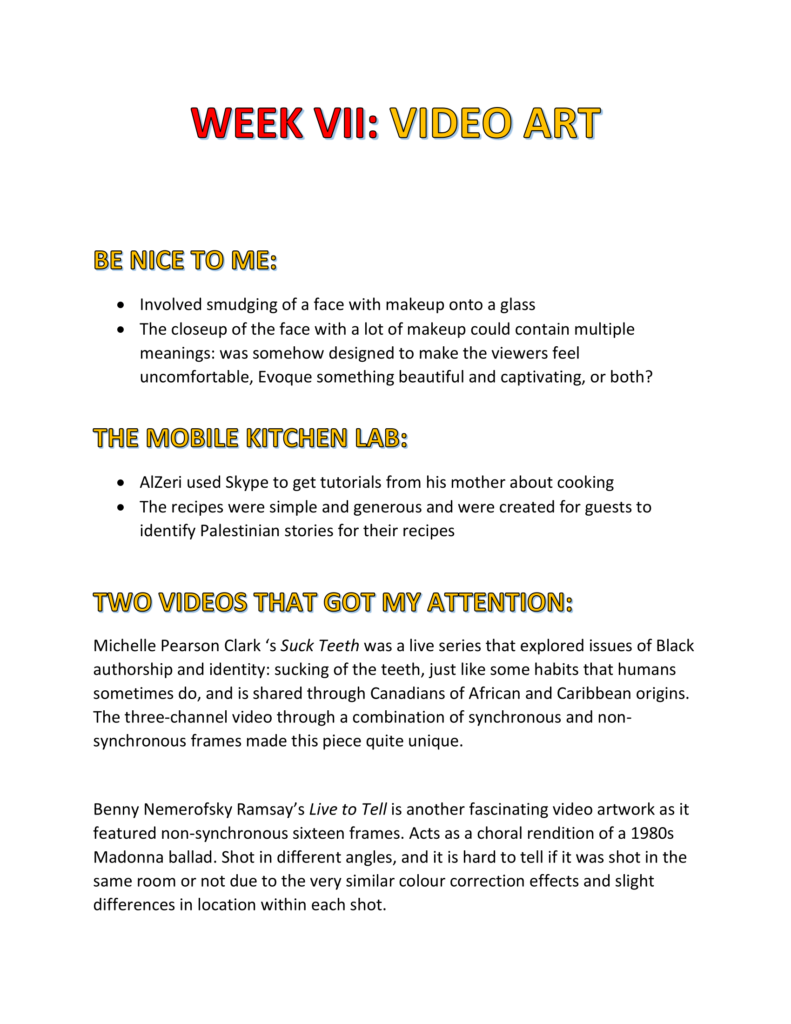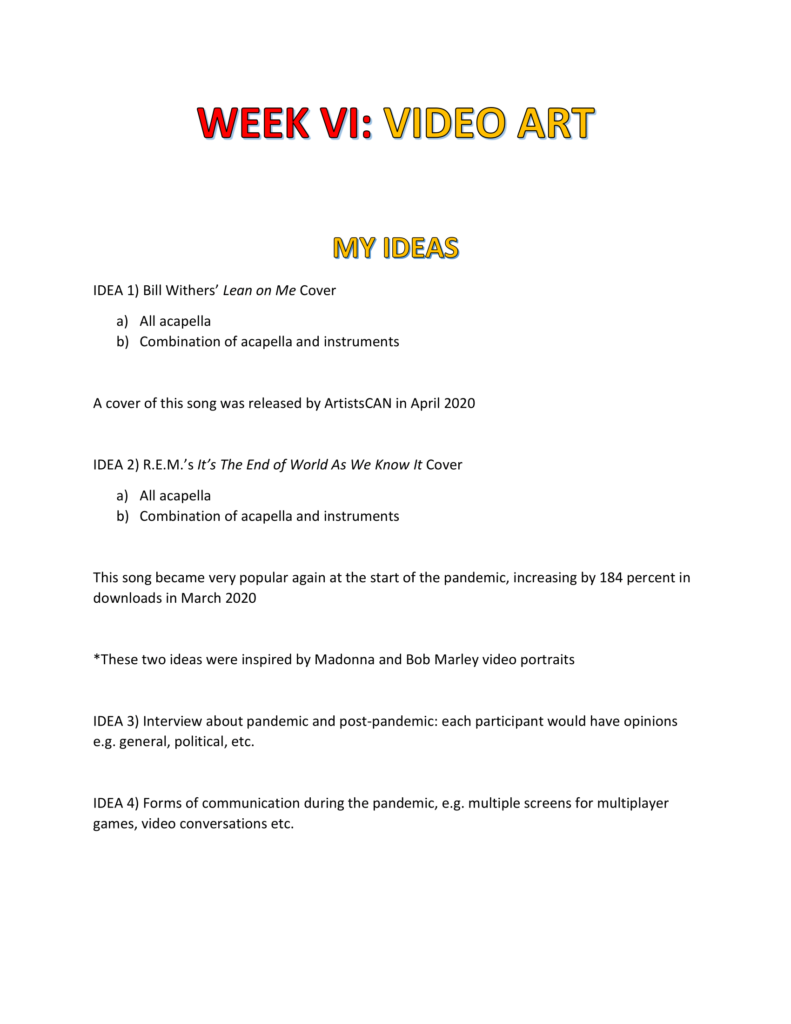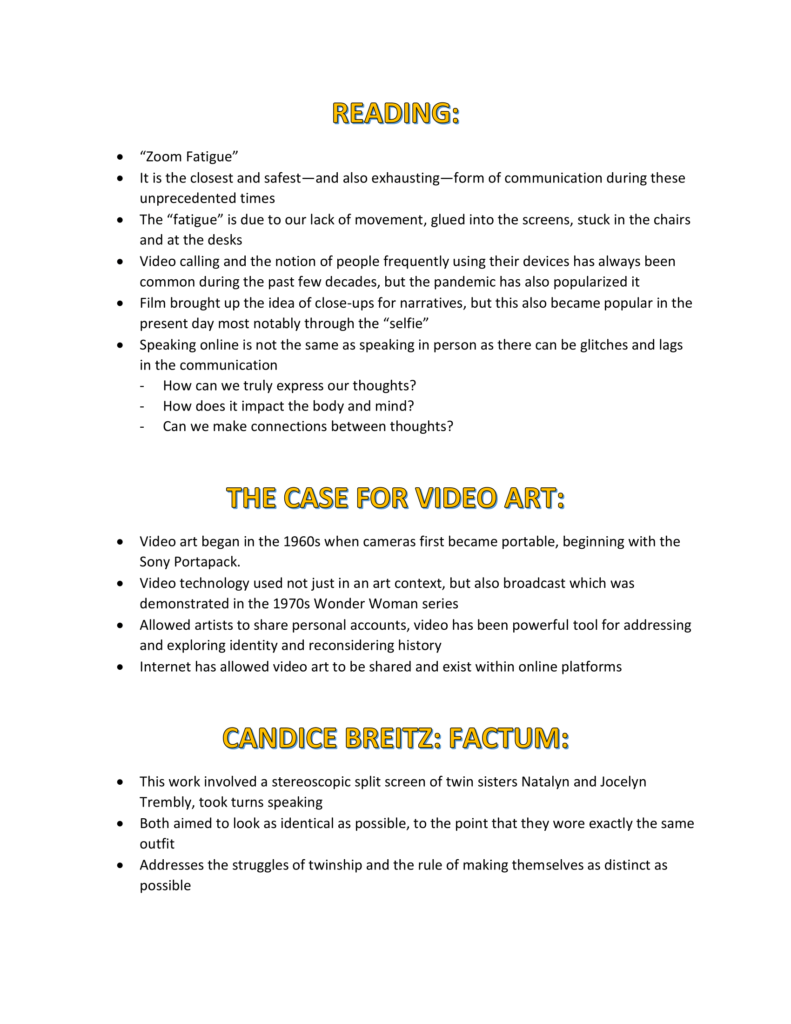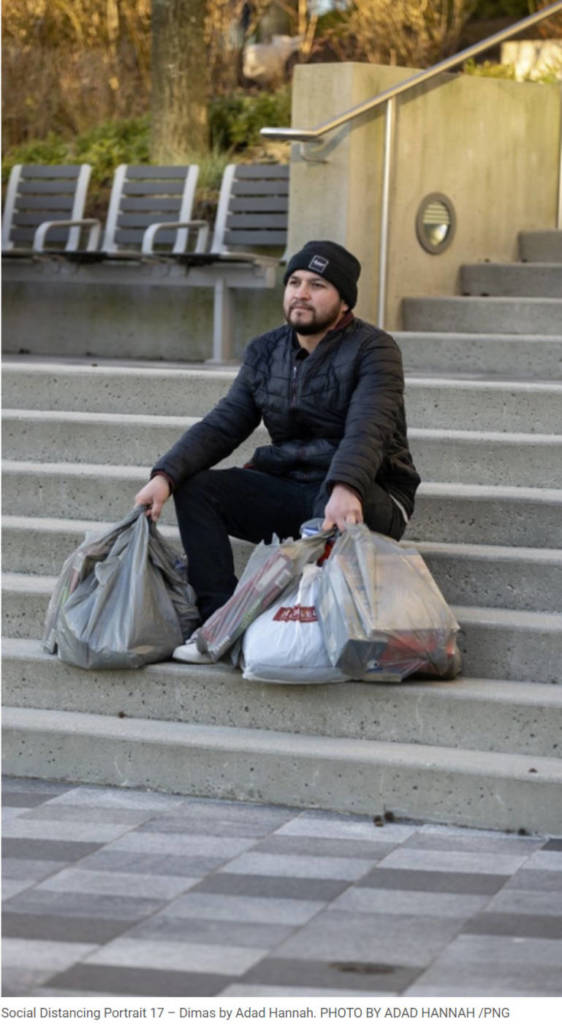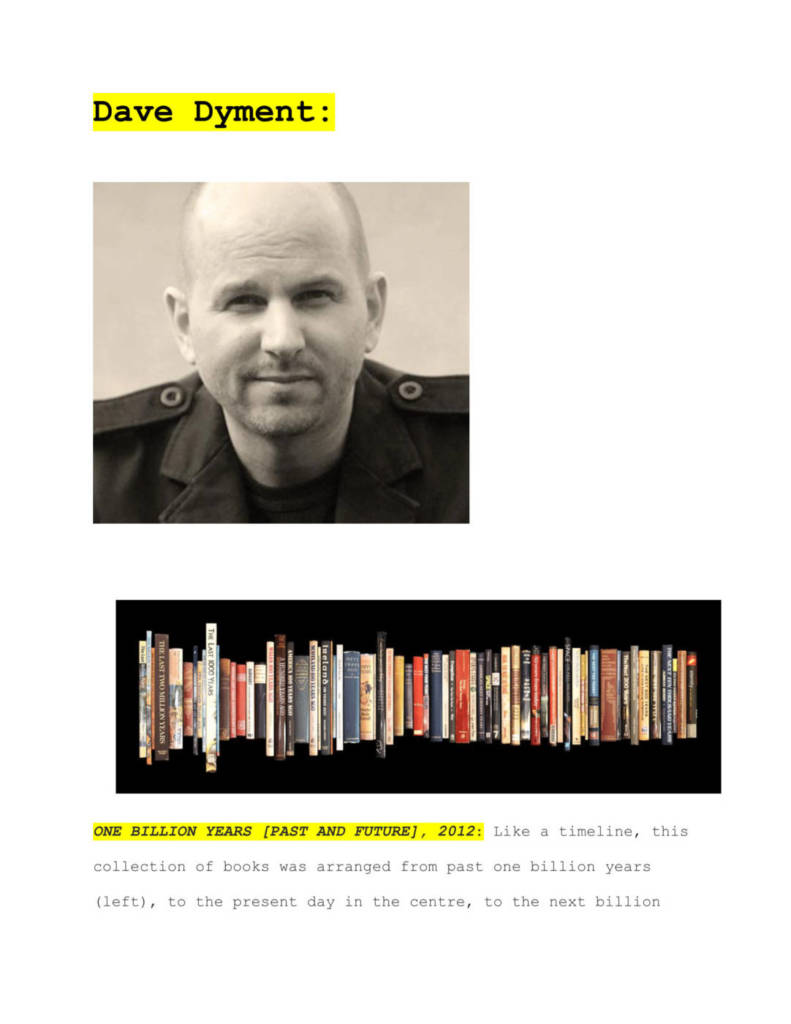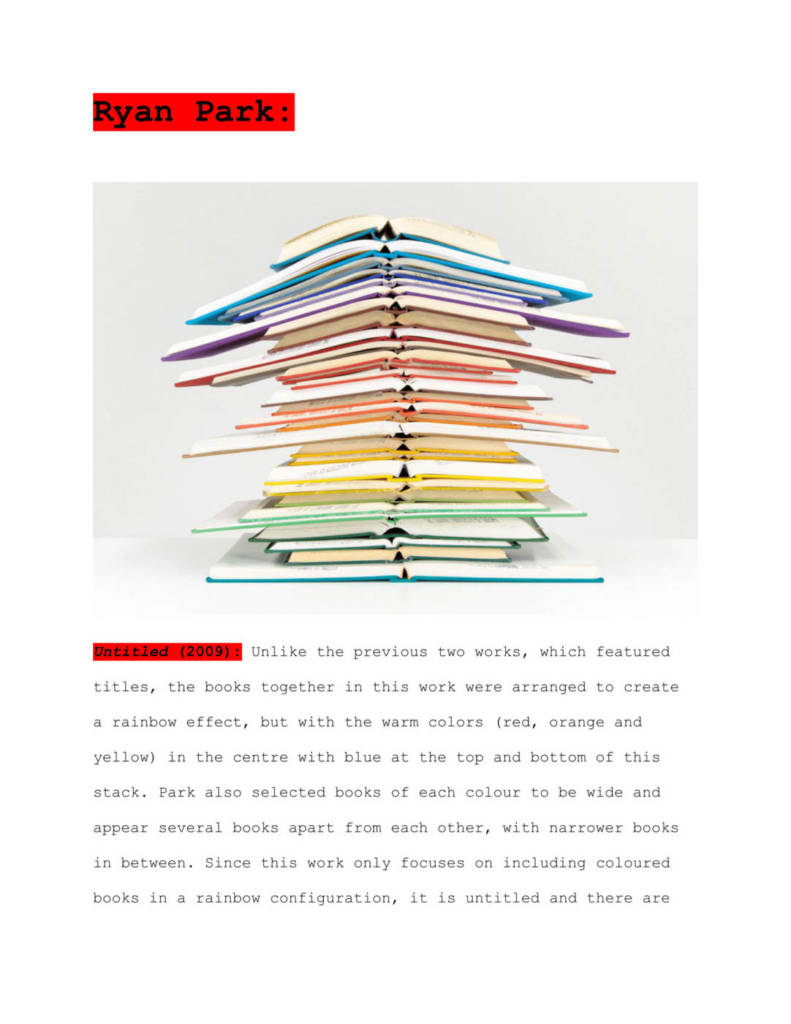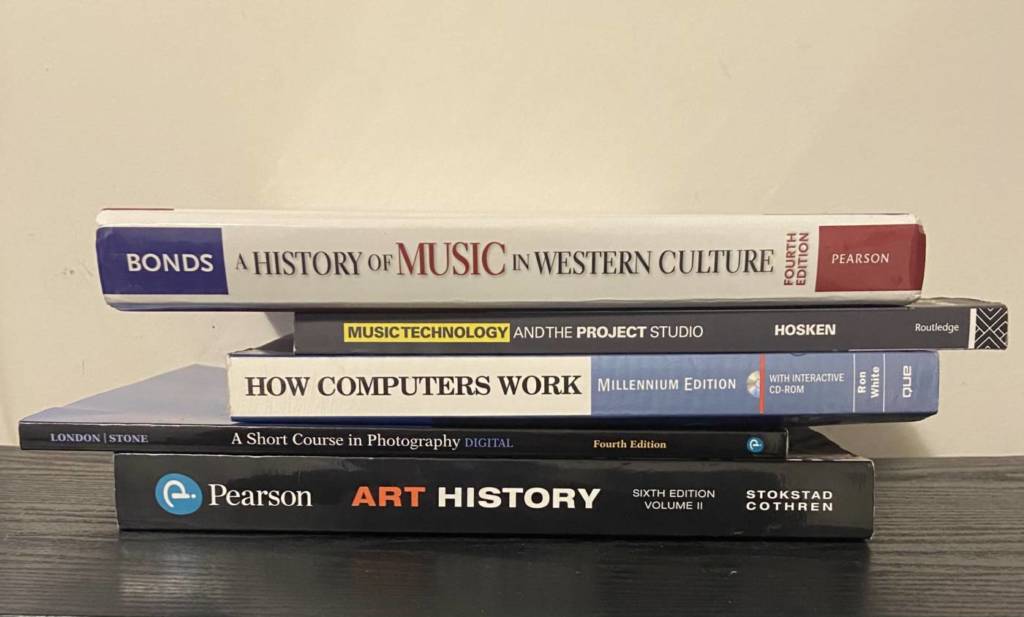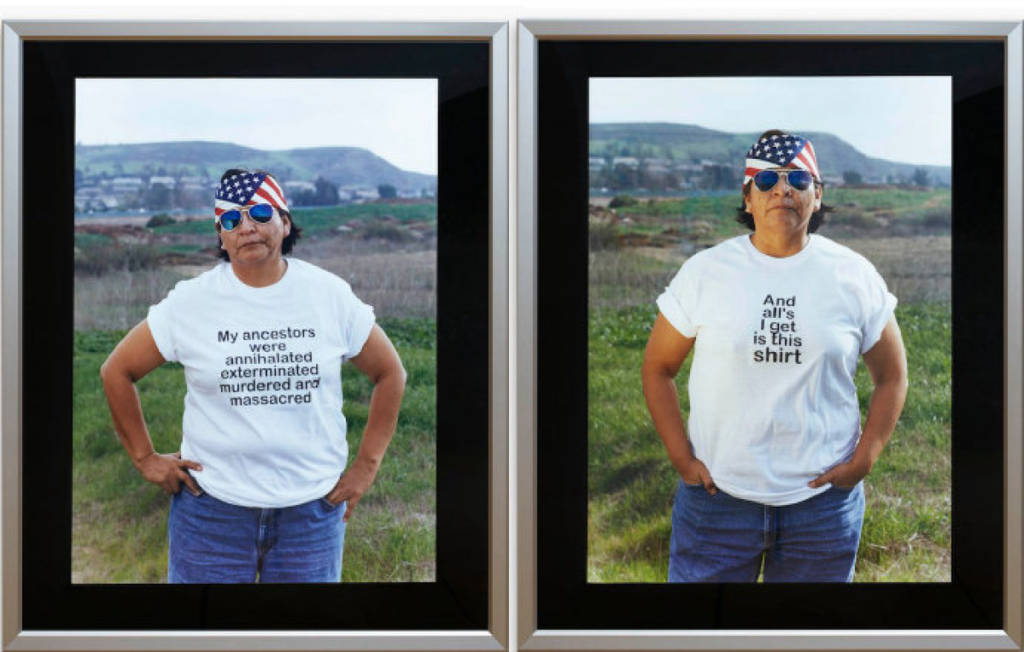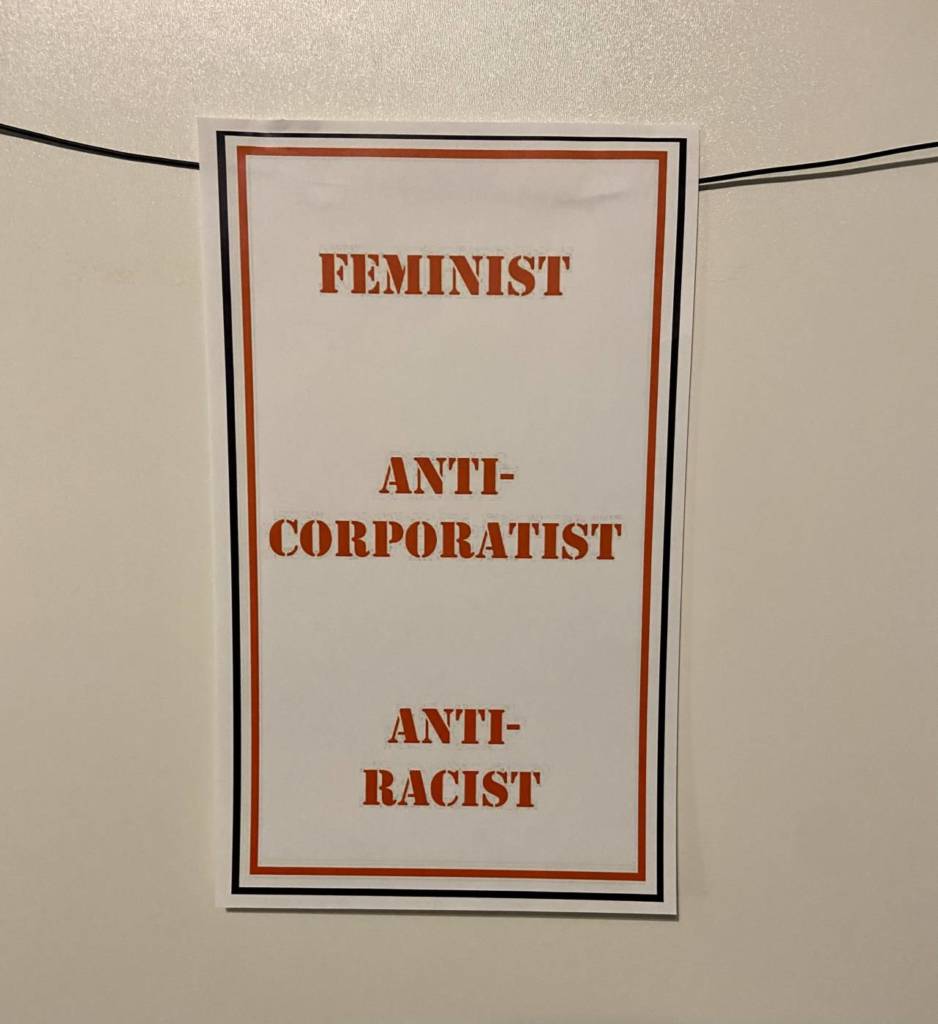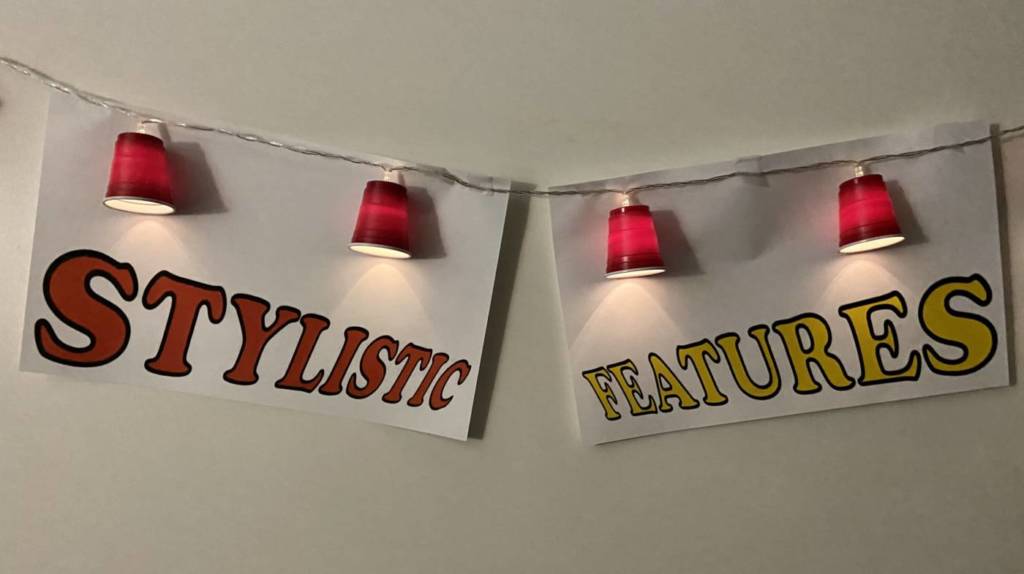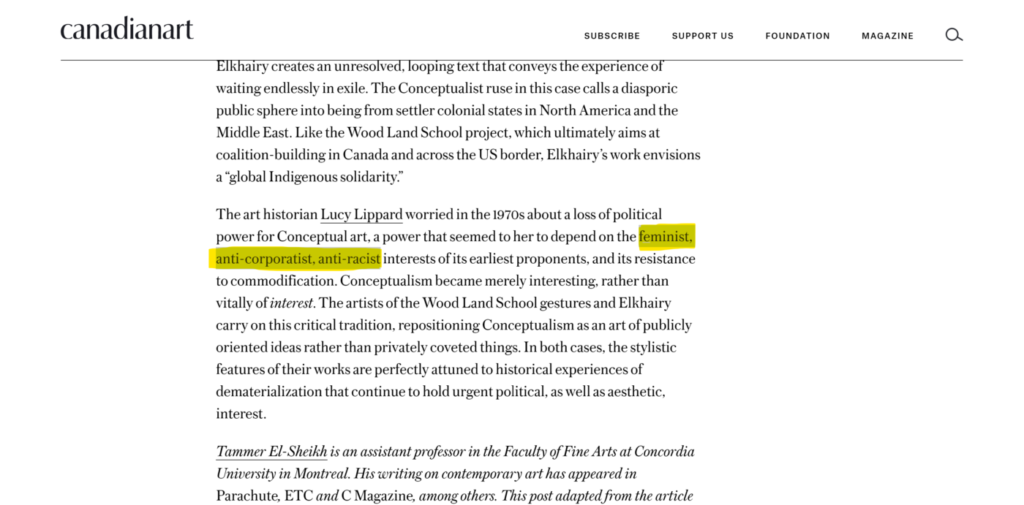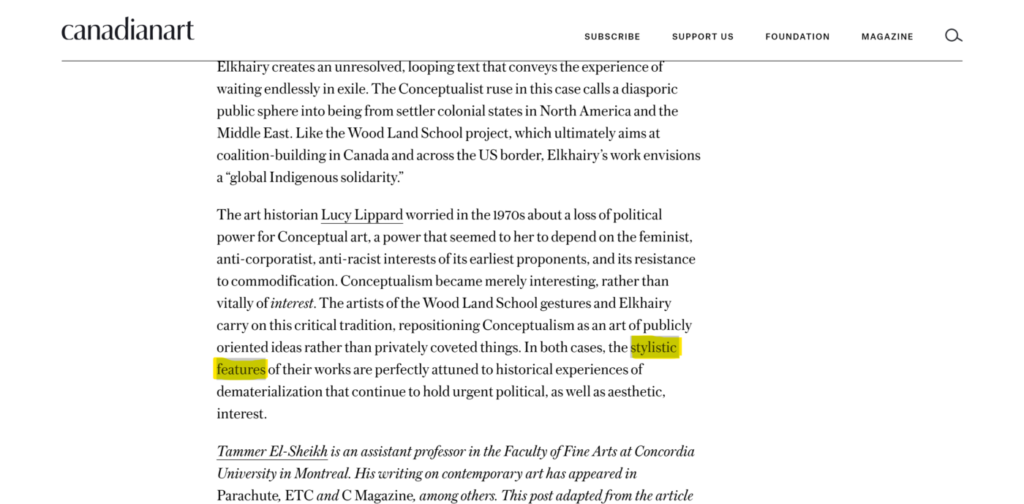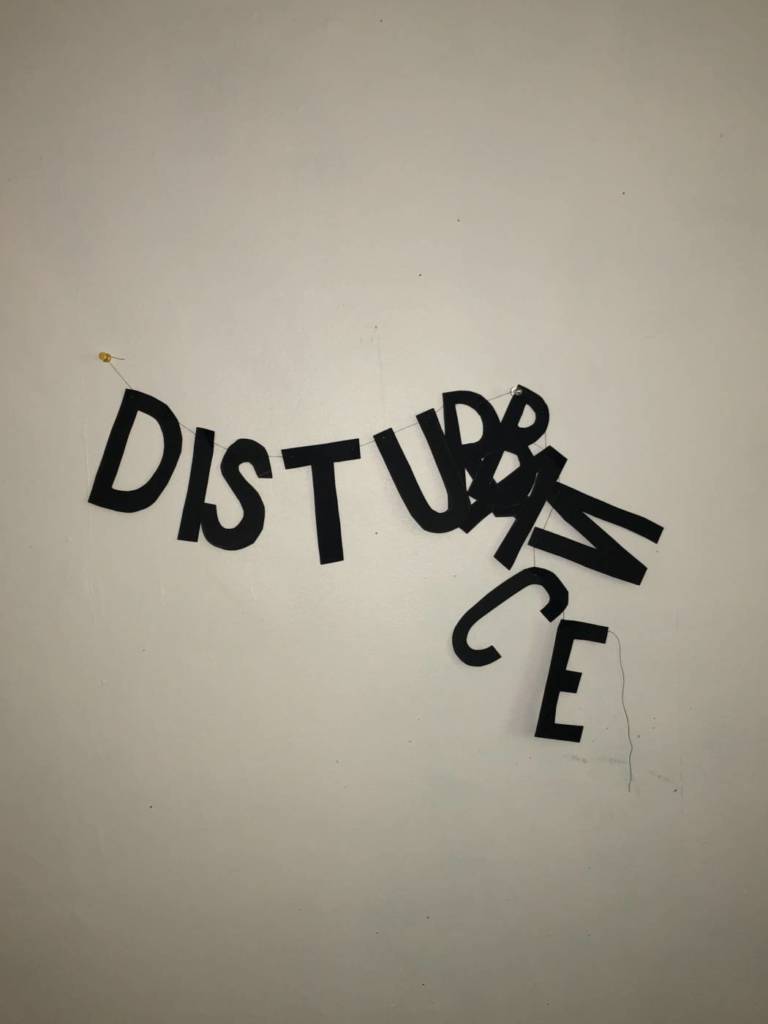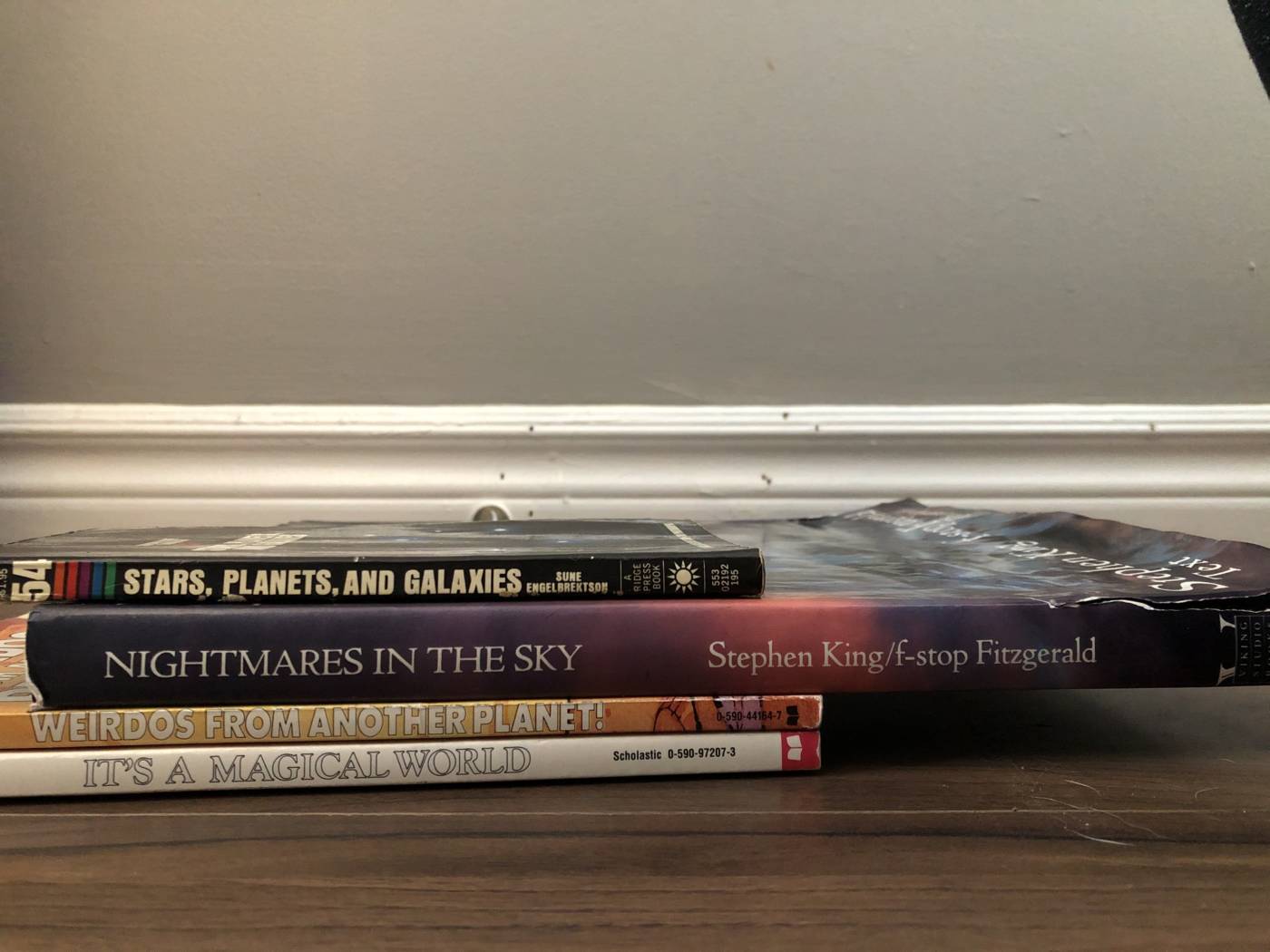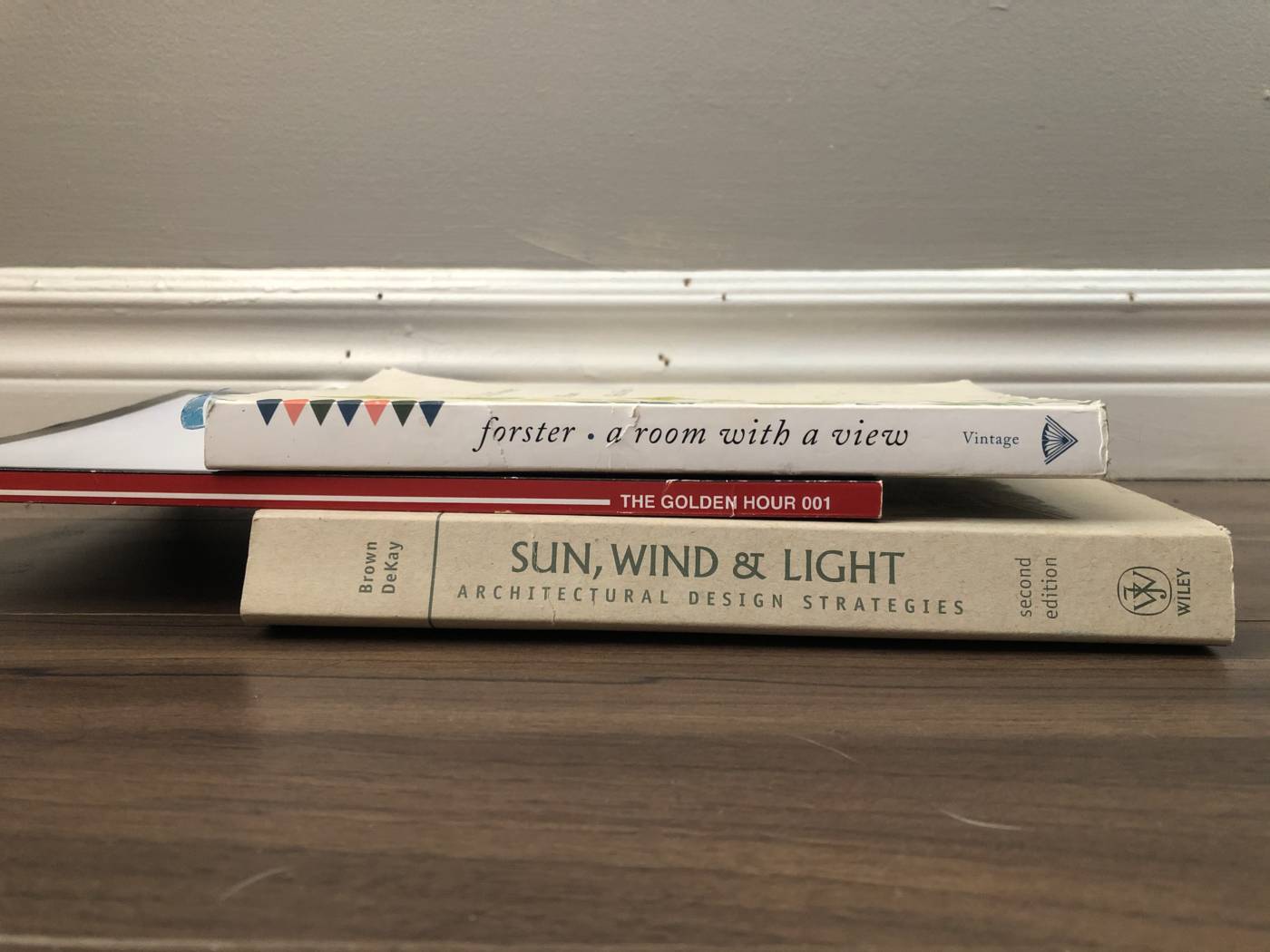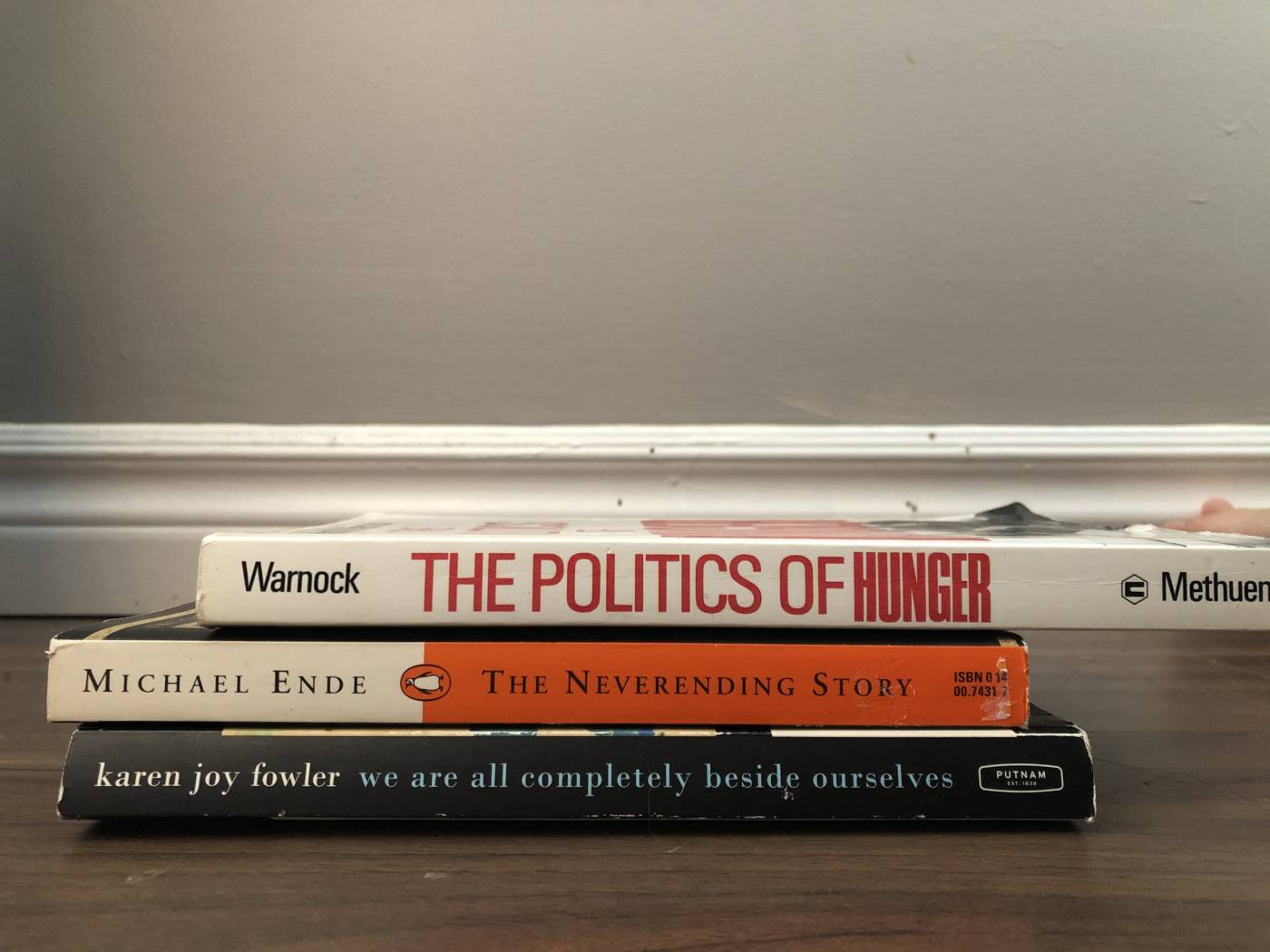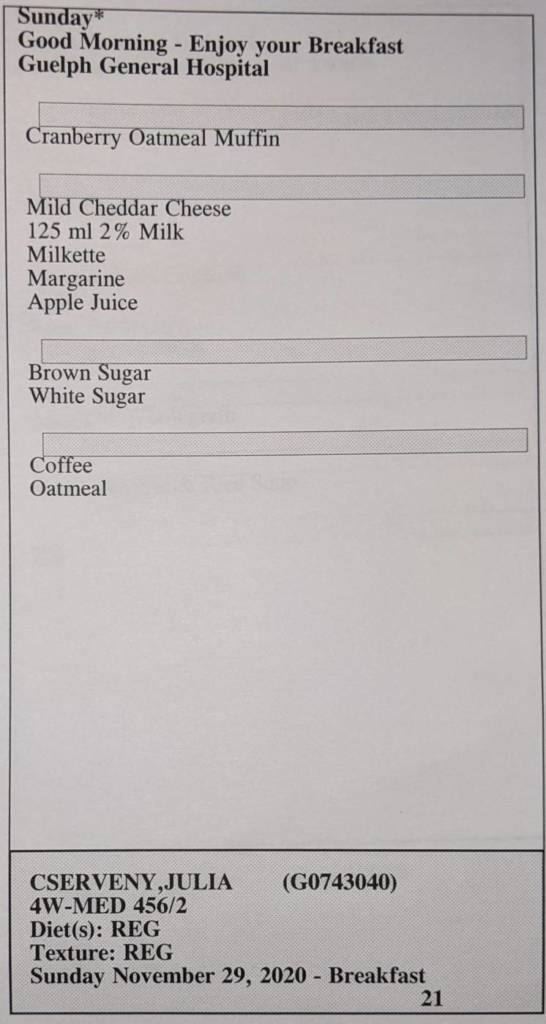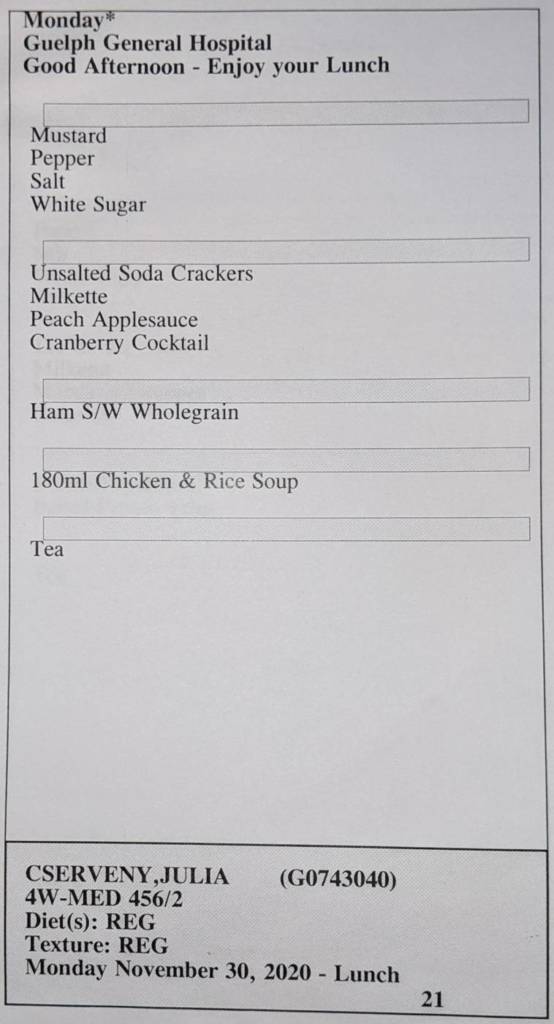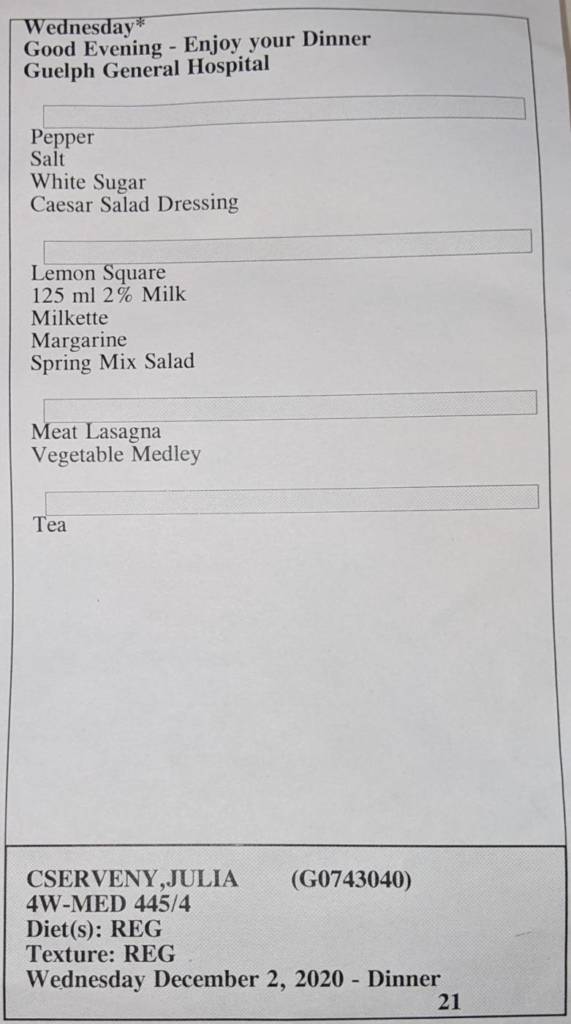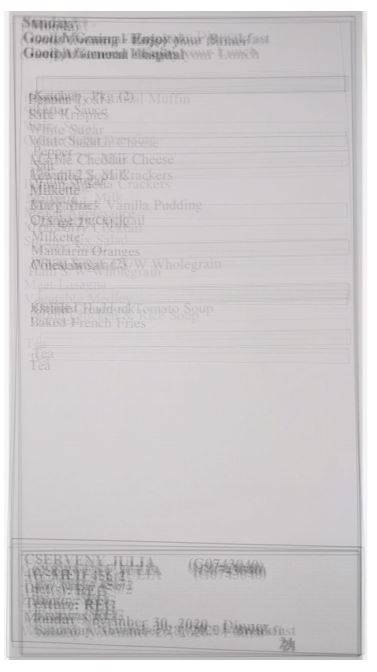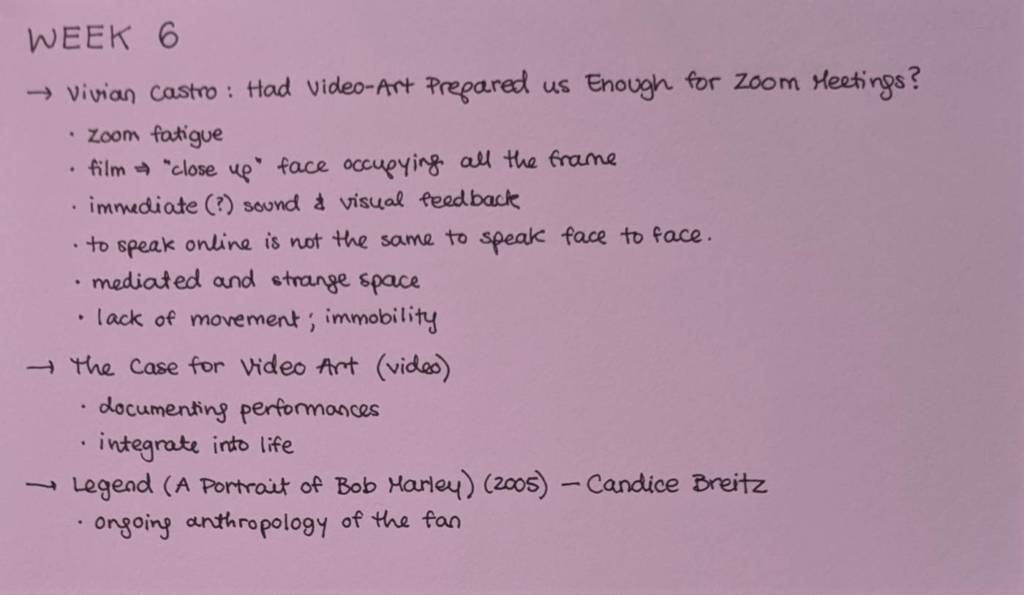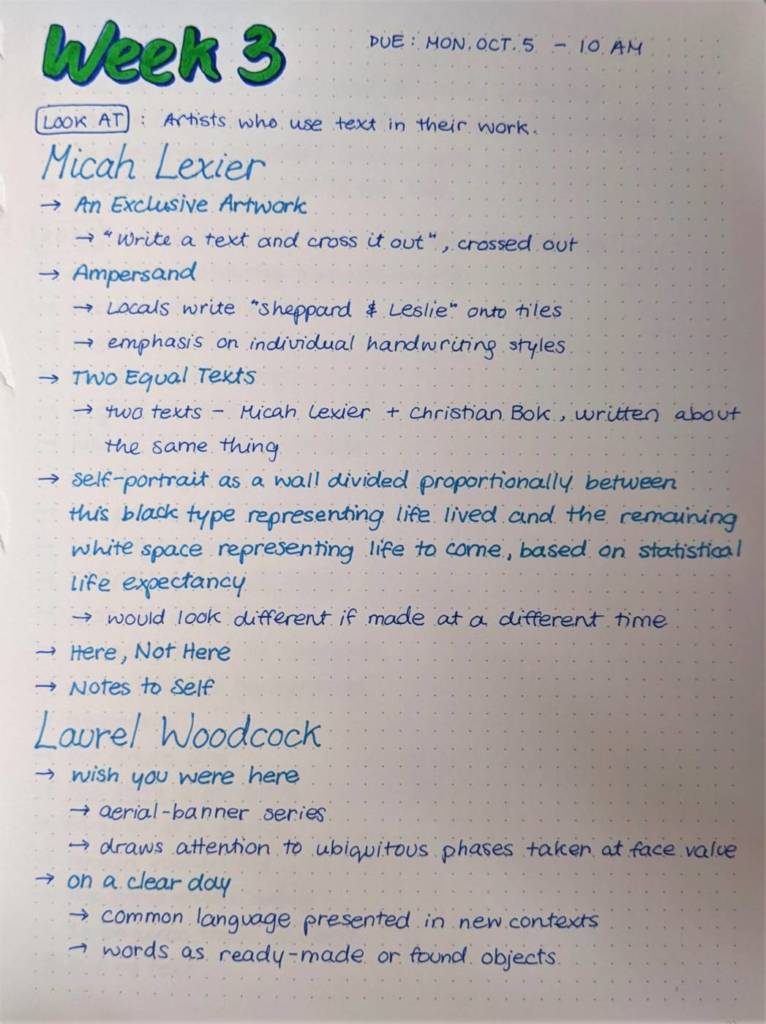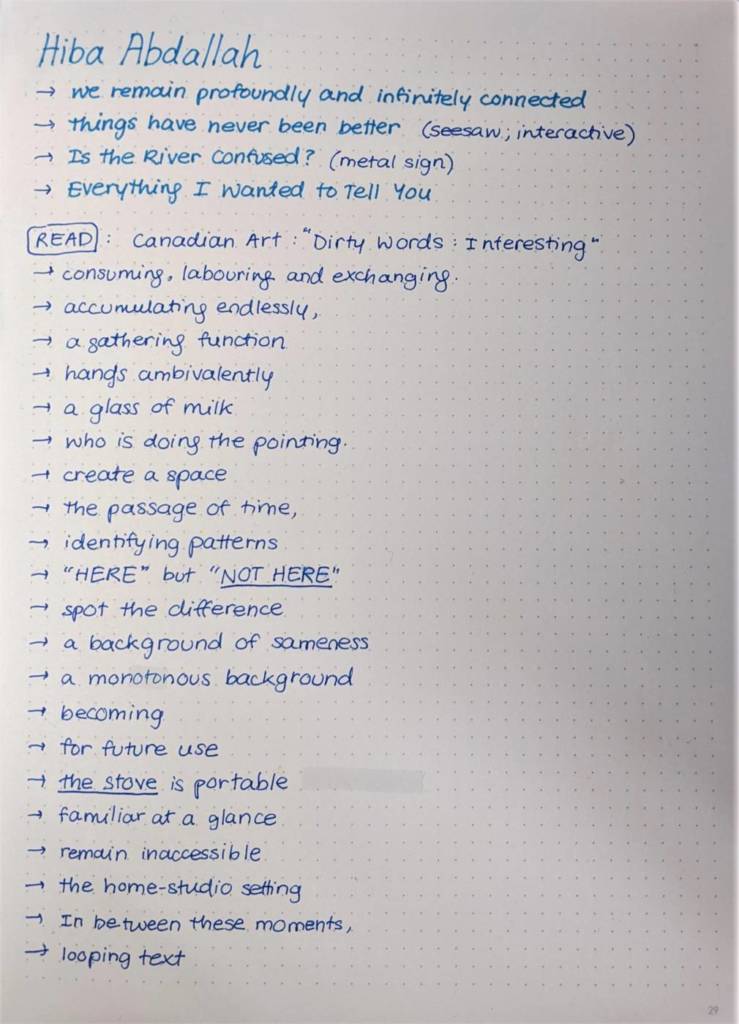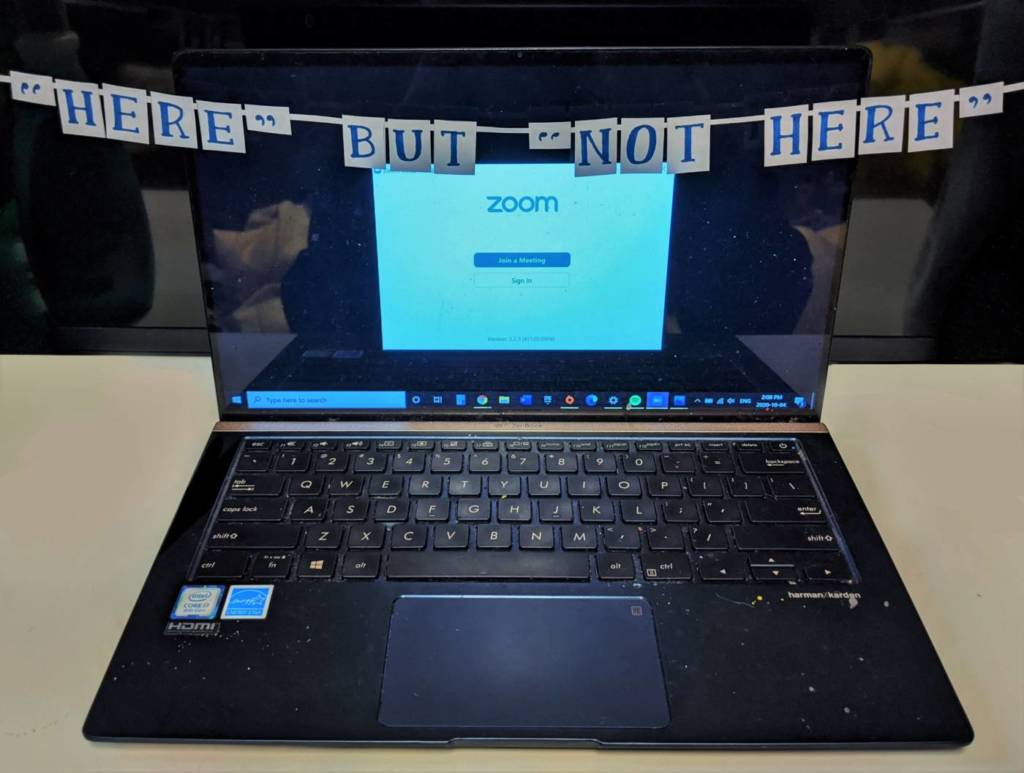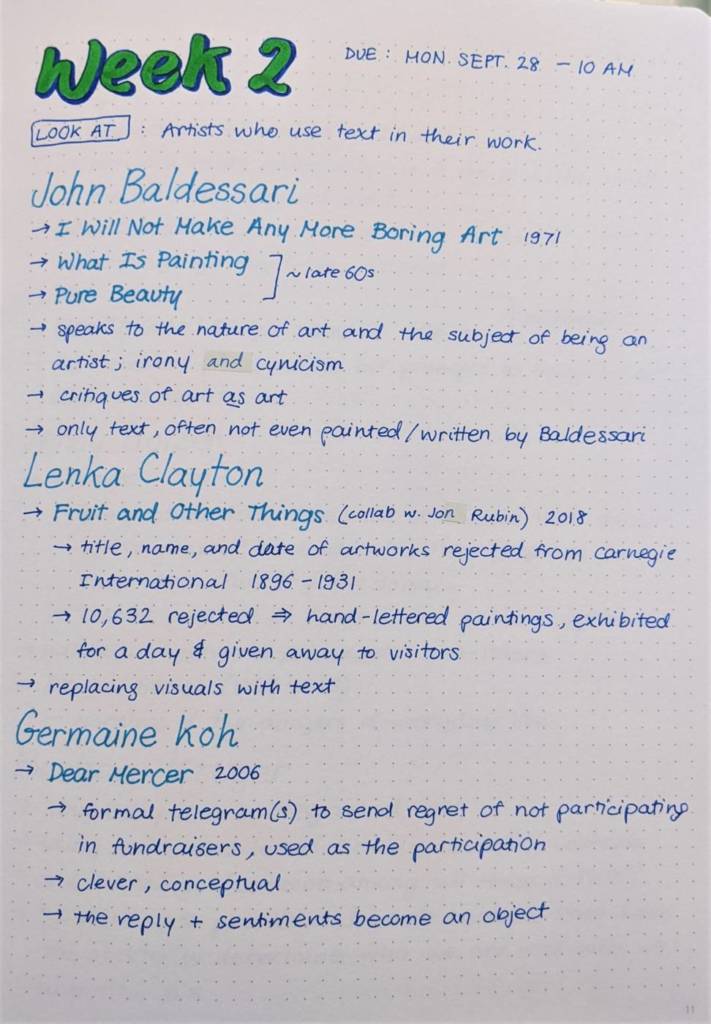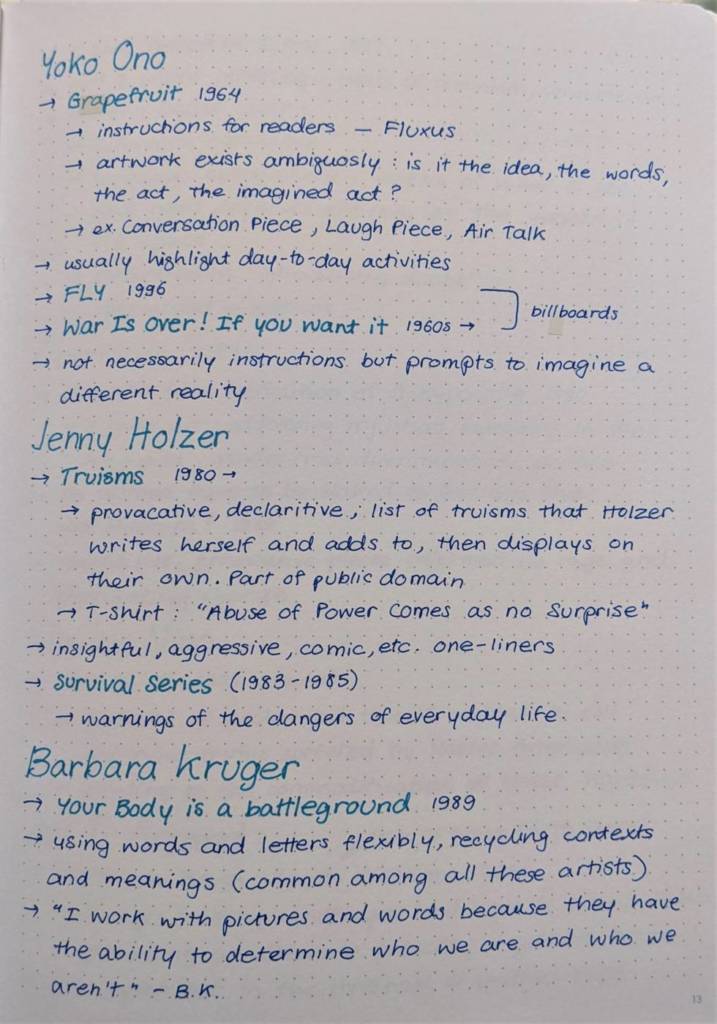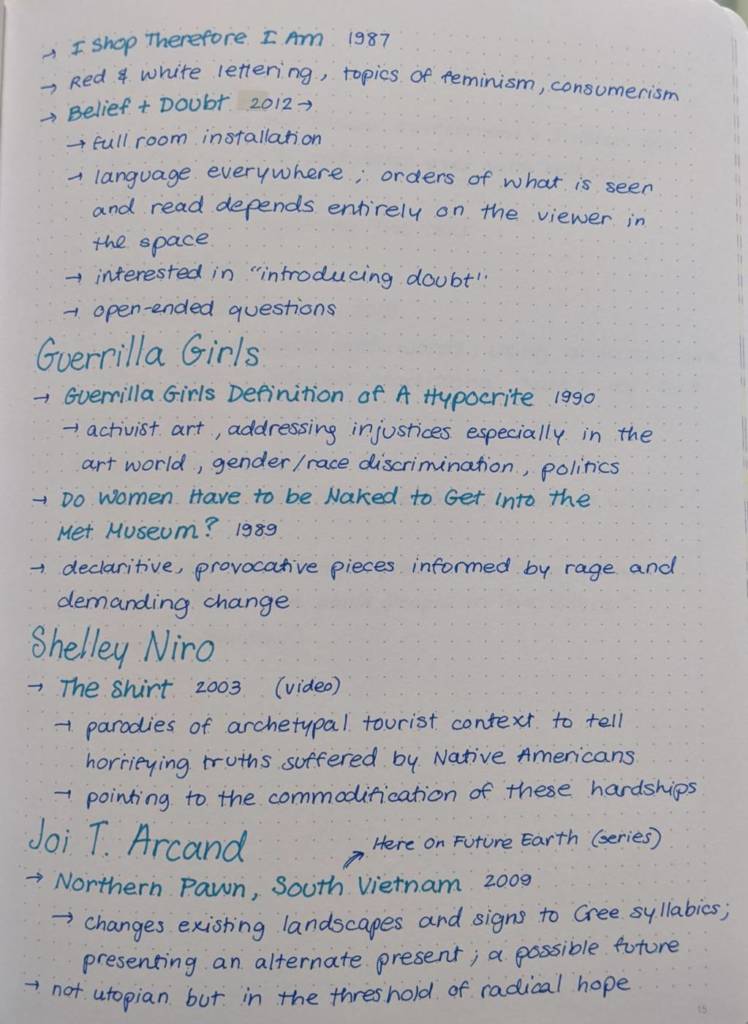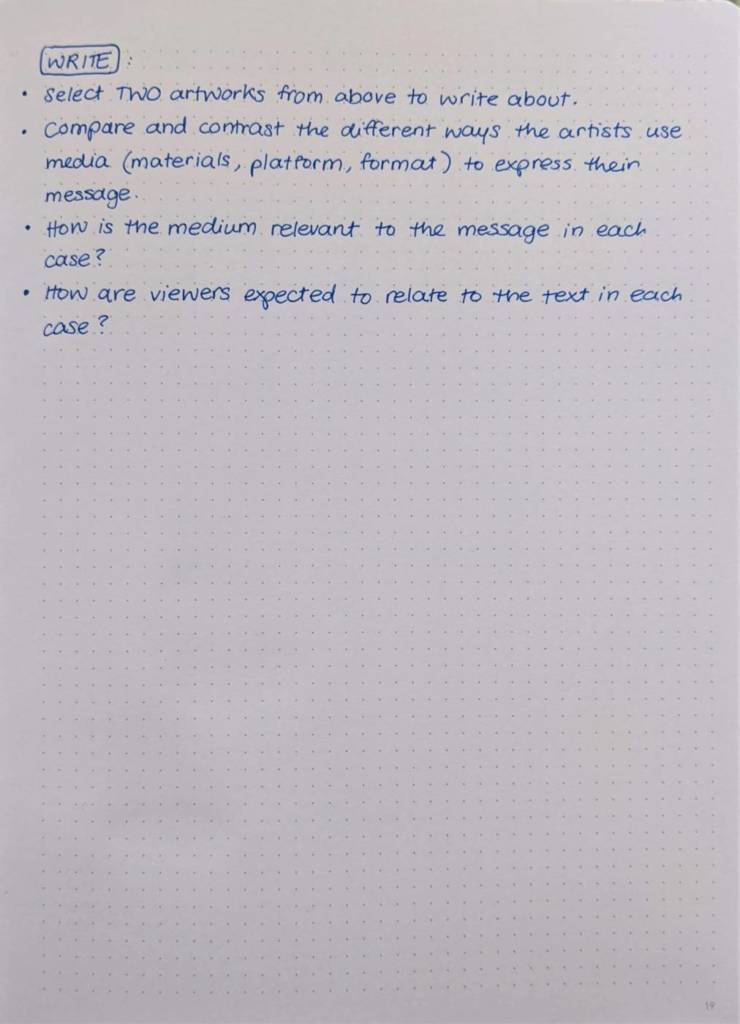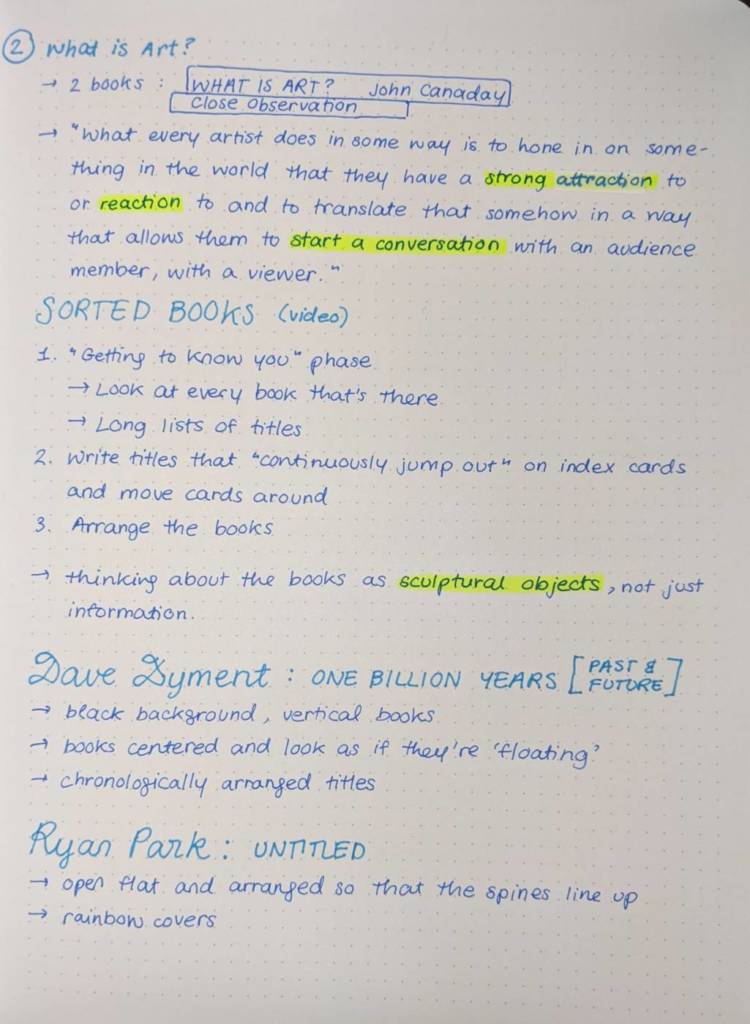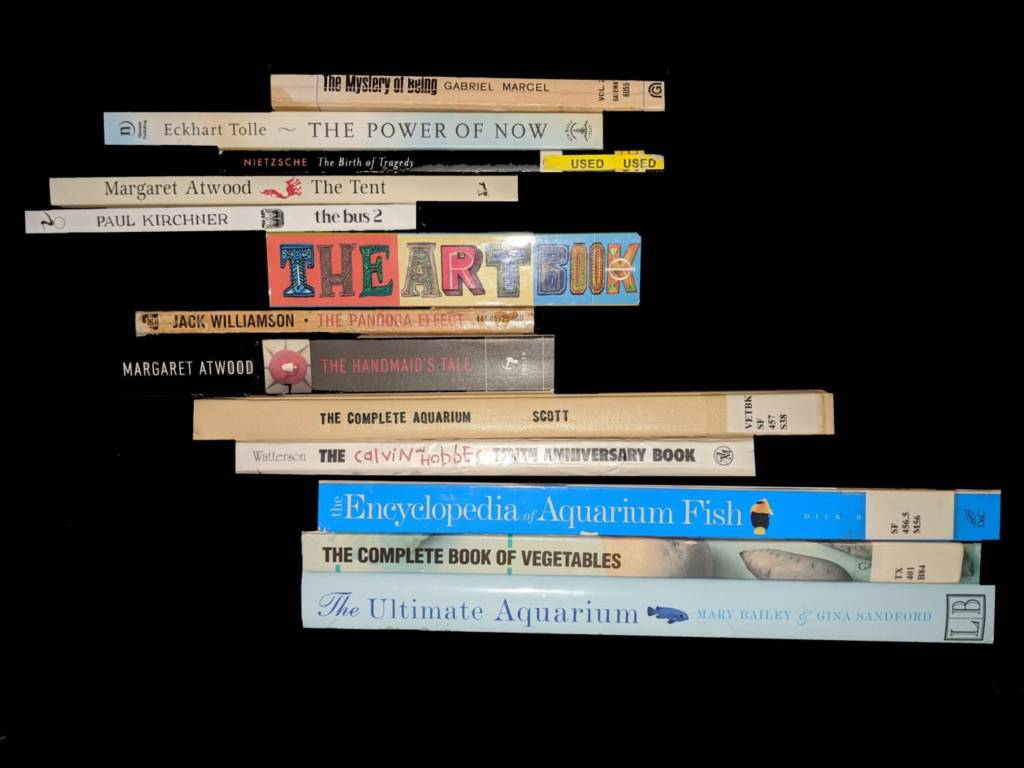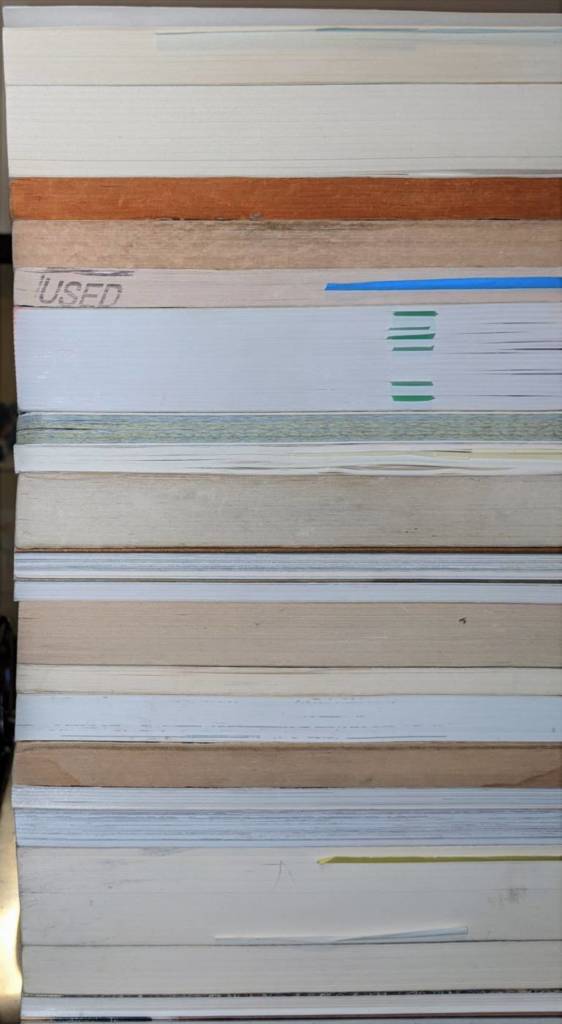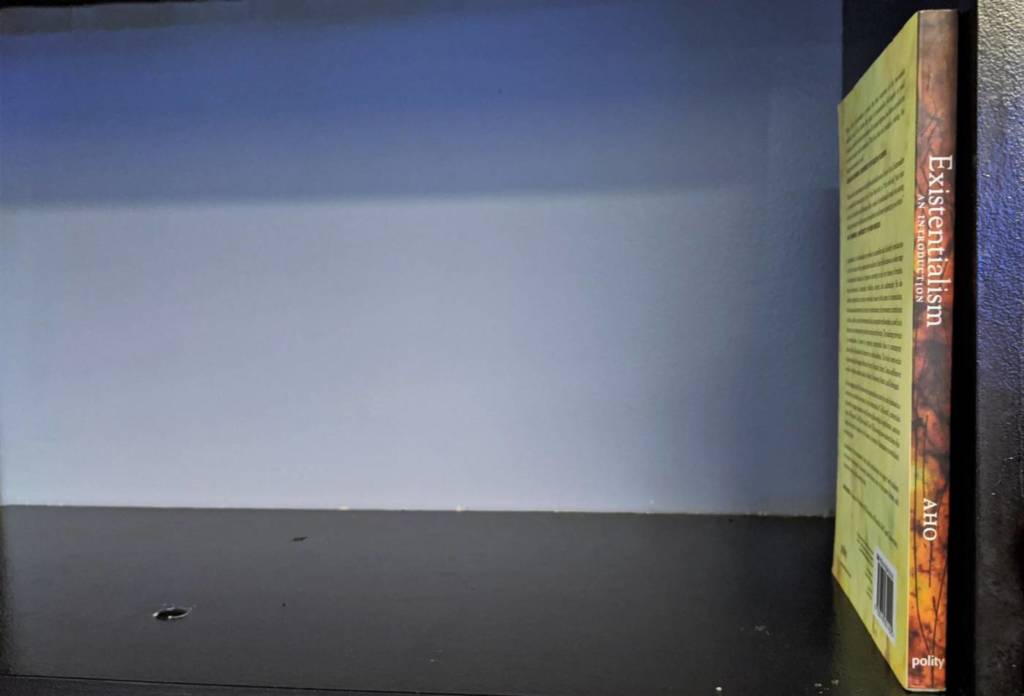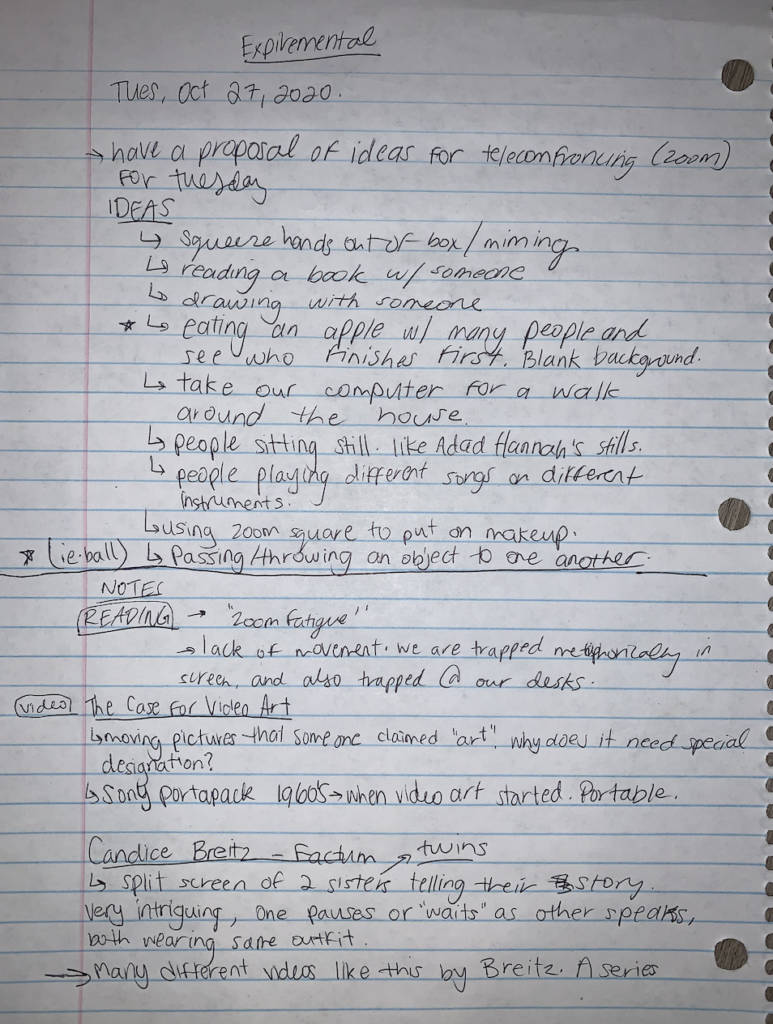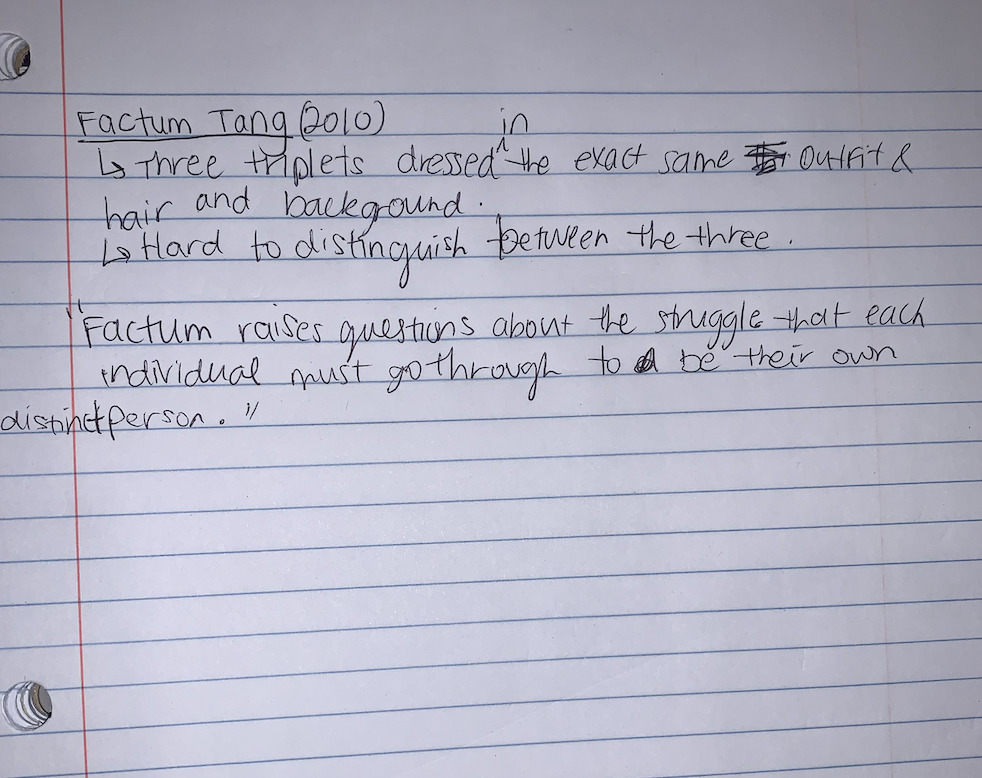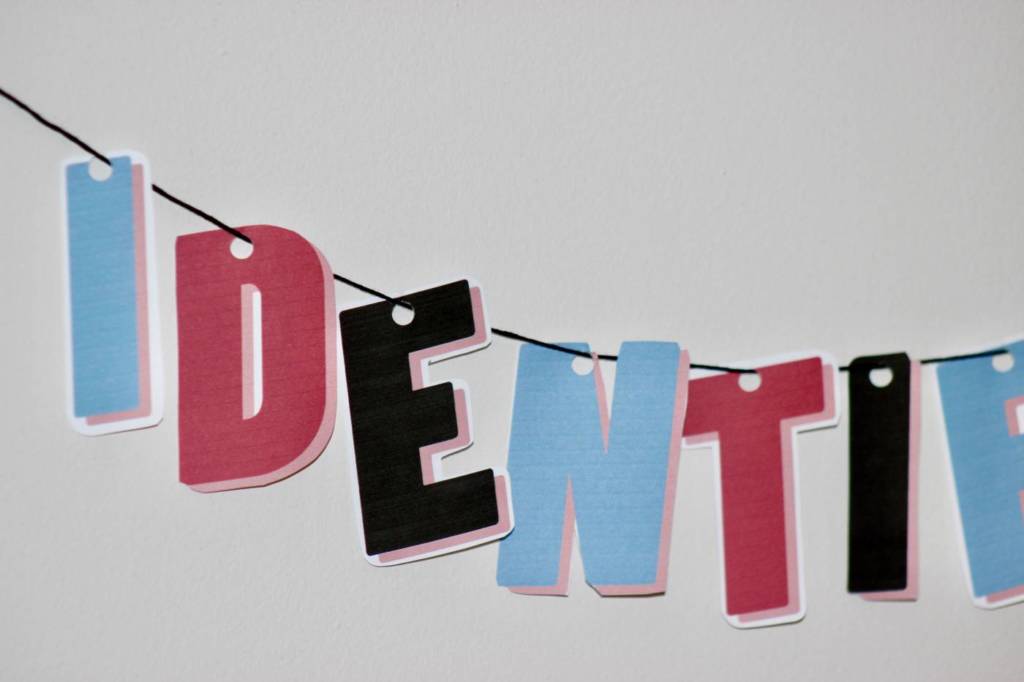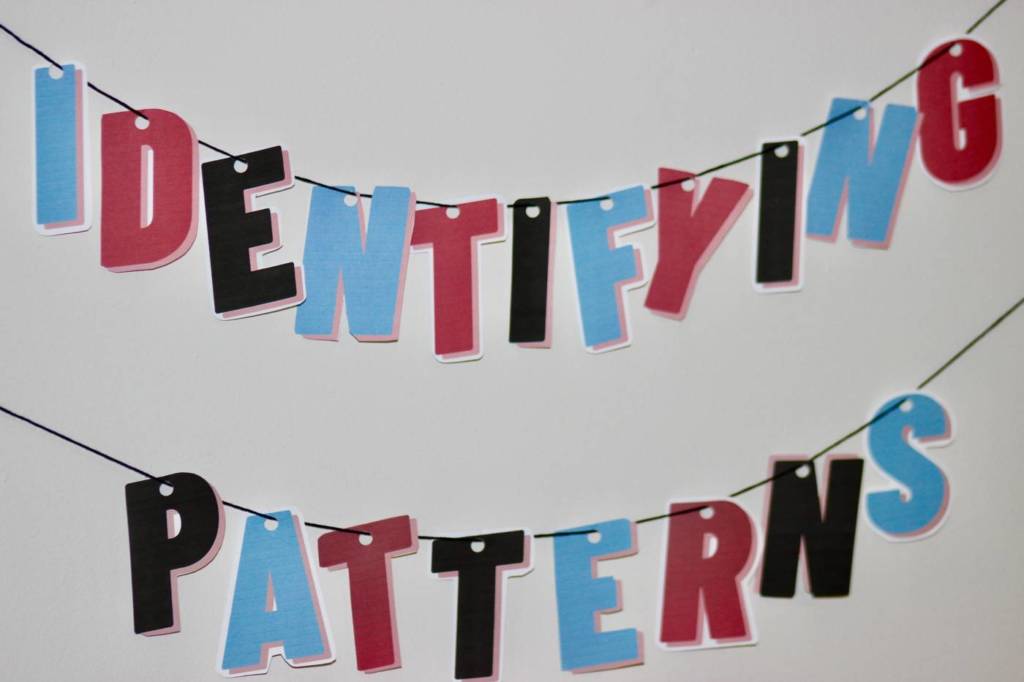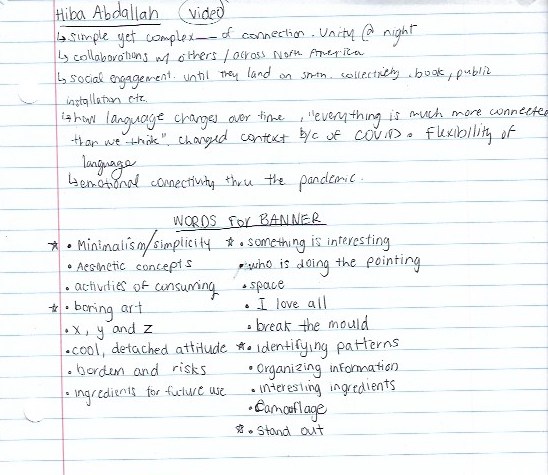Notes for Food Video Project
Sips & Bites
[embedyt] https://www.youtube.com/watch?v=kkcxaJQWLpw[/embedyt]Zoom/Grid Video Edits
[embedyt] https://www.youtube.com/watch?v=NNL6P335uKM[/embedyt] [embedyt] https://www.youtube.com/watch?v=Zq1oTEmYT6E[/embedyt]Video Art Notes
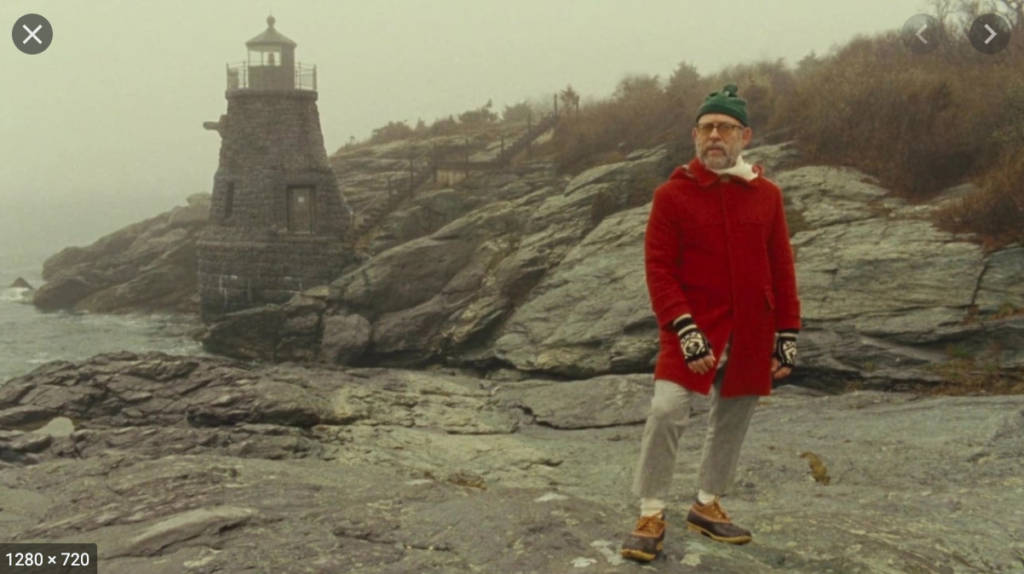
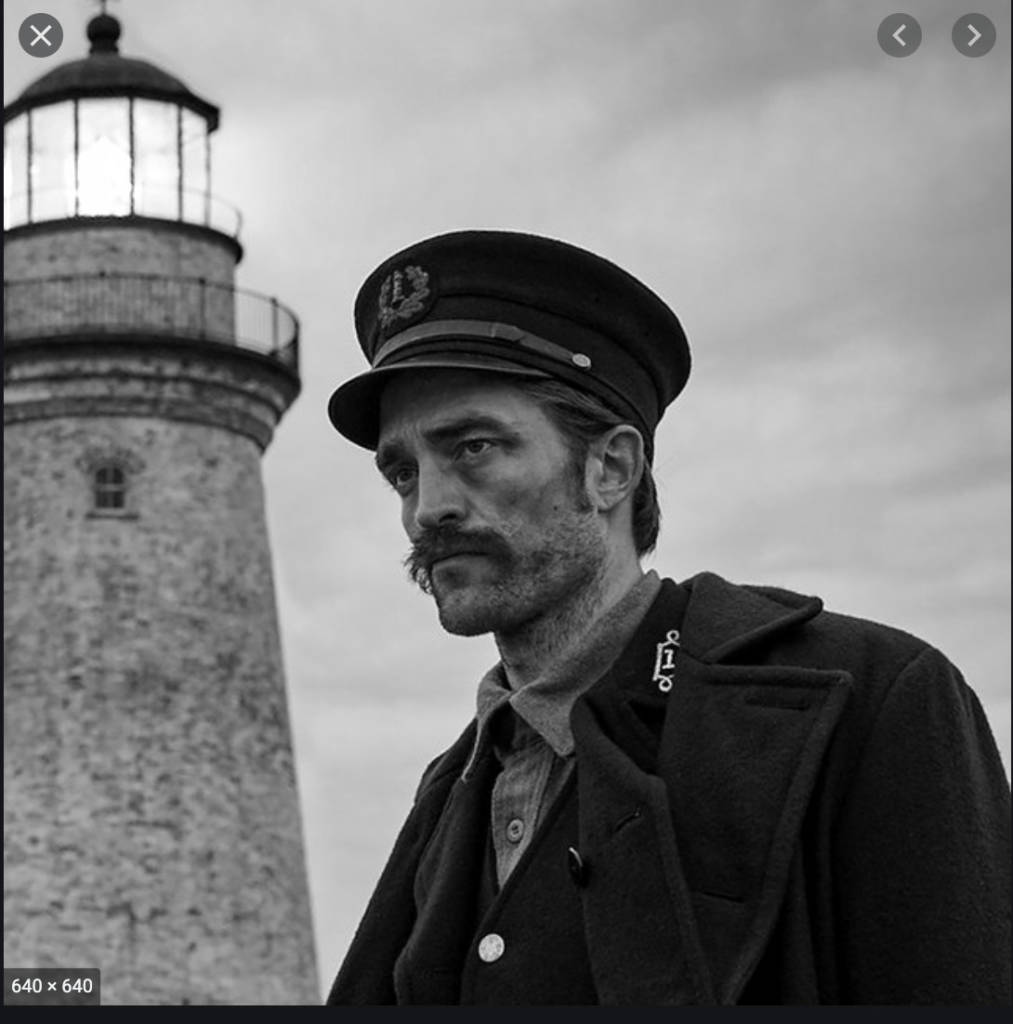
Social Distancing Film Stills
When I was researching Adad Hannah, I was inspired by his painting stills of The Raft of Medusa (St Louis) and A Vulgar Picture based on a series of paintings by William Hogarth. The idea of shifting mediums is key in the works I was focusing on; namely, the painting becoming video performance, and the social distance portraits with photographic elements becoming video performance. I wanted to incorporate this and bend it with my own tastes while still remaining true to Hannah’s style of the still video performance. To do this, I originally asked a few of my friends at Sheridan college if I could take some social distancing portraits of them while they were shooting one of their films, then take the medium of a moving picture (film) and freeze it. Due to the increase in covid cases in Ontario they were no longer able to shoot the film together, so I had to shift my idea. I wanted to stick with altering the medium of film and the unique paradox of a tableau film still, while still being a video performance with obvious intriguing movement from the elements of wind, water, birds, human balance. I carefully selected two films with opposing genres and styles of cinematography that I was able to use on location, the pier. By using the same location for the two stills, I am speaking to our situation in the world right now, we are all in the same physical place we were a year ago, but the angle has changed and we are looking back to the world before the pandemic, which feels very juxtaposed compared to the way we live now. It’s up to the interpreter whether or not the darkness was before or after the pandemic, or perhaps it is a combination of both.
[embedyt] https://www.youtube.com/watch?v=elgMAMEAH5U[/embedyt]Still #1 | inspired by Wes Anderson’s Moonrise Kingdom
[embedyt] https://www.youtube.com/watch?v=Q6M4LqT_jZA[/embedyt]Still #2 | inspired by Robert Egger’s The Lighthouse
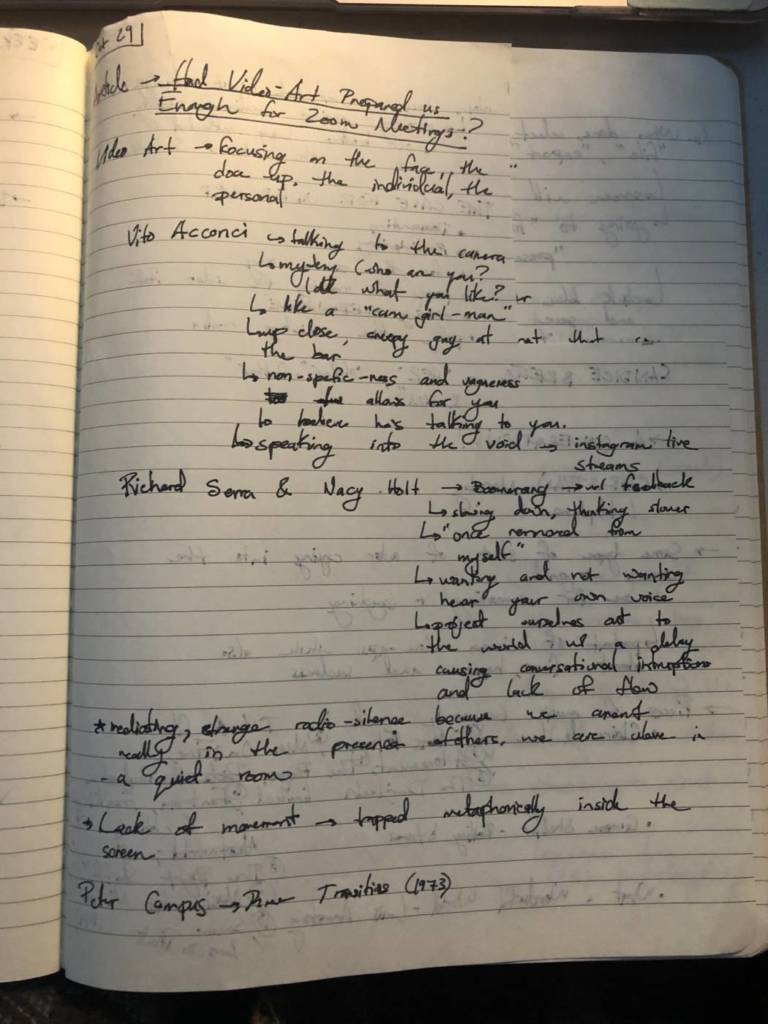
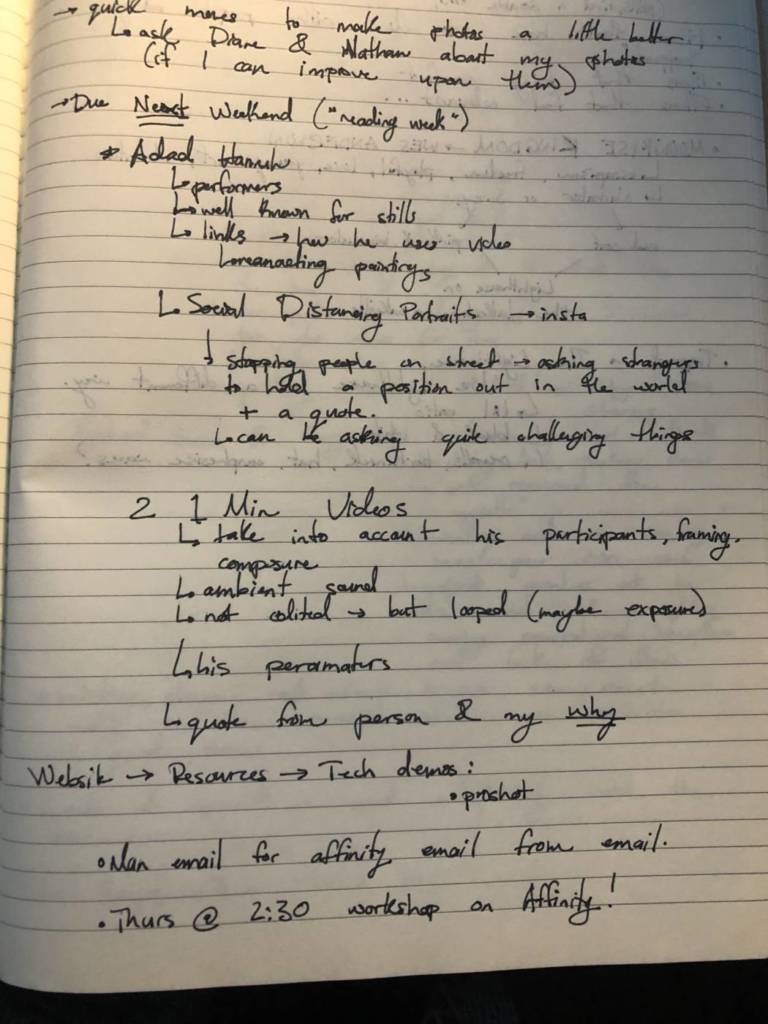

Notes Week 1
WRITTEN RESPONSE
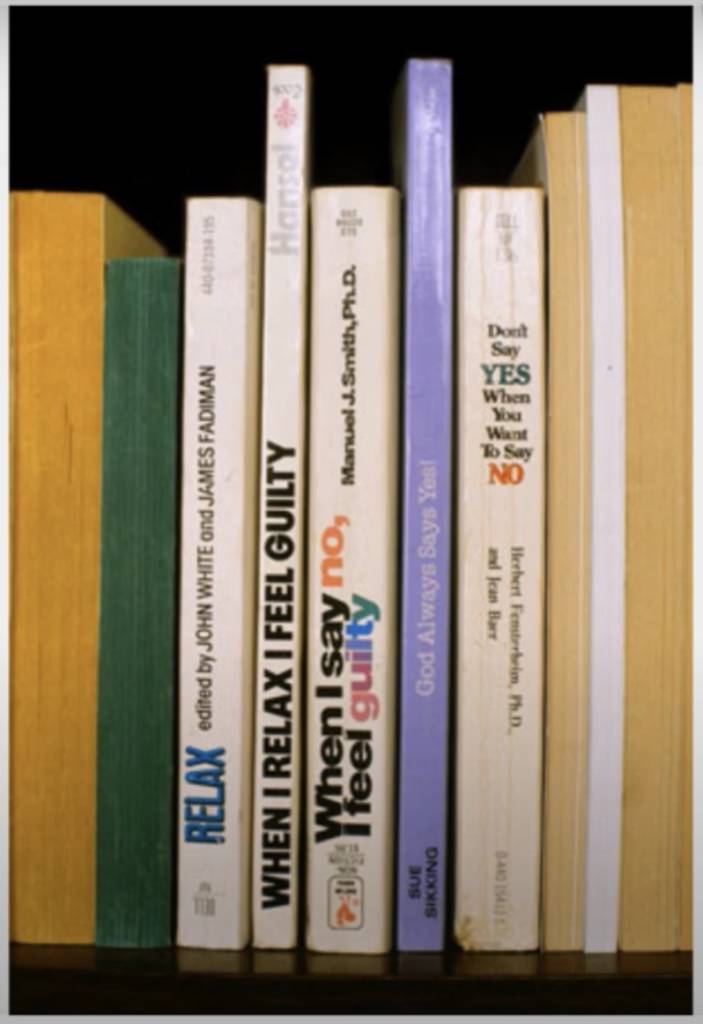
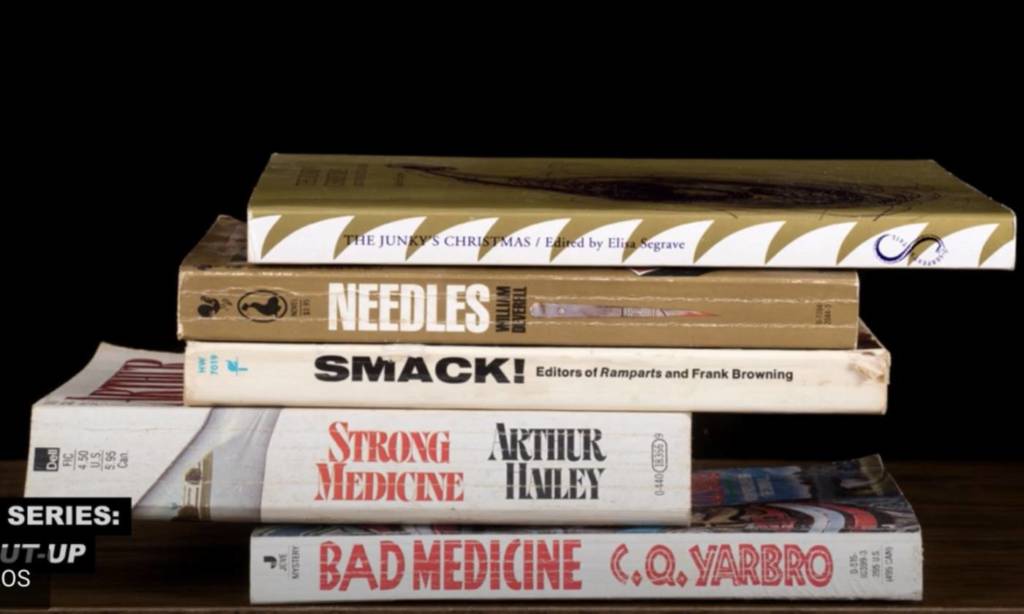
Nina Katchadourian used multiple techniques to select books for her books
- Going in blind and objectively, getting to know the person through their books
- Looking at every book in the “getting to know you phase” and listing repetitive and interesting titles
- Categorize the titles that jump out
- Testing out different combinations with Q cards and finally going to the books and taking into account their mass and sculptural quality
The book stack “RELAX”
- The layout is very compelling, the spines are framed by a yellowish border, with the one green book and the purple spine emphasis good the colour in the word “guilty”
- The composition of colours is truly purposeful and carries your eye to the important words (“relax”, “no”, “guilty”, “yes”) and the book with the simple, dainty type is like a faint voice in the story of the titles or a thought in the back of this person’s mind, a whisper “God Always Says Yes”.
- I believe even apart these books say something about their owner, the repitió of the titles emphasizes this persons possible struggle and internal conflict. The back-and-forthness of the titles is as if the books are fighting with one another and an interesting dialogue reveals itself from within this person’s library and brain
Books Stack “The Junky’s Christmas”
- This assortment of books made me laugh. First off the title “The Junky’s Christmas” is a jarring title and these books truly bring it to life
- without one another these books do not speak all that loud, but together these titles almost read as a comic book, especially with the “SMACK!” Title
- The colours are cohesive and come together well, even thee design of the top book points down encouraging you to keep reading the spines while also mimicking the needle, and book titles turn to red evoking the look of blood dripping down the stack.
- These books tell a different story about the owner than the “relax” stack of self-help books an the story of an internal struggle. I do not believe these books point to the owner as being a junky.
- It is fascinating to me that simply arranging a person’s library can tell such stories and create these narratives, truthful or not, the care and purpose put into these stacks is admirable
Book Assortments from My Family Library
Notes Week 2
Text as Art Written Response
After watching the lecture on text as art, two pieces grabbed my attention for very different reasons (1) Fruit and Other Things by Lenka Clayton and John Rubin, and (2) Jenny Holzer’s Truisms.
In Clayton and Rubin’s piece there was an underlying melancholia and sombreness that is provoked in this exhibition. They carefully write out the title of the rejected painting and display it alphabetically and then give them away. What caught my attention of this work was the very mechanical systematic production of these pieces; from archival records, in alphabetical order, all in the same size, colour and font. But with this systematic nature there is also something beautifully poetic and calming about their choice of medium; the display room is plain, simple, not overpowering or demanding, it’s almost meditative. The works read together in a completely new context, they are no longer categorized by their era, or artist, or genre. These are the mediums that failed the original artist, and now all that exists of their work is the titles, the titles hold a paradox of failure and success not the original material.
In contrast, Holzer’s Truisms were made for contemplation and questioning, they are blunt, political and hilarious. The broad and loud medium of her truisms is “in your face” and anything but calm and sweet. Her statements have found themselves on billboards, subway posters, t-shirts and hats, LED signs and more, they are more of a public forum in that they are not there to be appreciated they are there to start conversations, make people ask questions and consider their own views. Since they are prominent in public spaces they are likely to be seen by many more people, and people from different walks of life, and when you get all types of people talking, sharing perspectives and listening to one another, you can start to chip away at ignorance.
Notes Week 3
until our eyes bleed
‘Until our eyes bleed’ is a relatively horrific statement, and its imagery lends itself to this time of intense technology use. The feeling this phrase gave me was a trapped uneasy one, in which we have a growing dependency on our screens. Our lives can entirely become defined by pixels (zoom. FaceTime, social media, online shopping, streaming services) if we are not self-aware, and carve out time to unplug. I used the plain default Apple font Helvetica Neue in red to signify the ‘bleed’, I used wire to string together the letters, and made the sign rather quaint and un-invasive. This is because the spiral of getting sucked in to the internet and being on a screen happens quite naturally for a lot of people, it is gradual. Secondly the viewer is intended to zoom in to get a better idea of what the sign says; zooming in on a screen within your own screen. The banner may not physically be overtop of your screen but the message is still there inside the pixels, encouraging self awareness and the importance of putting down the technology when you can.
Below is a photo of each member of my immediate family on their screen in their work space, on a program they frequently use, I felt the ‘our’ in ‘until our eyes bleed’ lends itself to a collective.
